|
There is so much to do in Rome, one could be hastening around all day every day. Which we were, except Rome at Easter is super crowded. Travel advice: Don't go then unless you love a mass of humanity. We stayed at the Westin Excelsior, on the Via Veneto, a delightful mix of neo-classic and beaux arts design. Below, the lobbies and rooms were both comfortable and beautiful and the service was excellent. Please remember to click on the photos for complete copies. Below, left: The Borghese Gallery; right, a 2nd century copy of Sleeping Hermaphroditus discovered in1781. The original, an ancient marble sculpture found in the early 17th century, which once stood here, is now in the Louvre. Above, left: Apollo and Daphne, a marble sculpture by the Italian artist Gian Lorenzo Bernini (1598-1680), created between 1622 and 1625, and hailed as one of the artistic marvels of the Baroque age. In Ovid's Metamorphosis, the nymph Daphne escaped from Apollo by changing into a laurel tree. At right, a close up of Daphne's foot turning into leaves. Below, two views of Venus Vitrix by Antonio Canova (1757-1822), a renowned Italian neo-classic sculptor, in actuality portraying Pauline Bonaparte Borghese, commissioned by her second husband, Camillo Borghese, 6th Prince of Sulmona. Above left, Pauline Bonaparte (1780-1825) was a sister of Napoleon Bonaparte. A life-seize reclining figure, the portrayal was created in Rome between 1805 and 1808. Above, right, a copy of the statue in the British Embassy in Paris. When the Duke of Wellington acquired L’hôtel de Charost, the British Embassy in Paris, 39 rue du Faubourg Saint-Honoré, in August, 1814, after the first defeat of Napoleon and his exile to Elba, Wellington purchased it indirectly from Pauline Borghese. A replica of the renowned Canova sculpture still stands in the British Embassy. Below, left, the Palazzo Bonaparte in the Piazza Venezia in Rome, one of the homes of Napoleon's mother, Letizia, also known as Madame Mere. We attended both to see the building and the vanGogh exhibition. Right, we were amused to see the replica of Canova's sculpture Napoleon as Mars, the Peacemaker, aka Mars the God of War. (You choose.) Above, left, the replica in Rome's Palazzo Bonaparte. Right, the original, which stands in Apsley House in London. Canova was asked to make a bust of Napoleon in 1802 but chose instead to create this large statue representing Napoleon as Mars, Roman God of War. Napoleon disliked the statue and consigned it to storage. After his eventual defeat, it was acquired by the Prince Regent in 1816 and presented to Wellington. The floor of Wellington's residence at No. 1 London had to be reinforced to hold the weighty marble statue which stands over ten feet tall. Below, a pair of the vanGogh (1853-1890) paintings in the exhibition from the Kroller-Muller Museum in The Netherlands. At left, Flowers in a Blue Vase, 1887; at right, Garden in Saint-Remy, 1889. Below left, the view of Rome from the Capitoline Hill. Right, the Capitoline Venus. Above, left and right, The Capitoline Venus: From the Text Panel: "The statue, slightly larger than life size, was found sometime between 1667 and 1670 near the basilica of San Vitale and given to the Capitoline Museums by Pope Benedict XIV in 1752. The Goddess is nude, portrayed in a sensual but modest gesture, her arms attempting to hide the harmonious shapes of her body from the viewer’s sight. The objects at her feet, her nudity, and the arrangement of her hair indicate that she she is bathing. The statue is a variant of the Aphrodite sculpted by Praxiteles in the fourth century B.C. for the goddess’s shrine at Cnidus Turkey...The number of known replicas and variants of this work attest to its success in the Roman world. The high value ascribed to this statue is borne out by the fact that it was discovered hidden in a walled up space, where its owner hoped to save it from some impending danger." The Capitoline Venus was one of many ancient Roman treasures taken by Napoleon and installed in the Louvre in Paris. It was returned to the Palazzo Nuovo on the Campidoglio in 1816. About fifty copies exist, most in museums, but also as garden sculptures. Piazza Navona... Arrivederci, Roma!
On a recent Cruise from Miami, Florida, to Rome, Italy, Kristine Hughes and I visited Bermuda, my very first time though one of many jaunts there for KH. Our ship docked at the Royal Naval Dockyards (RND), a complex now developed into museums, a dolphin activity, shops, and many colorful restaurants. We headed straight to the museum. Bermuda is a collection of islands in the Atlantic Ocean, 650 miles east of Cape Hatteras, North Carolina. A British territory with local self-government, Bermuda has a subtropical climate and today is a tourist and resort magnet. When we were in port, there were three large cruise shops docked. The English settlers arrived in the early 17th C., about 1612, establishing a maritime economy which remains today. After the American Revolution, the island became a major base for His Majesty's Navy and remained so until the mid 20th C. Above, deep within the thick stone walls, text panels told the history of the fort and naval dockyard over several centuries. Below. left, the Commissioner's House, built in 1820; right, uniform and regimental drums on exhibit. Two of Jane Austen's brothers were officers in the Royal Navy, and long after her death in 1817, both were promoted to the rank of Admiral. Below, right, Sir Francis Austen (1774-1865) fifth of the six Austen brothers, and, left, Sir Charles Austen (1779-1852), the sixth, spent their careers serving around the globe. Frances (Fanny) FitzWilliams Palmer Austen (1789–1814) is the subject of Jane Austen's Transatlantic Sister, based on her papers, by Sheila Johnson Kindred. Fanny, above right, met Captain Charles Austen, Jane Austen’s youngest brother, in her home in Bermuda when Charles served as a naval officer in the West Indies. The youngest daughter of the Attorney General of Bermuda, Fanny was born in Bermuda and married Charles in May, 1807. Their first child, Cassy, was born in December 1808. Between 1809 and 1812, Fanny sailed in his ships between Bermuda and Halifax, Nova Scotia, five times. She and her daughters lived on the HMS Namur off the Kent coast from 1812-14. After just seven years of marriage, Fanny died there, after the birth of their fourth daughter; the child died at three weeks of age. Sheila Johnson Kindred based her book on letters which chart "how Fanny was a source of naval knowledge for Jane, and how she was an inspiration for Austen's literary invention, especially for the female naval characters in Persuasion. Although she died young, Fanny's story is a compelling record of female naval life that contributes significantly to our limited knowledge of women's roles in the Napoleonic Wars." Sheila Kindred was born in Ontario, and lives in Halifax, Nova Scotia. She taught philosophy at Saint Mary's University, Halifax. The book is published by McGill-Queen’s University Press, 2017. You can follow Sheila's blogs on Jane Austen's Naval World at https://sheilajohnsonkindred.com/news Audible version of Least Likely Lovers will be available any day now. Narrated by the excellent voice artist June DeBorahae, you can find it via Amazon and Audible soon.
I recently returned from a great trip and many wonderful adventures. Here's how we started... March 22, 2023 Above, the Riviera, an Oceania vessel headed from Miami to Italy via ports in Bermuda, the Azores, Madeira, Portugal, Spain, Monaco, & Italy. Below, left, Kristine Hughes and I toured the Bermuda Museum housed in an 18th C. fort, part of the Royal Naval Dockyard. More about this soon. Right, the Commissioner's House in the fort. Though I have crossed the Atlantic by ship several times, this was the first time I stopped in the Azores and Madeira, islands that belong to Portugal but are located far away. The Atlantic is 4478 miles from Miami to Lisbon. The Azores are a Portuguese archipelago about 930 miles west of Lisbon; Madeira is 434 miles west of Morocco and 528 miles southwest of Portugal. Below left, Riviera. Right, some of the famous flowers of Madeira. Above, the beautiful harbor in Monte Carlo, Monaco. Among our wanderings there, we enjoyed Princesse Grace Roserie, a memorial in flowers, just beginning to bloom. Hundreds of varieties honor the beloved late wife of former ruler, Prince Rainier III, and mother of the present ruler, Prince Albert II, the former U.S. film star, Grace Kelly (1929-1982). They claim more than 4,000 Rose bushes are planted here. When we reached Civitavecchia, Italy, we were ready to stay on dry land for a while. We spent a few days in Rome revisiting places I last saw eons ago, before I was married. But whatever possessed us to travel to Rome on Easter weekend? The crowds were unbelievable. Below, left, Trajan's Forum, and right, a view across Rome. Above left, Rome's Villa Borghese; right, sculpture of Venus Victrix (Paolina Bonaparte Borghese) by Antonio Canova (1757-1822). I loved Florence on past trips, but I am not sure I sufficiently appreciated Signore Botticelli, for example. However, this year, since every teen-ager in Europe seemed to be in town while we were touring, it was dicey to see much of anything!! Below, left, the Ponte Vecchio over the Arno River, from our Room with a View. Right, view of Firenze from the Piazza Michelangelo. Middle Row; Michelangelo's David, actually a copy of the original which is protected from the elements inside the Accademia. Right, a statue of Dante Alighieri stands in the Piazza Santa Croce. Above, Left in The Uffizi: Left: Annunciation by Leonardo da Vinci 1472-76; Right, Primavera by Sandro Botticelli, c. 1480. Escaping from the crowds, we stayed for several relaxing days in Menaggio on Lago di Como, very much a kind of paradise itself, but not quite what Dante had in mind. Below, left, the lake from our balcony; right, dining al fresco overlooking the view. Above, the Quelez Palace outside Lisbon from the garden; the Throne room, where the Convention of Sintra was signed in 1808. Below, our cruise on the Douro River from Oporto east to the Spanish border and back, passing gorgeous scenery of alternating olive groves and vineyards. I will soon make a few observations on the British in the Peninsular War in Portugal, 1807-1814. Watch this space. Readers of this blog will not be surprised to learn that from Oporto, we flew to London. It was April 28 and the the city was gearing up for the Coronation of King Charles III. Since we had been caught up in the crowds after the death of Queen Elizabeth II, we decided to leave the city before the big day. We booked ourselves into the lovely Hartwell House Hotel in Buckinghamshire, from which we could watch the Coronation and visit two more excellent National Trust locations, Stowe Landscape Garden and Waddesdon Manor. In the coming weeks, I will report in detail about a few of our adventures. Please stay tuned. And watch for the interruption when the Audible copy of Least Likely Lovers, narrated by June de Borahae, is released soon.
Traveling with Kristine Hughes, Author of Waterloo Witnesses and an eager student of the life of Arthur Wellesley, 1st Duke of Wellington (1769-1852), the honored general is never far from our thoughts. Was Artie (we are all good pals) here, we ask? We found many connections in Portugal, where he led the British Army during the Peninsular War (1807-1814) against the French invaders. Please remember to click on the photos for complete versions. Below, Row 1, left, Arthur Wellesley, later the 1st Duke of Wellington portrayed by Sir Thomas Lawrence; right, obelisk at the park commemorating the Battle of Vimiero, August, 1808. Row 2, Portuguese blue tile plaques illustrating battles scenes. Above, left, the landing site near Vimiero for the British troops; right the tile portraying the landing. The Vimiero shots were taken on a previous trip I made to the site. The early phase of the Peninsular War ended after Vimiero in August, 1808. A British expeditionary force, joined with Portuguese troops, under the leadership of Lieutenant-General Sir Arthur Wellesley had defeated French forces commanded by General Junot. Instead of pursuing and re-engaging the French as Wellesley wanted to do, a pair of senior generals, who had arrived during the fighting, insisted on negotiations for peace. The Convention of Cintra was agreed August 30 requiring the British Navy to transport the French Army back to France, thus freeing Portugal, a situation which lasted only a few months. The Convention was signed at the Palace in the room below. Though Wellesley at first refused to sign, eventually he did so. However when the news reached London, the War Office and most of Parliament objected. All three generals were recalled and subjected to an official inquiry. The National Palace of Queluz was begun in the 17th C. near Lisbon. After being vindicated by the London proceedings, Sir Arthur returned to command the Allied British and Portuguese troops once more, arriving in Lisbon in April, 1809. On May 12, he directed a daring daytime crossing of the Douro River, defeating Marshal Soult's French troops in what is known as the Second Battle of Oporto. Wellington's headquarters were at The Serra Convent high on a bluff overlooking Oporto from the south side of the Douro River. British guns located nearby fired directly on French troops on the northern river shore. Below left and right, the Monastery of Serra do Pilar, now a UNESCO World Heritage Site, begun in 1538 by the Order of St. Augustine. Middle row, left, Today's view of the River Douro and Oporto from Serra; right, reproduction of traditional Douro River craft. Above left, British medal commemorating the Battle of the Douro, featuring Wellington's distinctive profile; right, the reverse side.
A tour of Peninsular War sites will be led by Kristine Hughes and military historian and author Gareth Glover in May, 2024. For more Information, click the link. http://numberonelondontours.com/peninsular-war-tour/ Just outside London, Marble Hill House has long been a goal of mine, and I finally visited on my last day in England in September 2022. It was built 1724-29 for Henrietta Howard, Countess of Suffolk, a woman admired for her wit and understanding as well as her charm and beauty. Below, the South Front, facing the Thames across the garden. The house in Twickenham is now cared for by English Heritage and its grounds, sloping down to the Thames, are partially dedicated to public parkland and playing grounds. A seven-year renovation project completed in 2022, with the help of the Heritage Lottery Fund. Below, portrait of Henrietta Hobart Howard, (1689-1767), who built Marble Hill House reportedly with the funds she received as a settlement after her long liaison with George, Prince of Wales, later King George II. Orphaned at age 12, she was the ward of Henry Howard, 5th Earl of Suffolk. She married his youngest son Charles in 1706, who mistreated her, probably causing her partial deafness by the time she reached the age of thirty. Their only child, Henry, eventually became the 10th Earl of Suffolk, succeeding his father. While Henrietta was the mistress of George, Prince of Wales, she was also Lady of the Bedchamber to his wife, Caroline, a relationship that varied from friendship to aversion. She was painted by Charles Jervas in 1724, below. Above, the portrait of George II (1683-1769) attributed to Swiss artist Barthelemy Du Pan now hangs in Marble Hill House though it never belonged to Henrietta Howard. Right, the painting is above the fireplace beyond the game table on the ground floor. Though she and her husband separated, they did not divorce; therefore, when he inherited his title as the 9th Earl of Suffolk in 1731, she became Countess of Suffolk. After her first husband died in 1733, Henrietta lived at Marble Hill where she entertained many intellectual leaders of the realm, including Alexander Pope (1688-1744); Jonathan Swift (1667-1745); Richard Temple, 1st Viscount Cobham (1675-1744), builder of Stowe in Buckinghamshire; and Horace Walpole (1717-1797), her neighbor at Strawberry Hill, and others. In 1735, she married George Berkeley (?1693-1746), youngest son of the 2nd Earl of Berkeley, who served in the House of Commons and as governor of London's St. Katherine's Hospital. Their eleven years of marriage were happier, a big improvement over her first marital experience. They raised her brother John's children at Marble Hill. In 1763, her granddaughter Henrietta Hotham (1753-1816) came to live with her. Below, two views of the north facade of the house, facing the playing fields and the town. Above, left. the front door, leading toward the view of the Thames. Right, a closer view of the game table with sketches of some of the frequent players. The House is often praised as the perfect Palladian villa, and was very influential in subsequent structures in Britain, the colonies, and the newly-established USA. Below, the Dining Parlor. Henrietta was an admirer of the rage for Chinoserie design. The hand-painted wallpaper in this room, hung in 2006 by English Heritage, was carefully designed and executed by Chinese artists to resemble the description we have of the original, of which there is no trace. Above, left and right, the Breakfast Parlor. The Palladian style, inspired by the designs of Italian Renaissance architect Andrea Palladio (1508-1580), is based on symmetry, careful proportions, and classical influences from Greece and Rome. Palladian ideals dominated British architecture for decades, even centuries. As often seen in these structures, the central room, the Great Hall at Marble Hill, below, is a cube. If I understand the various accounts on the web both before and after the multi-year renovations completed in 2022, the portraits in the Great Room are contemporaries of Henrietta, Countess of Suffolk, brought to Marble Hill for exhibition recently. Originally, the Countess hung other works and five remaining capricci paintings by Giovanni Paolo Pannini. The imaginary Arcadian views of Italy were a very popular style in her time. Below, left, a portrait of King Charles I with Prince Charles, 17th C., after Anthony Van Dyke, acquired for the space in 1965. Right, Elizabeth Compton, Countess of Northampton, by John Vanderbank, c. 1737, brought to Marble Hill in 1965; a Pannini capricccio hangs above the doorway. Above, beneath the three grand windows facing the Thames, one of the marble pier tables is attributed to William Kent. The other, a contemporary recreation is almost identical, with the bird's head turned the other way to preserve their symmetry. Below, left, a lacquer Chinese screen, one of several similar imported objects in Henrietta's collection; right, the now-electrified chandelier. Above, left: the mahogany staircase from the Ground Floor to First Floor (Piano Nobile); right, after Anthony van Dyke; portrait of Queen Henrietta Maria and Sir Jeffrey Hudson, c. 1633. Below, left and right, Red Bedroom, also known as the Damask Room. Above, left, the writing room, also known as the Dressing Room, where Henrietta Howard spent much of her time. Left, I admired the subtle plaid upholstery. The painting is The Letter Writer by artist Philippe Mercier (1689-1760). Below, left, Henrietta Howard's bedchamber. Right, the bedchamber of great niece Henrietta Hotham (c.1750-1816), who lived at Marble Hill House and inherited the property after the death of the Countess of Suffolk in 1767. Above, left, the Great Room. Right, Maria Fitzherbert (1756-1837), 1788, by Sir Joshua Reynolds (1723-92). After Henrietta Howard's death in 1767, Marble Hill was eventually inherited by her great niece Henrietta Hotham. For several years up to 1796, it was the home of another mistress of another Prince of Wales. Mrs. Fitzherbert married the Prince of Wales, later George IV, in 1785 in an illegal ceremony (that is, unapproved by the monarch, George III). Above, left, a stable block now a cafe and offices. Right, graveled area for playing games on the grounds.
For many years, Marble Hill was rented out and fell into disrepair. It was saved by a national drive to preserve the view from Richmond Hill when development threatened. Parliament passed an act in 1902 to preserve the view of the Thames winding among woods and meadows in Surrey. Marble Hill thus became a park and playing fields. Participants in planning The recent renovations included groups of women recovering from abuse and those afflicted by hearing difficulties, to remember the trials Henrietta Howard, Lady Suffolk, endured. This concludes my series of reports on visiting England in September, 2022. More adventures are about to begin. Stay tuned. On my Bucket List: Hartwell House, Buckinghamshire. Where better to begin than in the library? Many of us wouldn't go any farther if we had temporary access to the contents! The quintessential English Stately Home without a doubt, seat of the Cavendish Family, Dukes of Devonshire, Chatsworth has evolved over many centuries. On my most recent visits, I have struggled with the frequent changes in the adornment of the house, for reasons I will attempt to explain. Below left, a few of us from The Beau Monde attending the New York City display of Treasures from Chatsworth in July, 2019; the exhibition, sponsored by Sotheby's, showed artworks from five centuries of collecting by the Cavendish family.. Right, a gigantic reproduction of a bureau leg displaying a tiara, against projected views of Chatsworth lawns. Please remember to click on the photos for complete versions. Above left, a Canaletto view of Venice, c. 1730's; right, a sculpture c. 2017 by Tom Price, of resin, tar, steel and acrylic, purchased by Chatsworth. The more recent acquisitions represent Chatsworth's continuing tradition of supporting contemporary art. Like the examples above, the vast differences seem jarring to me, far from enhancing one's appreciation of either. After World War II, Andrew Cavendish, 11th Duke of Devonshire (1920-2004), and his Duchess, the former Deborah Mitford (1920-2014) worked for many years to renovate and enhance the estate as a national treasure house, family home, artistic legacy, and as a tourist attraction. In addition to balancing all these competing needs and resources, they were devoted to the continuation of the Cavendish family's tradition of collecting contemporary art. Their eldest son, Peregrine Cavendish, aka Stoker, b. 1944, inherited the title in 2004 as 12th Duke of Devonshire. He and his wife also collect art. Below, also from the NYC exhibition, left, portrait of Georgiana, Duchess of Devonshire by Gainsborough, 1785-87; right, Lucien Freud, Woman in White Shirt (Deborah, Duchess of Devonshire), 1957. Which do you prefer? Above, left and right, from the 2019 NYC Exhibition, a computer portrait Laura, 2010, which changes colors constantly. Laura Cavendish is the Countess of Burlington, wife of the present heir, b. 1969. He chose to retain the courtesy title Earl of Burlington rather than becoming known as Marquess of Hartington when his father became duke. As Bill Burlington, he is a professional photographer. Are you with me so far? We should have been well prepared for a wild mixture of art when we approached Chatsworth in September 2022. Their summer collaboration with the event in Nevada known as Burning Man festival had been well publicized, however odd a partnership it seemed. Below, from the car park, one could see the sculpture Wings of Glory by Adrian Landon (See it in motion on youtube: https://www.youtube.com/watch?v=Lhr3snYMRzY At right, part of a collection of 100 metal crow sculptures Murder Inc. by Charles Gadeken. Above, left, the crows also gathered around the permanent sculpture of the boar, a copy of Il Porcellino (remember the one we saw at Castle Howard?). Right, an amusing Victorian acquisition, by British painter Edwin Landseer (1802-1873, Laying Down the Law. Many of the artworks have a tongue-in-cheek quality. The 2022 exhibition was titled Radical Horizons, and though some of it was appealing in my opinion, other installations spoiled their surroundings instead of enhancing the rooms. For example, the gilded statue Exquisite Pain, St. Bartholomew by Damian Hirst (b. 1965), 2006, stands in a two-story alabaster altar by Caius Gabriel Cibber (1630-1700), once in a 17th C. court chapel. Before it, the oblong object by Tom Price. To me it just looks like a bench. Above, left and right, various contemporary objects placed in Chatsworth's State Rooms. Do they help or hurt? After spending a considerable amount of my visit trying to appreciate the juxtaposition of the new and old works, I decided to concentrate on some old favorites remembered from former visits to Chatsworth. Though I approve in principle of the Cavendish interest in more modern art, I have to admit most of the newer items do not appeal to my taste. Here are a few of my favorite Chatsworth snaps. Below, left, a colossal foot, a marble fragment from ancient Greece. Right, the figure of the goddess Sekhmet from ancient Egypt. Above, left, a Renaissance-era portrait, c. 1500, possibly of Girolamo Casio by Giovanni Antonio Boltraffio, d. 1516. It also has been attributed to Leonardo da Vinci and others. Right, in marble, A Veiled Vestal Virgin, 1846-47, by Raffaello Monti (1818-1881). Below, my absolute favorite: a trompe d'oeil violin on a peg in the State Music Room. You would swear it was a three-dimensional violin not a flat painting, the work of Dutch artist Jan van der Vaardt, c. 1723. It was moved from its original position in Devonshire House, London, before the house on Piccadilly was demolished in 1924. Above left, a triple portrait by John Singer Sargent (1856–1925), oil on canvas, 1902. The subjects are the Acheson Sisters, granddaughters of Louise, Duchess of Devonshire, by her first marriage to the 7th Duke of Manchester. Louise Cavendish, (1832-1911) wife of Spencer Cavendish, 8th Duke of Devonshire (1833-1908), was thus known as the double duchess; she served as Mistress of the Robes to Queen Victoria. Right, from the sculpture gallery, Ganymede and the Eagle, 1823, by Adamo Tadolini (1788-1863). In poetry, Ganymede was the ideally beautiful youth captured by Zeus. Below, left, The Cascade dates from 1696, named as England's best water feature in 2004, a mere 300+ years later. Right, The Emperor Fountain, 1843, built for a visit in 1844 from the Russian Tsar which never occurred. Nevertheless it is beautiful sight. Above left, a bounteous display of white Autumn blooms under the birch tree. I suspect they are a form of violas, but I am not sure. Right, Flora’s Temple was built between 1693 and 1695 in a different position on the estate. The graceful statue of Flora is by Danish sculptor Caius Gabriel Cibber (1630-1700). 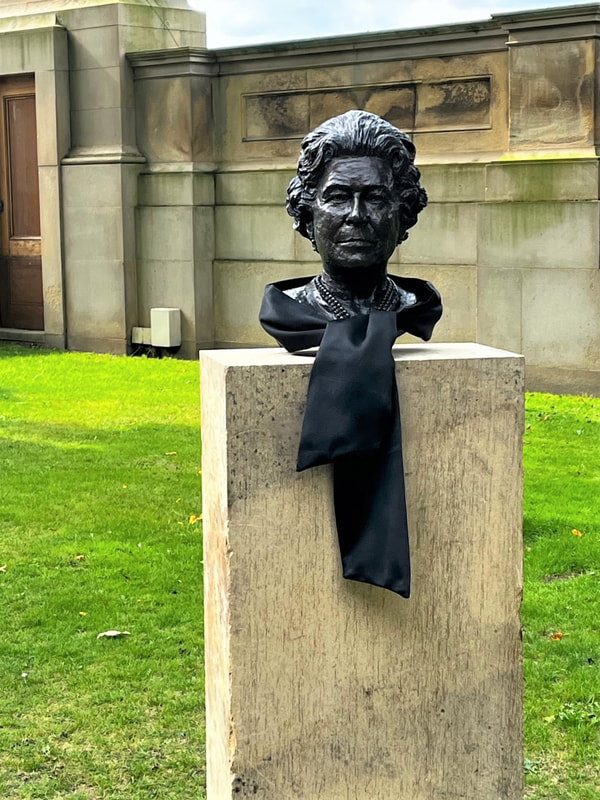 RIP, Elizabeth II, 1926-2022 Great Britain's longest reigning monarch, 1952-2022 September 22, 2022, Chatsworth Castle Howard was designed by John Vanbrugh (1664-1726), who was a dramatist and stage designer in the Restoration Era. He collaborated with architect Nicholas Hawksmoor (1661-1736) on projects including Castle Howard and Blenheim Palace, creating an architectural sub-genre, English Baroque. Beginning in 1699, design and construction continued for about 25 years, though the final wing was not added until 1811. Below, the lordly gates, promising a spectacle beyond. The bountiful gardens are a suitable introduction to the main event. Above, as one wanders in the garden, you see glimpses of the high dome that crowns the house, and eventually the entire opulent structure comes into view. Below, left, the familiar sculpture of a boar, often seen around the world (we'll see another at Chatsworth soon) is a copy of the bronze Il Porcellino (the Piglet) fountain in Florence, Italy, which in turn is based on an ancient Greek original. Below, right, the view across the Atlas Fountain to the horizon. Please remember to click on the pictures for complete versions. Personally, I fell in love with Castle Howard when I watched the 1981 television series Brideshead Revisited, based on the novel by Evelyn Waugh. Jeremy Irons (as Charles Ryder) and Anthony Andrews (as Sebastian Flyte) captured my admiration, as did other members of the stellar cast. The story has also been a feature film and another tv series. The house serves as a setting for many other filmed dramas including The Buccaneers, Death Comes to Pemberley, Victoria, and Bridgerton. Fees for its use have been used to restore many parts of the estate. Below, the halls and passages of the house are also galleries for the family's collection of ancient artifacts and more modern sculptures. Left, ancient copy of the head of Hermes; and right, William Cavendish, 6th Duke of Devonshire (1790-1858), brother of Lady Georgiana Howard, Countess of Carlisle (1783-1858). Above left, Lion attacking a Bull, one of a marble pair, 1st century AD; right, passageway with antique busts. Below, the Great Hall. Left, the fireplace surround of scagliola, and right, facing it, the alcove with statue of Bacchus. The Italian workman in 1711-12 used a plaster-and-marble blend, an early version of the technique used frequently in succeeding decorative schemes in England. Above, the underside of the dome over the Great Hall, 52-feet above the floor. This is a reproduction of the original by Antonio Pellegrini of The Fall of Phaeton, completed in 1712. In 1940, while Castle Howard was in wartime use as a girl's school, a fire destroyed much of the house including the Great Hall and Dome. The present version was created by Scott Medd in 1961-62. Below, left, the garden hall, rebuilt after the fire, with painted scenes of Castle Howard's follies and outbuildings, most of which were created by Vanbrugh and Hawksmoor; right, the New Library. Above, left, the Music Room. Right, the Dining Room with many landscapes including Harbor Basin of San Marco, Venice, by Bernardo Bellotto (1722-1780), nephew and student of Canaletto. Below, another view of the Music Room; right, the Turquoise Drawing Room. Above, left, portrait of Lady Mary Howard, daughter of the 6th Earl of Carlisle, 1828, by artist John Jackson; right, the grand Palladian window in the Museum Room. Below, left, also in the Museum Room, another perfectly proportioned window and velvet ropes shelter a tall Delft Tulip Vase on a William Kent table of about 1735. Right, a room exhibiting costumes from various dramas filmed at Castle Howard. Above, two views of the Long Gallery, not completed until 1810. At 166 feet, it's said to be the longest gallery in an English house. Below, left, the great lake, and right, a distant view of Hawksmoor's Pyramid, one of the many quirky outbuildings on the estate. Next, touring Chatsworth.
Austere elegance describes the Palladian facades of Harewood House in West Yorkshire; the upper two versions, from the drive facing north; the lower two are the south façade, from the terrace. Please click on the pictures for full-size versions. BTW, we were told by a docent at the house that its name is pronounced HAIR-wood. As on my first visit over a dozen years ago, the massive alabaster sculpture of Adam by Jacob Epstein (1880-1959) under the elegant ceiling of Robert Adam's Hall is rather a shock, a dramatic contrast of styles separated by nearly two centuries. Above left, bust of Princess Mary, Countess of Harewood (1897-1965), grandmother of the present 8th Earl of Harewood. She was Princess Royal, the only daughter of King George V and Queen Mary, and aunt of the late Queen Elizabeth II. The Old Library is shown at above right. Below, left, Princess Mary's Dressing Room; right, the East Bedroom. Above left, a view of the hand-painted Chinese wallpaper in the East Bedroom; it had been hung in a different bedchamber by Chippendale's staff in 1769, but the style fell out of favor subsequently. The paper was removed and stored for almost two centuries. It was rehung when the East bedroom was renovated in 2007-08. Above right, a Chinese-style cabinet from Chippendale's workshop. Below, left, a map of the Caribbean Sea, from which the sugar plantations owned by the Lascelles family provided the funds for building and maintaining the estate in Yorkshire through the labor of enslaved Africans. At right, a portrait of Dr. Arthur France MBE, a leader of the Caribbean community in nearby Leeds, by artist Ashley Karrel. Born on the island of Nevis, Dr. France celebrated fifty years of the Leeds West Indian Carnival, part of efforts to "open up conversations about diversity, representation and ultimately equality in society today." An accompanying exhibit showed colorful costumes and events from the Carnival. Above, left and right, the elaborately draped bed in the State Bedroom, designed by Robert Adam (1728-1792). This room also includes the Chippendale commode, one of his most famous creations. Above it and at the left is a double portrait by Richard Cosway (1742-1821) of Mrs. Scott and her daughter Henrietta, later Duchess of Portland. Above left, the Spanish Library, in which conservation of (right) a portrait of PM Spencer Percival (1762-1812) by artist George Francis Joseph was underway. This room was redecorated in the Victorian era; it formerly was the State Dressing room, now named after its tooled Spanish leather fittings. Below, the Library, transformed by the Victorians from the former Saloon, retained its Adam ceilings, as seen below. As usual in these libraries, our temptation to hide and stay behind for a night of stealthy reading was hard to overcome. Above, my images of the Library, which is said to be the central living area of the house for family gatherings. Below, left, each room has a tablet on hand to explain the furnishings and décor. Right, Among the most admired creations of the Chippendale firm are the delicately ornate mirrors. Above left, each ceiling is different and relates to other furnishings, particularly to the design of the rugs. Below, the Cinnamon Drawing Room. Left, my photo. Right, from Harewood's website showing the Sir Joshua Reynolds portrait of the infamous Lady Worsley, in red, who spent part of her childhood at Harewood. The Gallery, also used as a ballroom, is another triumph of the pairing of Robert Adam and Thomas Chippendale (1718-1779). I have often marveled at the windows on which the gathered draperies and all other fittings are carved and painted wood with the exception of the textile fringe. You cannot tell even when as close as it is possible to get. Below, right, a corner of the Music Room. Above, the Dining Room, adorned with family portraits under another brilliant Adam ceiling. Below, a rainy day on the terrace, built in the Victorian era, which contrasts with the Capability Brown landscape beyond. Below, a brief pause in the drizzle allowed us a turn about the sculpture and cyclamen beds in the gardens. Below, on the lower level of the house, we got a glimpse of the servants' world. Dozens of footmen, housemaids, kitchen workers and scullery maids were required to run the house, not to mention to outdoor gardeners and farm/stable workers for the dogs and livestock. Harewood has been the scene for many films and tv series. Interestingly, it plays itself as the home of the Princess Royal and her husband, in the 2019 feature film Downton Abbey. At a ball there, the Princess confides that she has decided to stay with her husband despite a background of marital problems. Whether or not the view of that marriage was strictly fictional in the movie, I do not know, but no mention of strife was ever made at the house itself on either of my visits.
Next, we visit Castle Howard, followed by Chatsworth. The word in February from Lyme Park is the snowdrops are blooming in the gardens. On my recent visit in September, 2022, and my previous visit in September, 2017, displays in the magnificent gardens were colorful and spectacular in the early Autumn. Above, the Palladian (South) façade of the house as seen from the Dutch (sunken) Garden, sometimes called the Italian Garden. Below, left, the hunting tower seen on the drive before you reach the car park, dates from the 16th C., rebuilt in the 18th. It is known as The Cage. The painting on the right is a view from the north in the 17th C. The middle row, left, the North façade as it looks today. A view from the south; The sunken garden is behind the wall. Above, left and right, the South façade, rebuilt in the 18th C. by Giacomo Leoni in a Palladian style with baroque features as well. The estate came to the Leghs of Lyme by marriage in 1388 and remained in the Legh family until it was given to the National Trust in 1946. The house was built in the 16th C. and largely redesigned by Leoni. In the 18th C., architect Lewis Wyatt made further changes, leaving the house as a combination of Elizabethan, neoclassic, baroque and regency styles. Formal gardens were created and developed in the late 19th and early 20th centuries. During World War II, the Royal Air Force used the deer park as a lorry depot. Above, left and right, visiting the sunken garden in 2017. Below, photos from 2022. Immediately to the northeast of the house is the Orangery, added to the house in 1862. Inside is a peaceful sanctuary for quiet contemplation to the tune of tinkling fountains. Elsewhere, below, the verdant lawns and parterres merge into the 1400 acre deer park where, they say, descendants of the original red deer herd from the middle ages still roam, though I didn't see any. Which, I suppose, is why they are still around! Next, Harewood in Yorkshire.
|
Victoria Hinshaw, Author
Archives
July 2024
Categories |

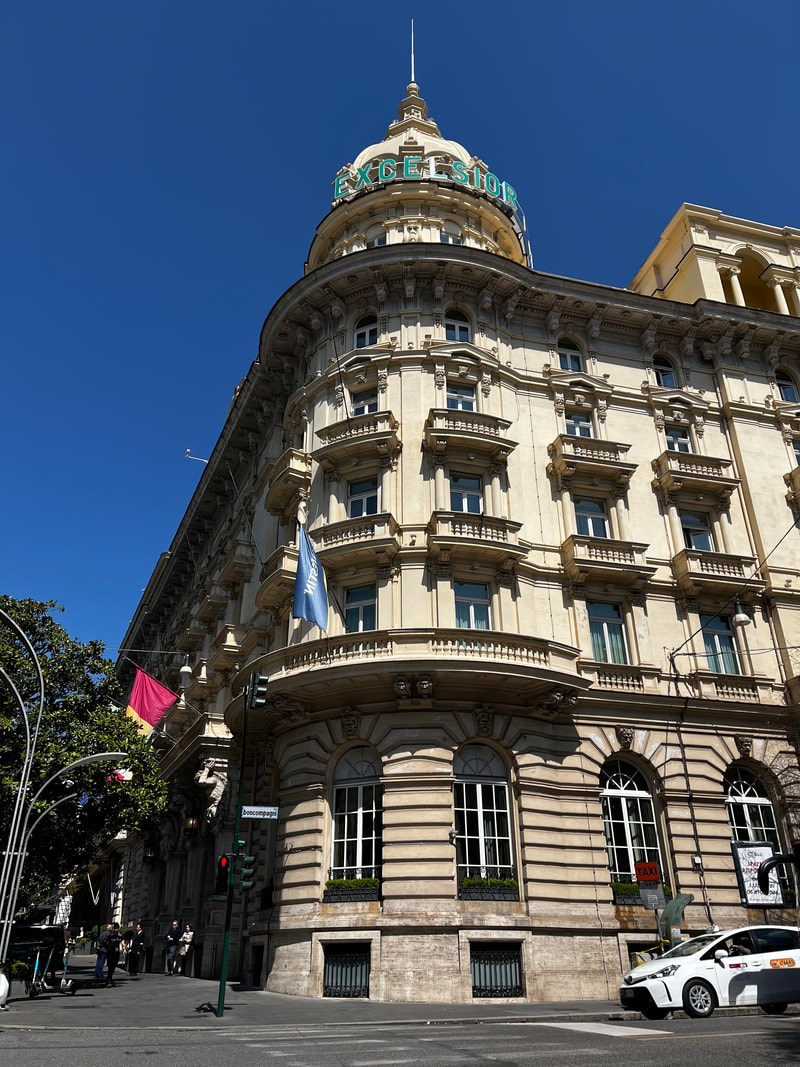
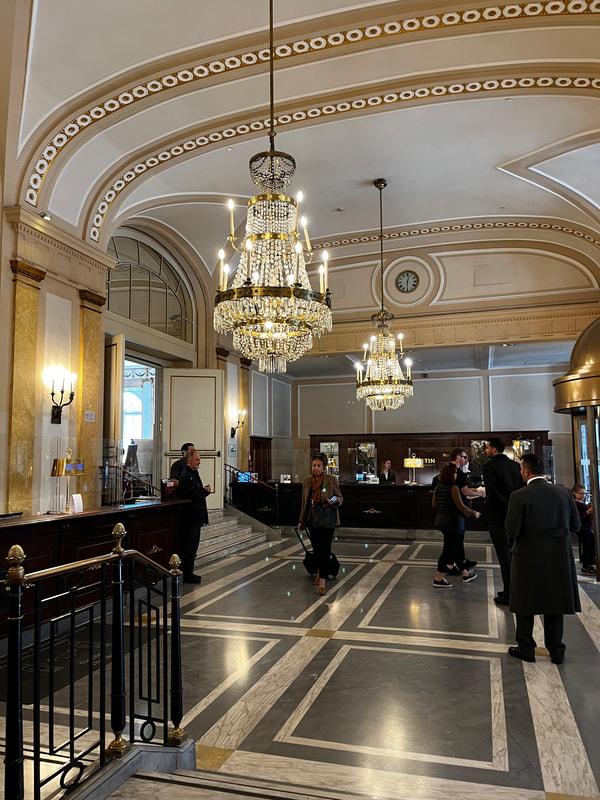
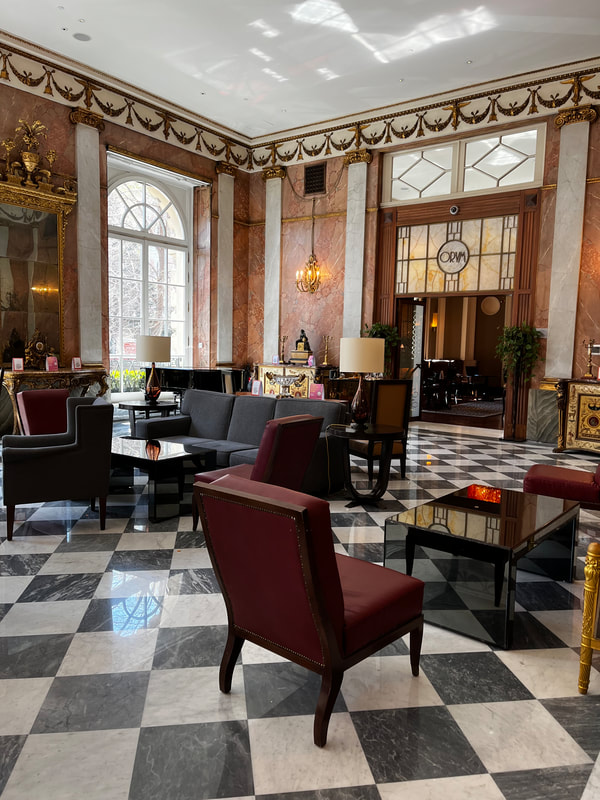
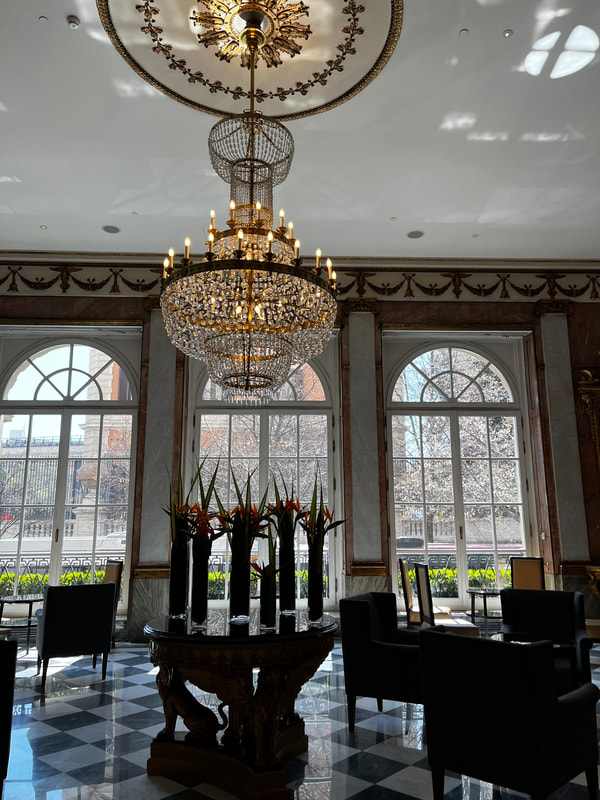
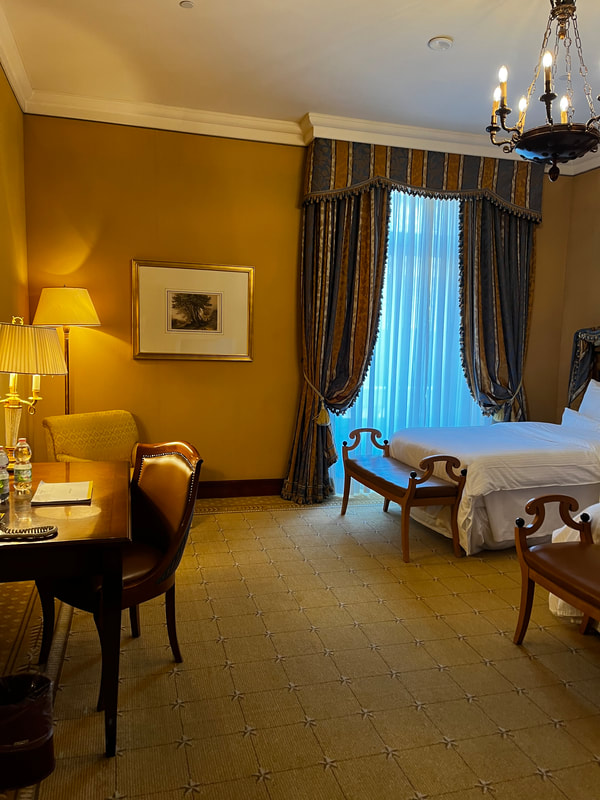
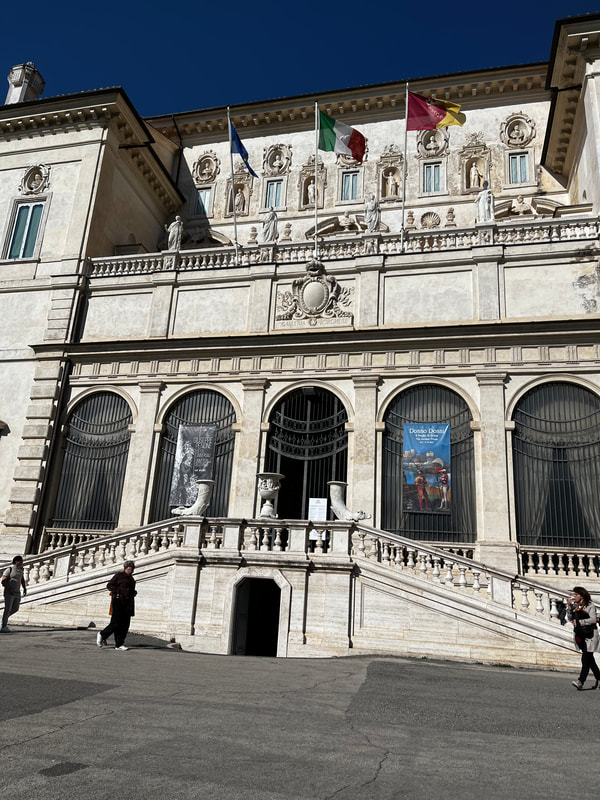
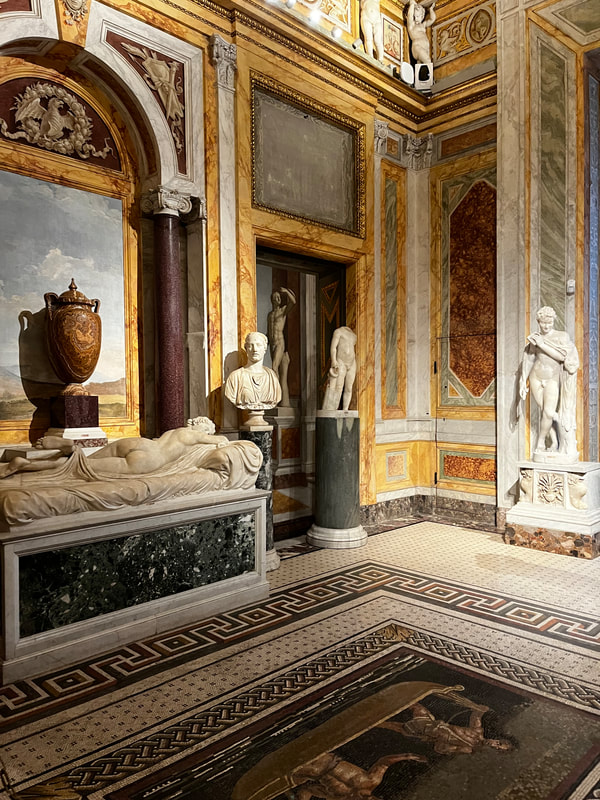
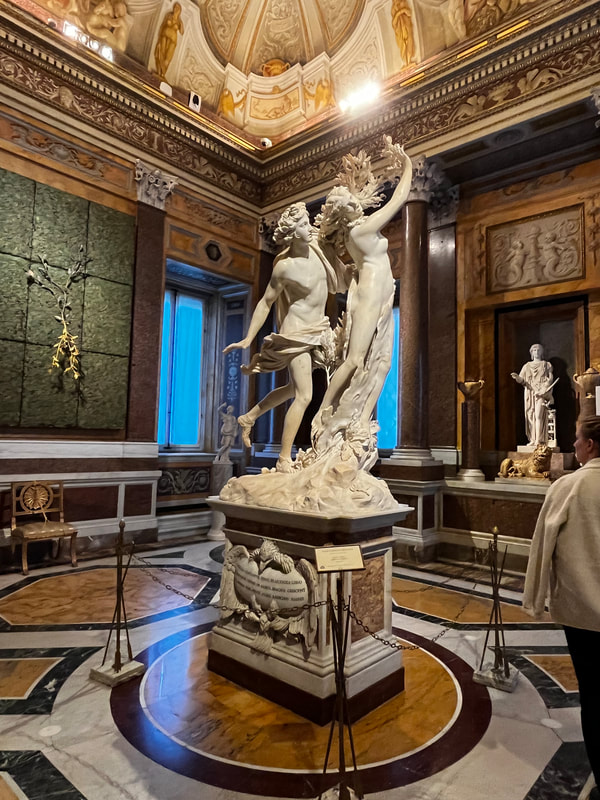
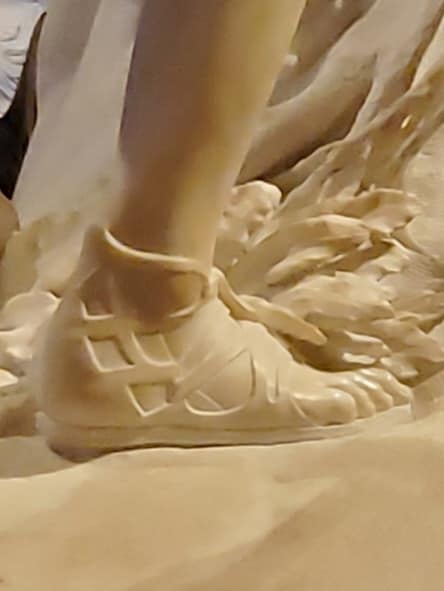
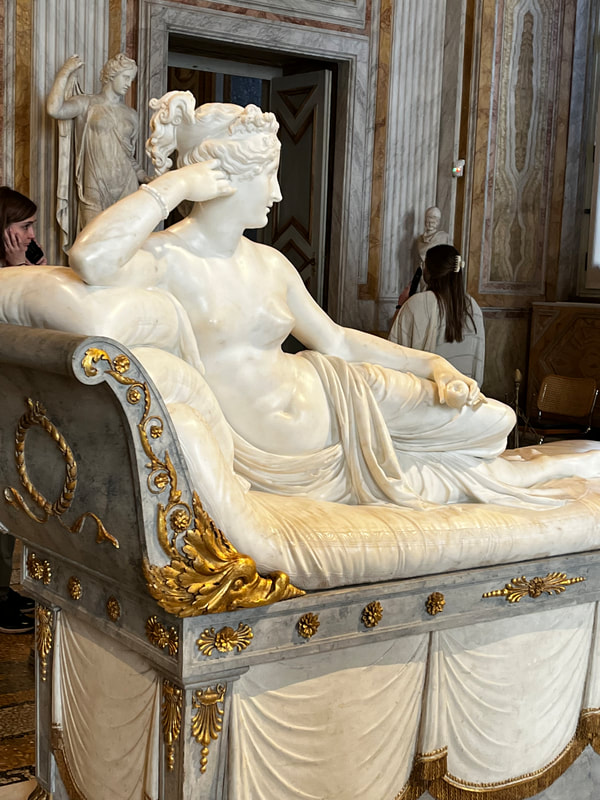
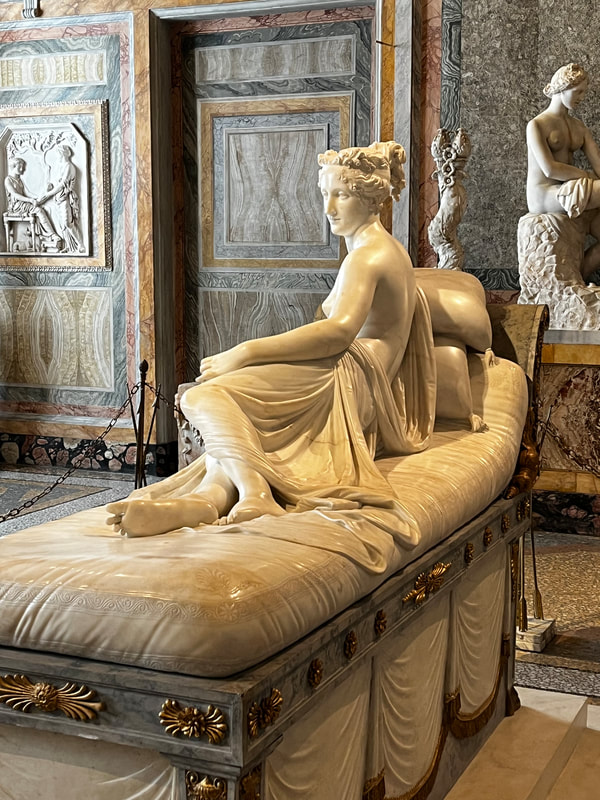

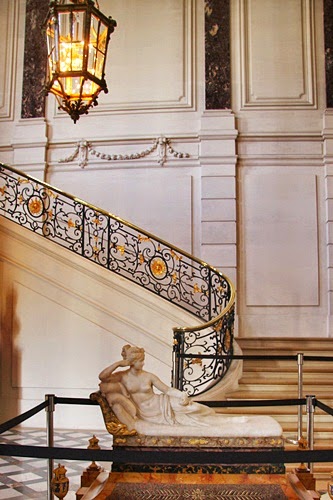
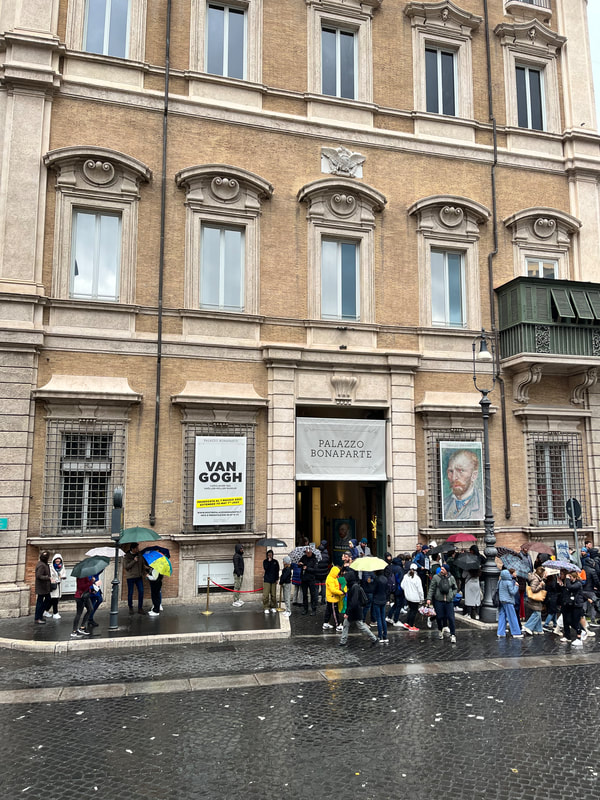
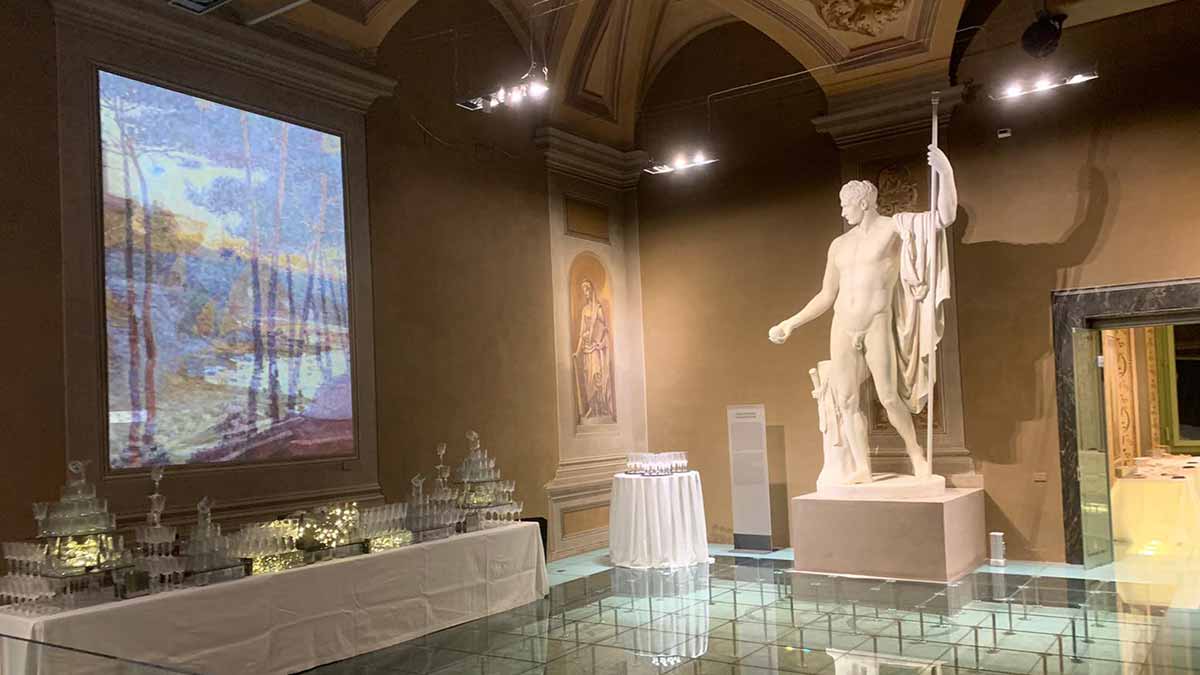
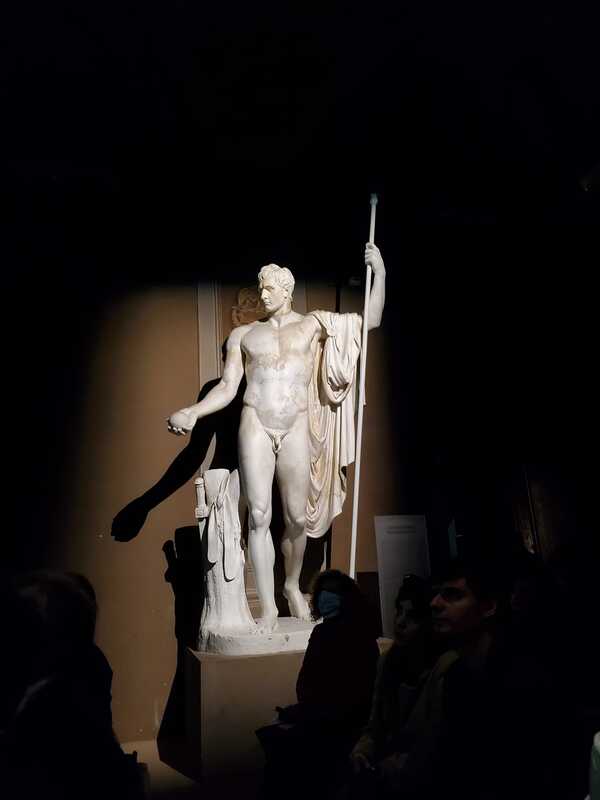
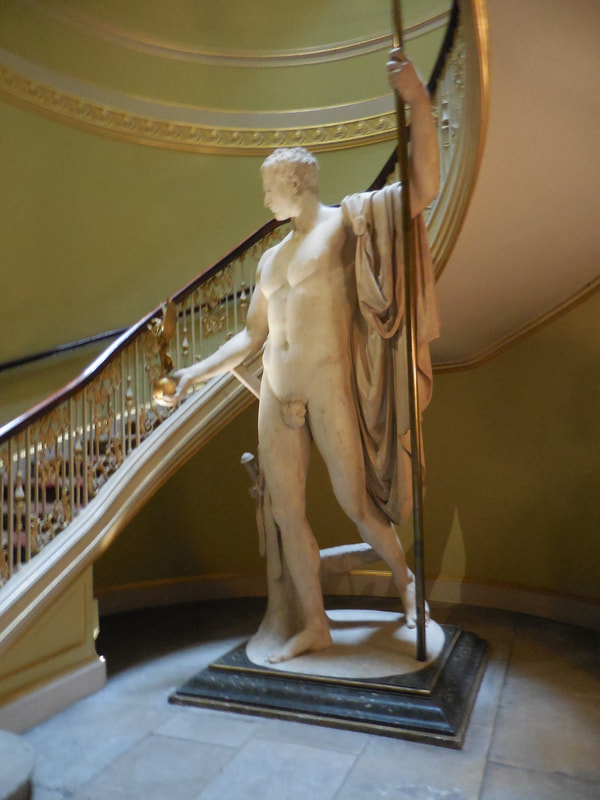
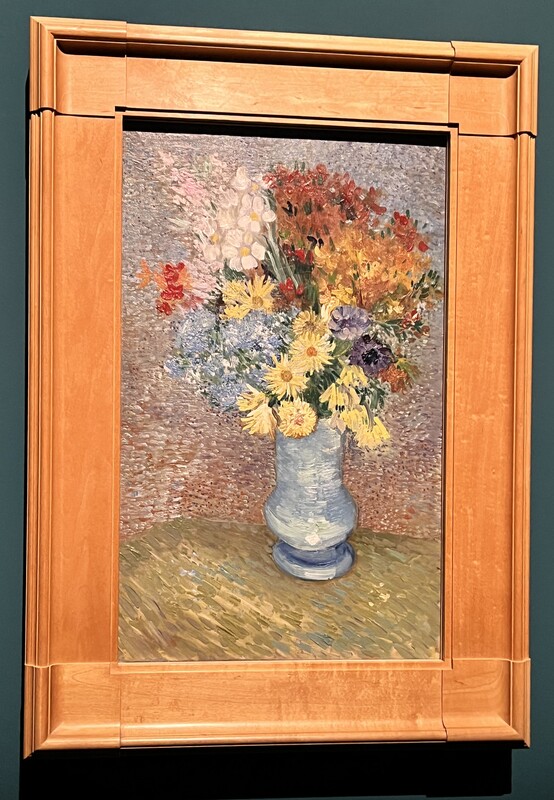
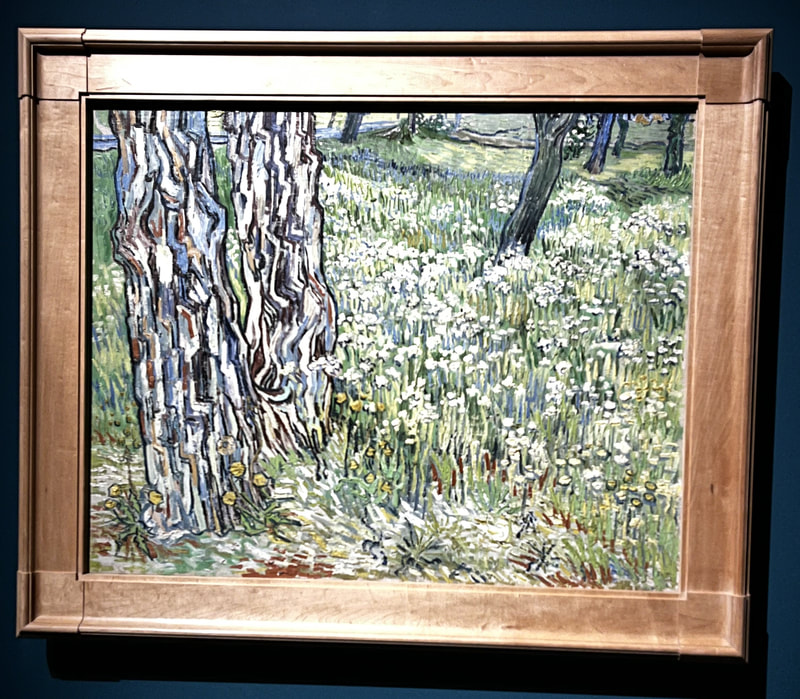

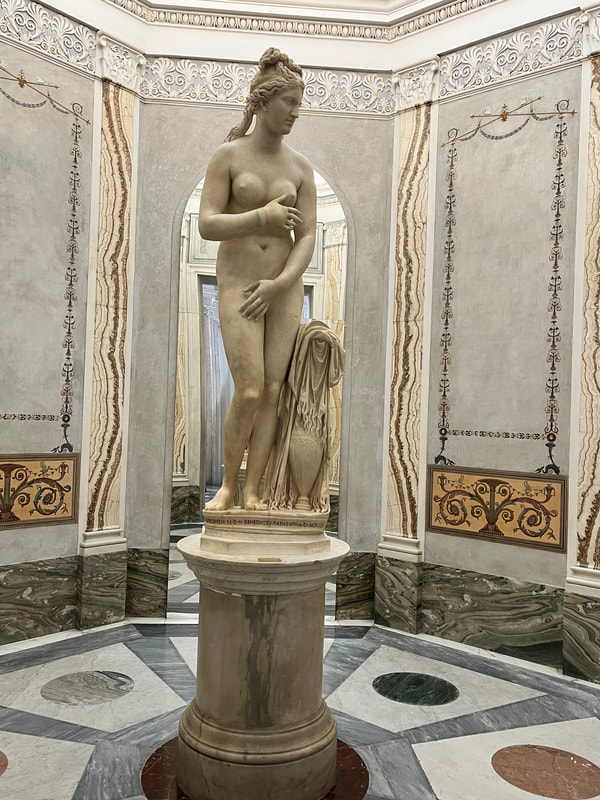

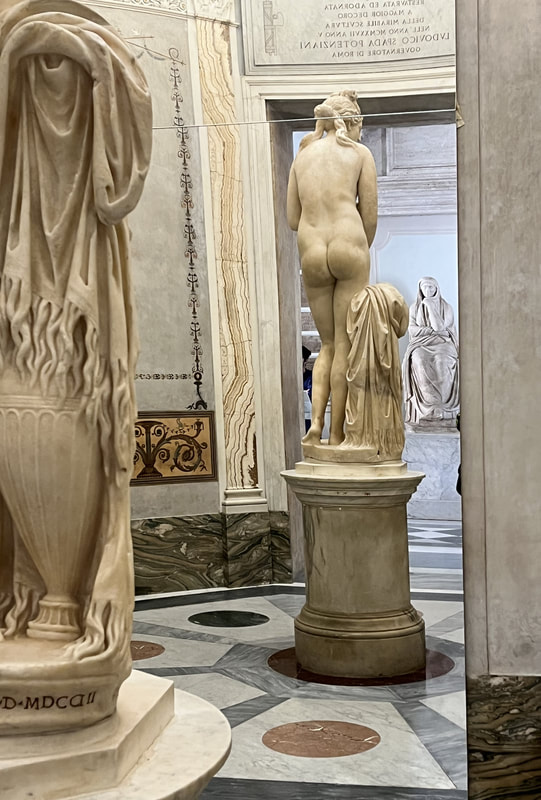
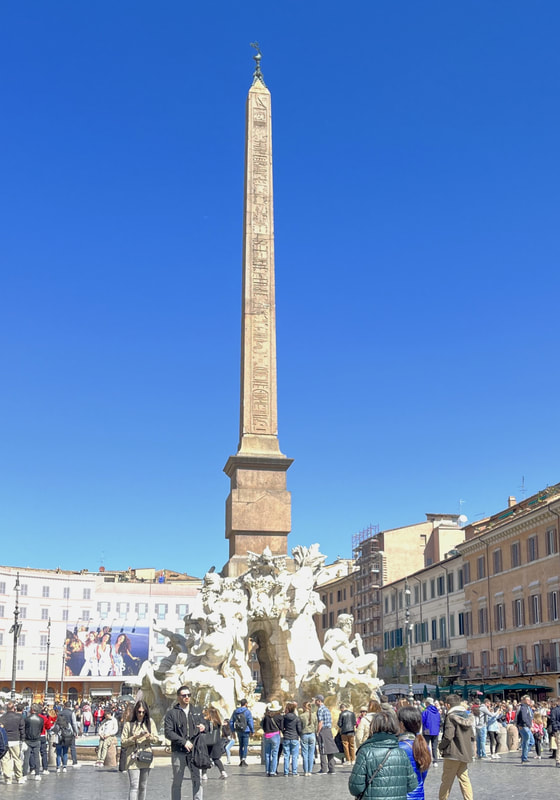
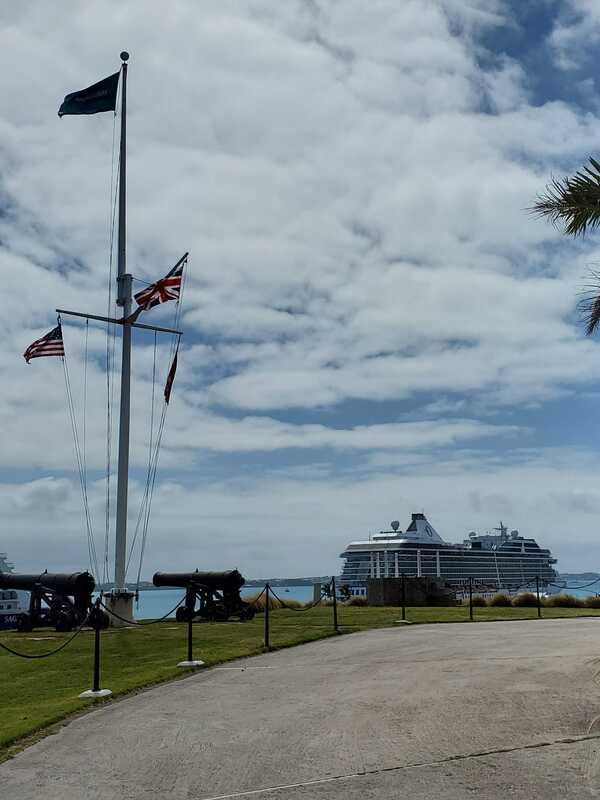

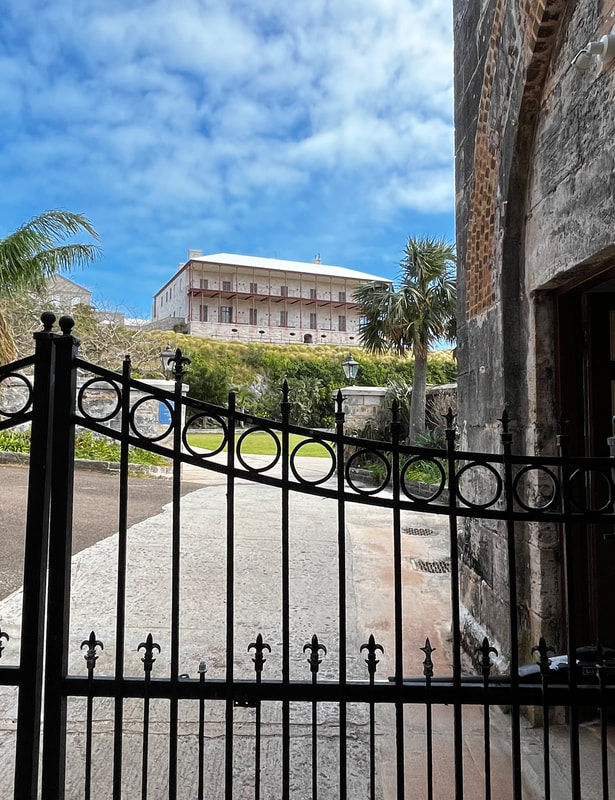
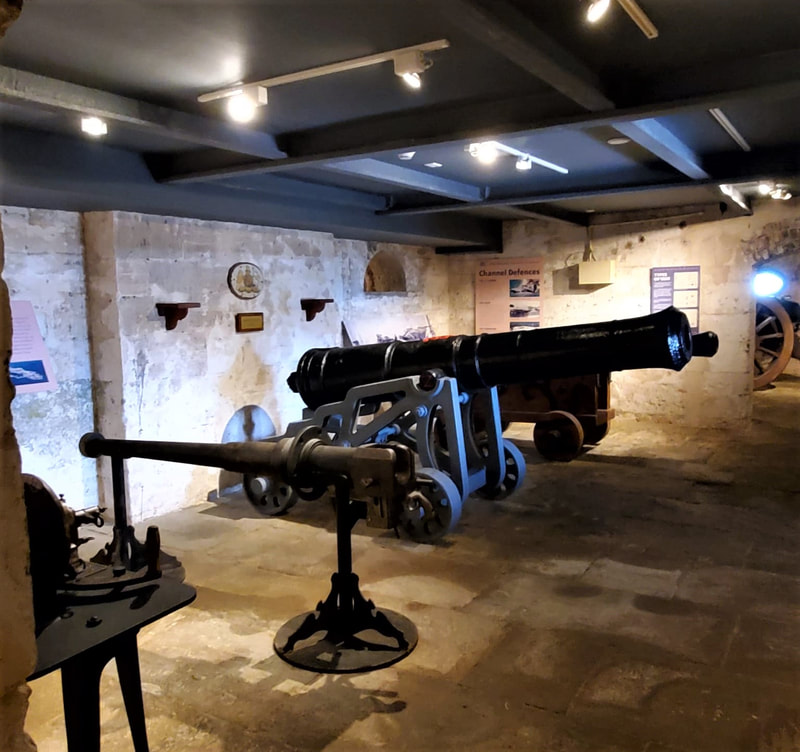
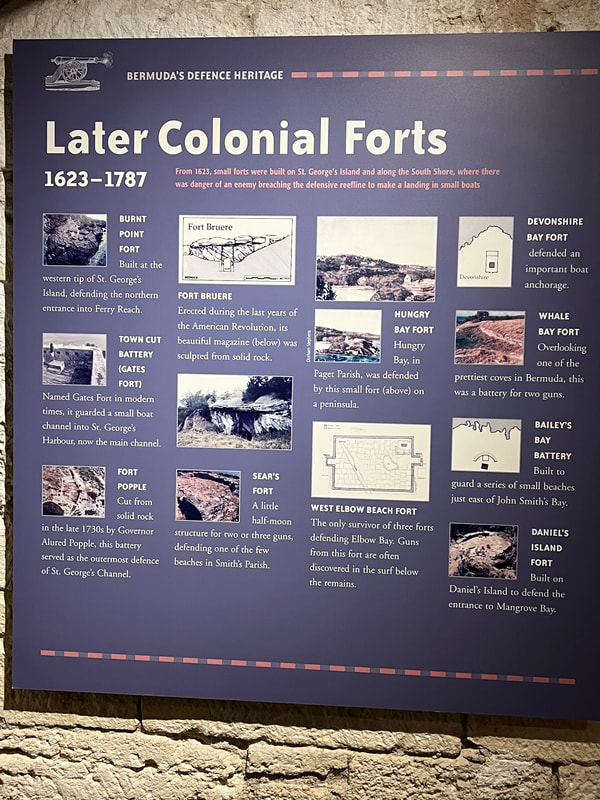
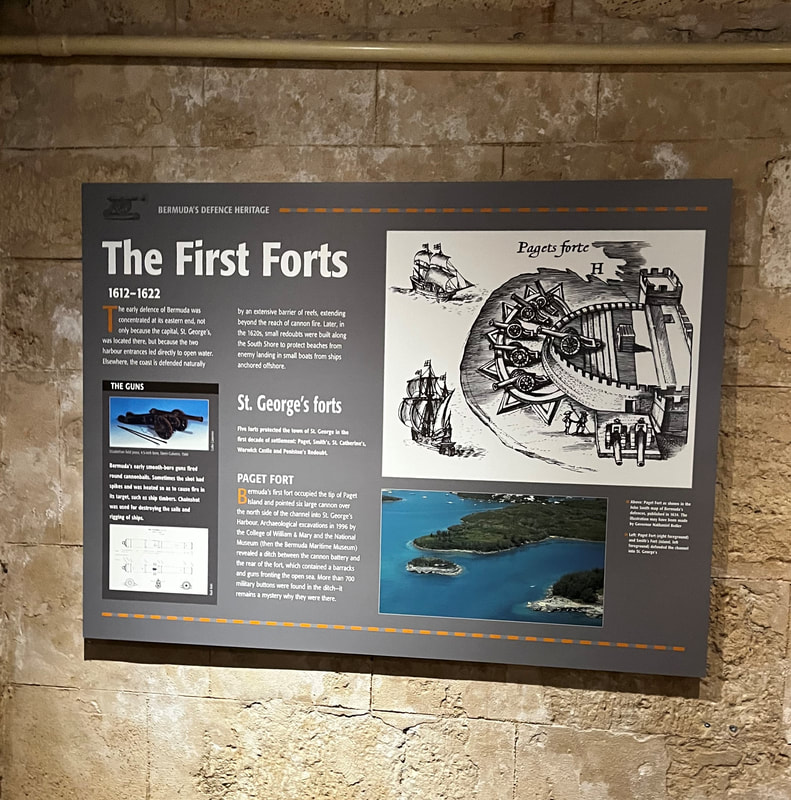

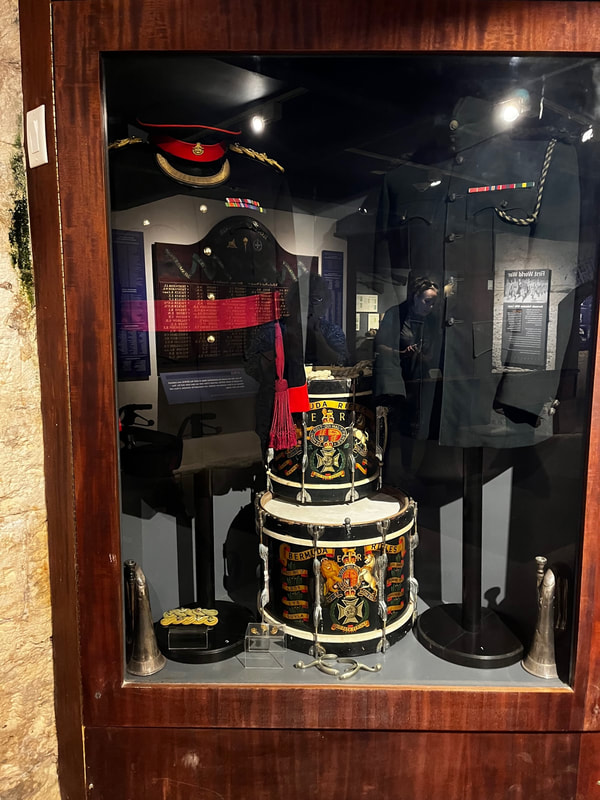
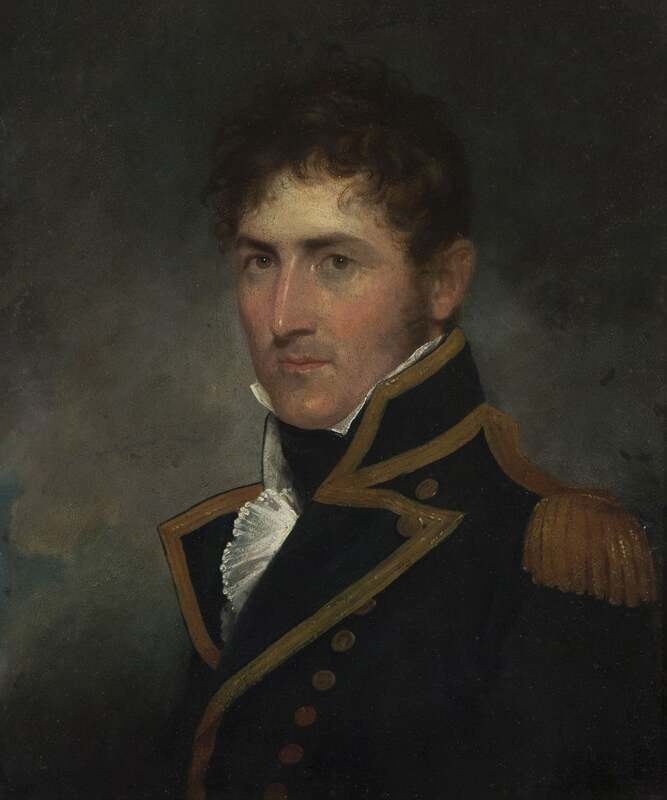
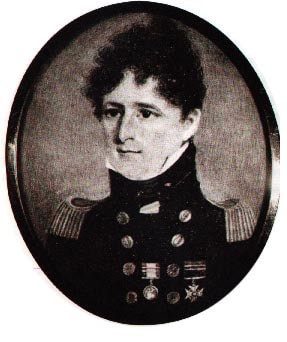
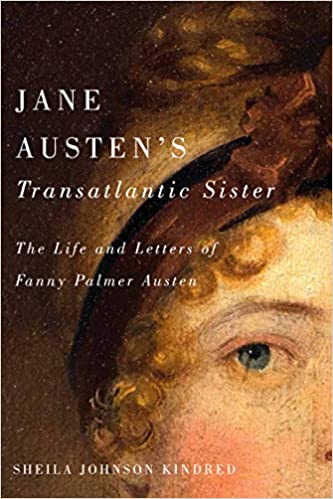
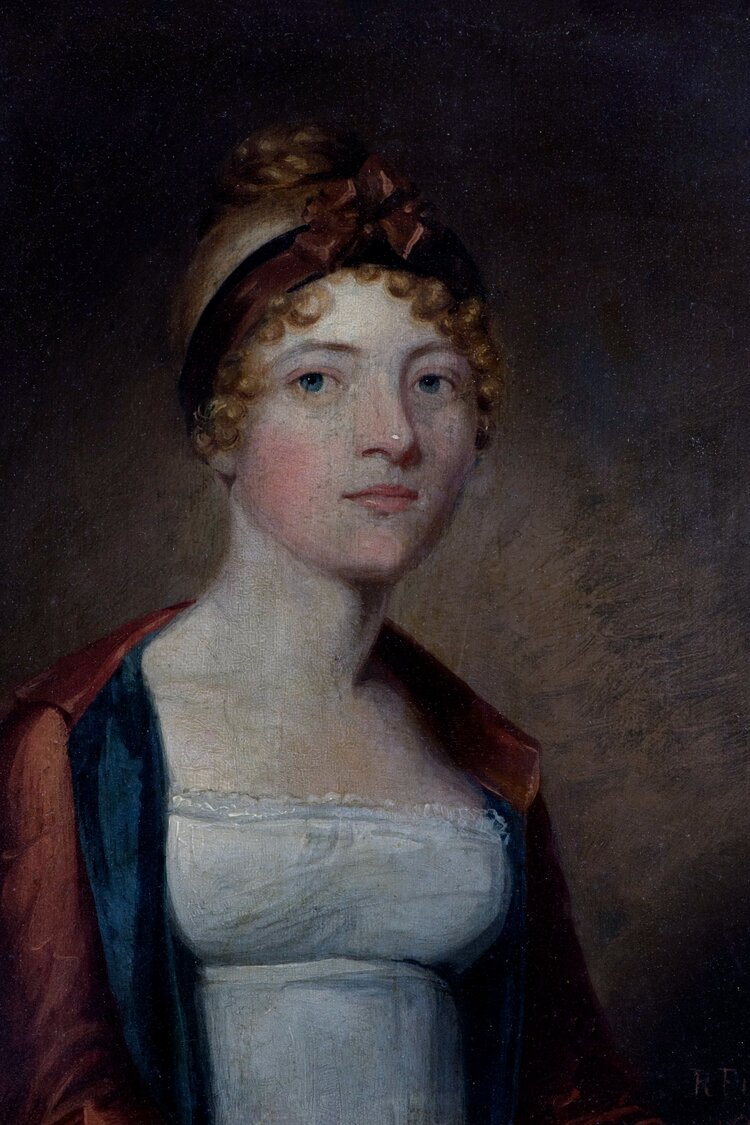
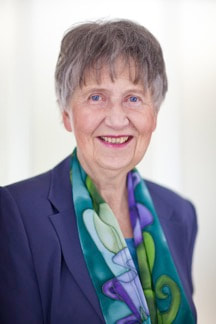

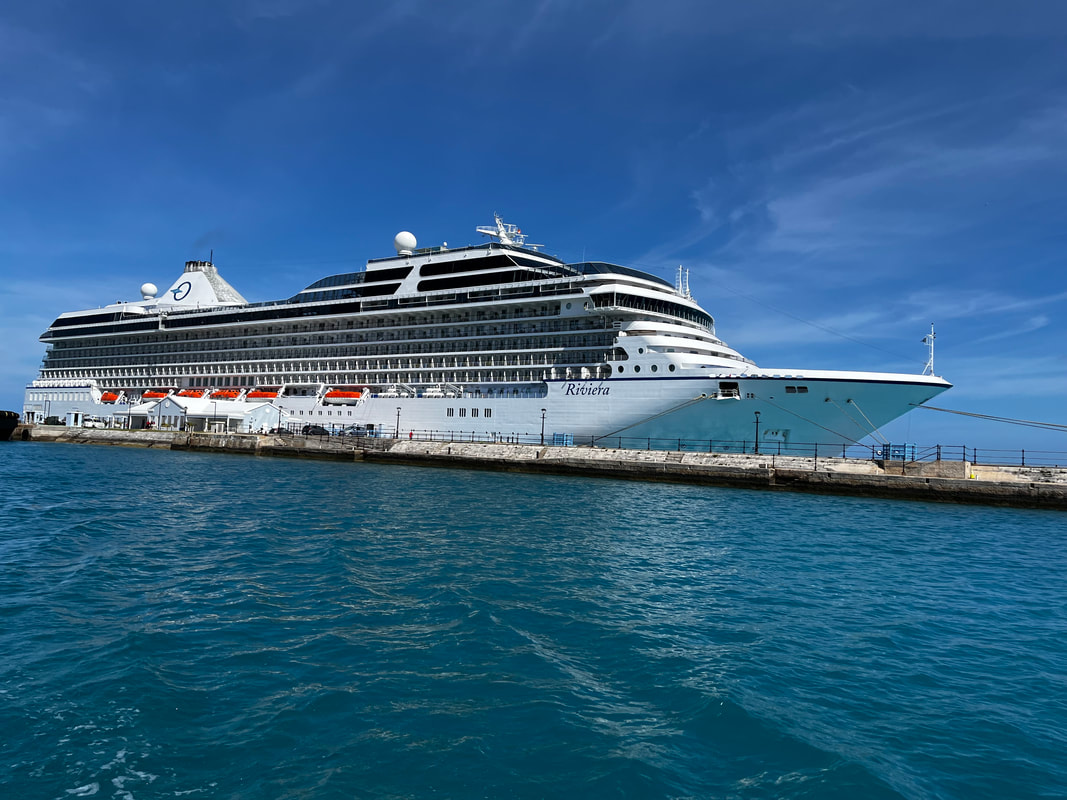


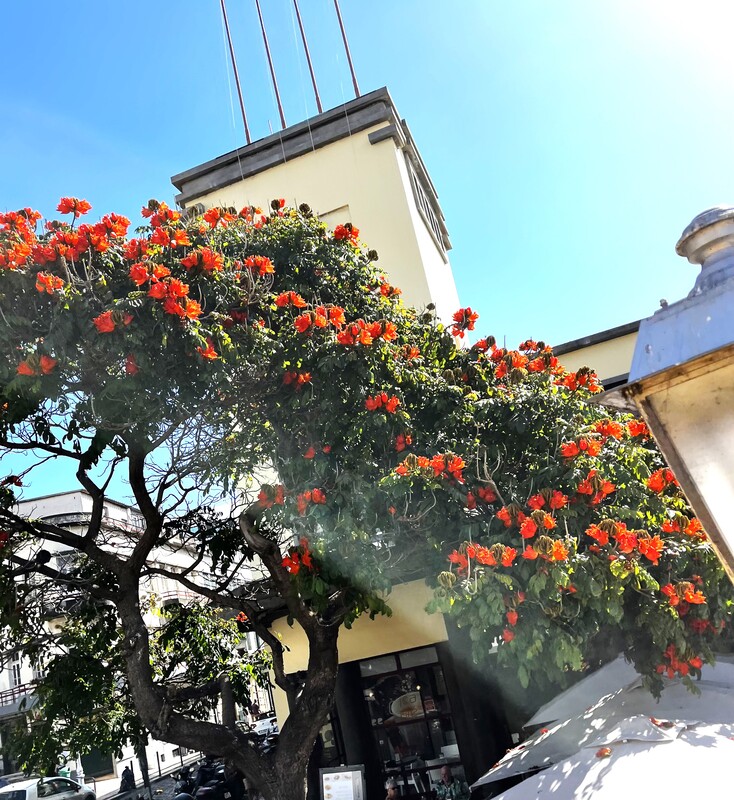
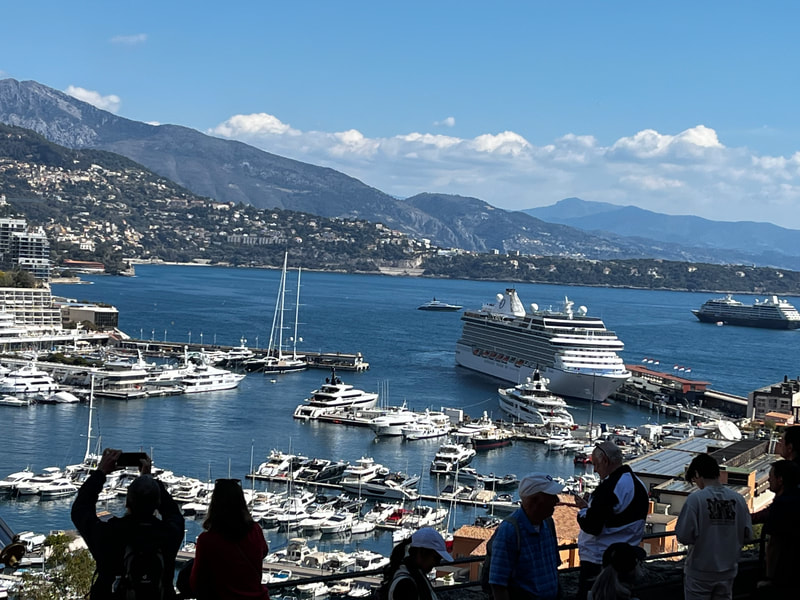
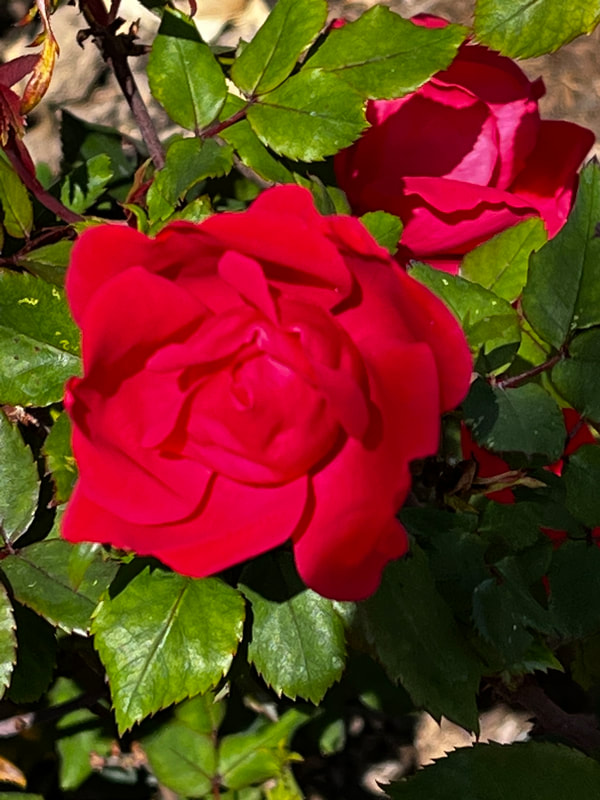
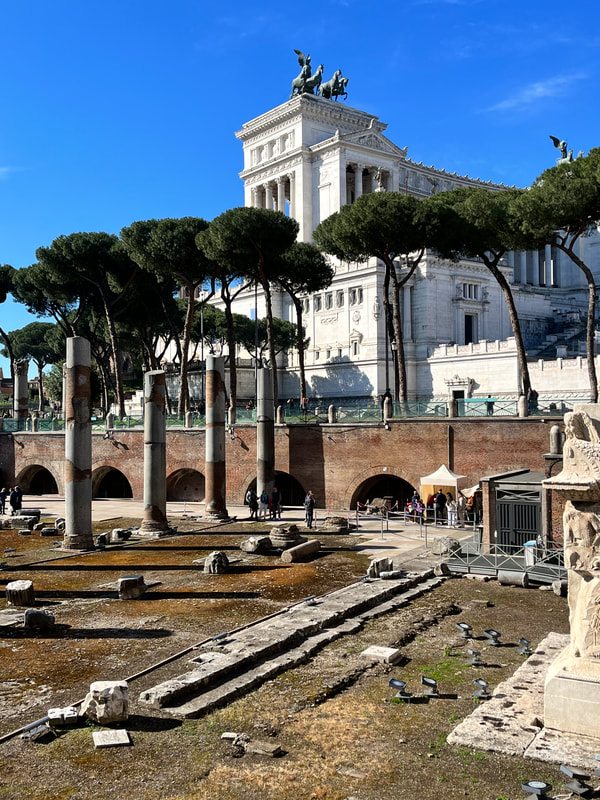

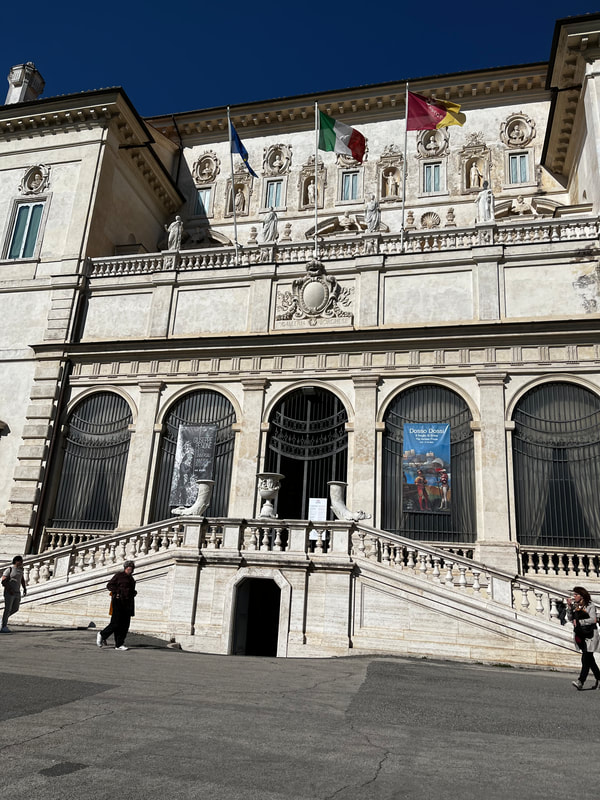
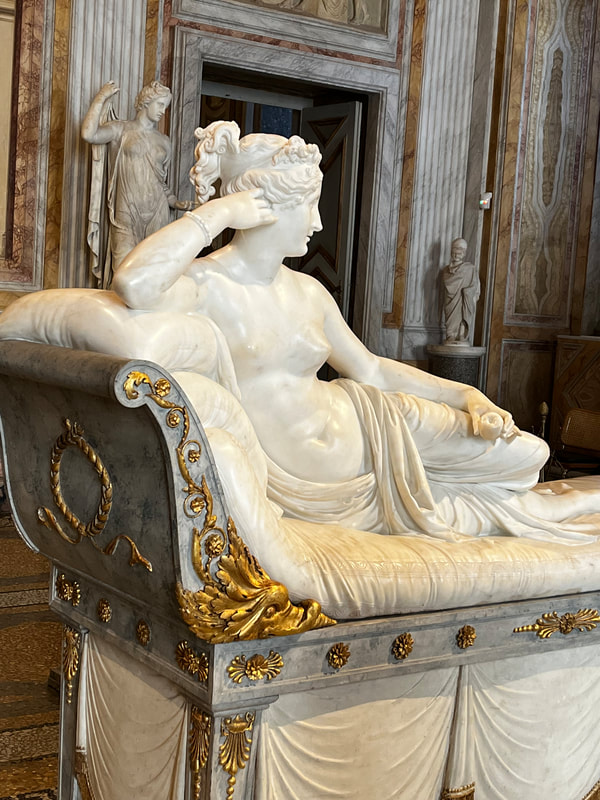
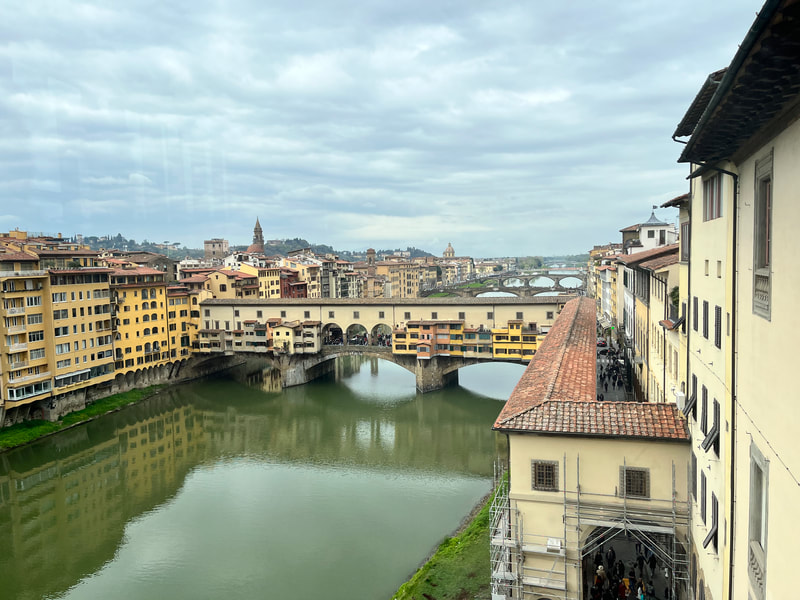
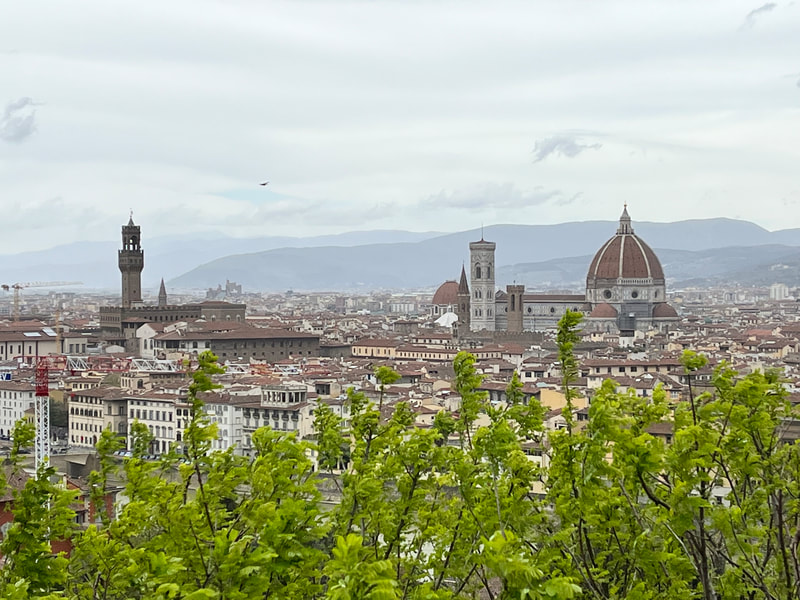
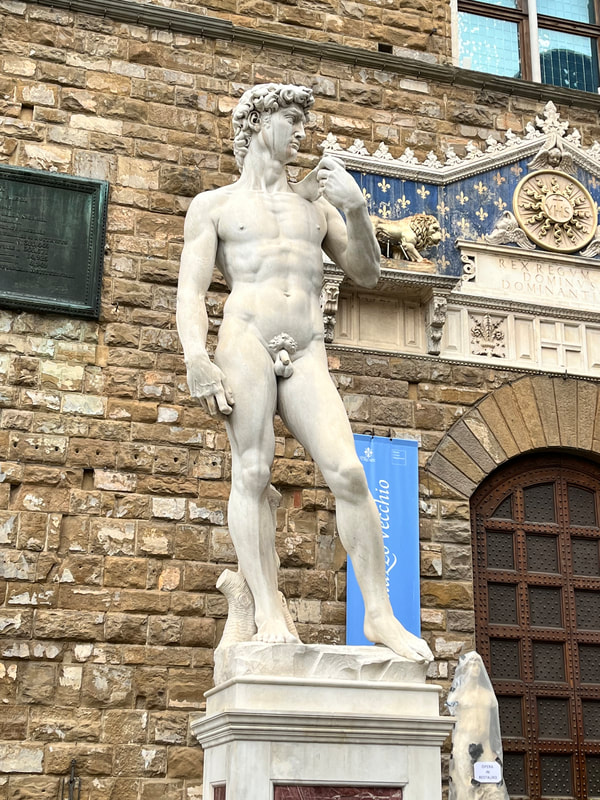
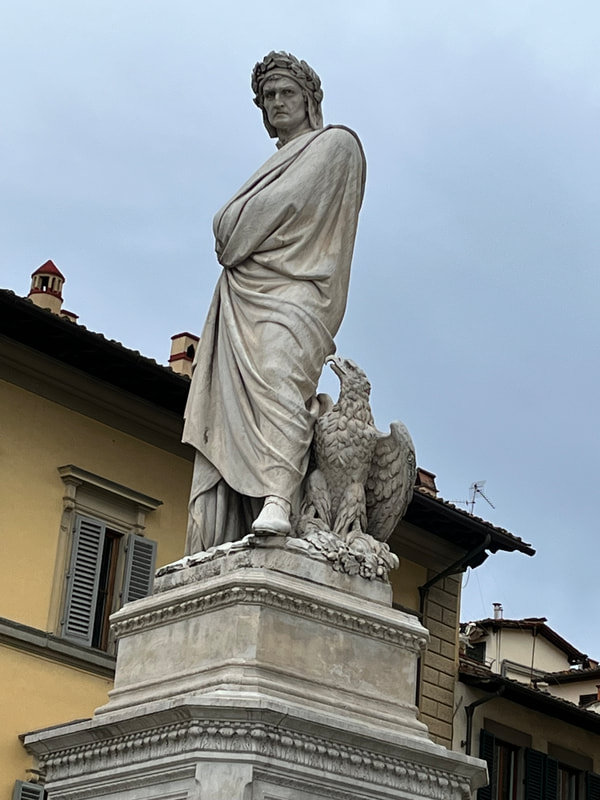
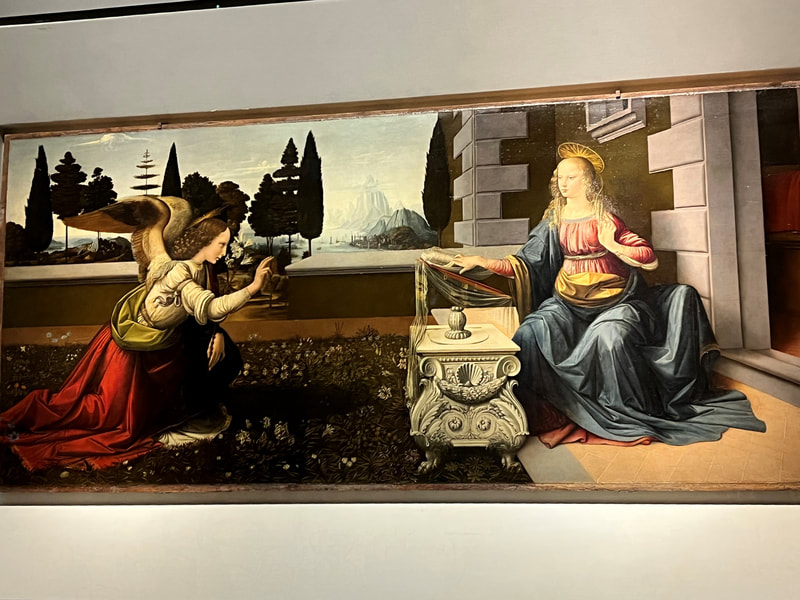
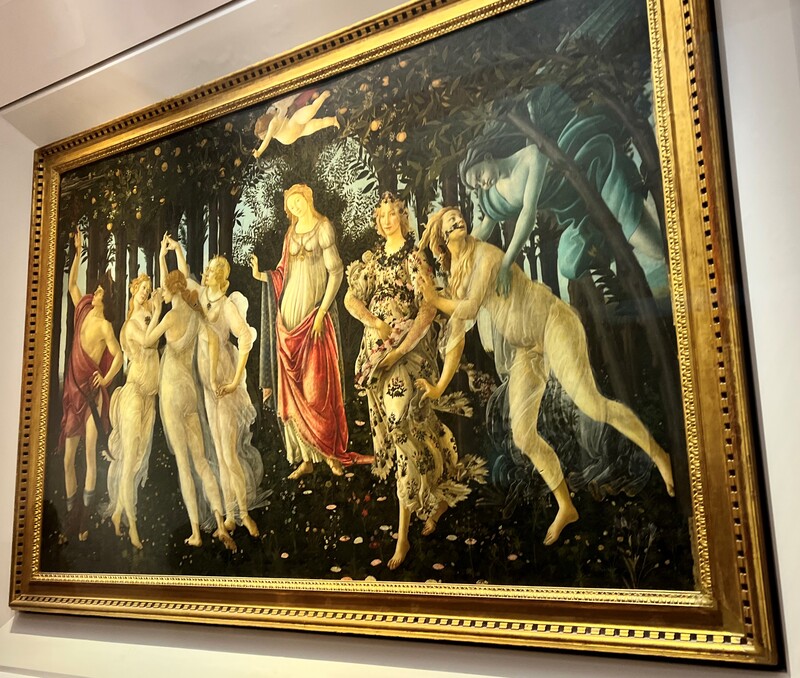
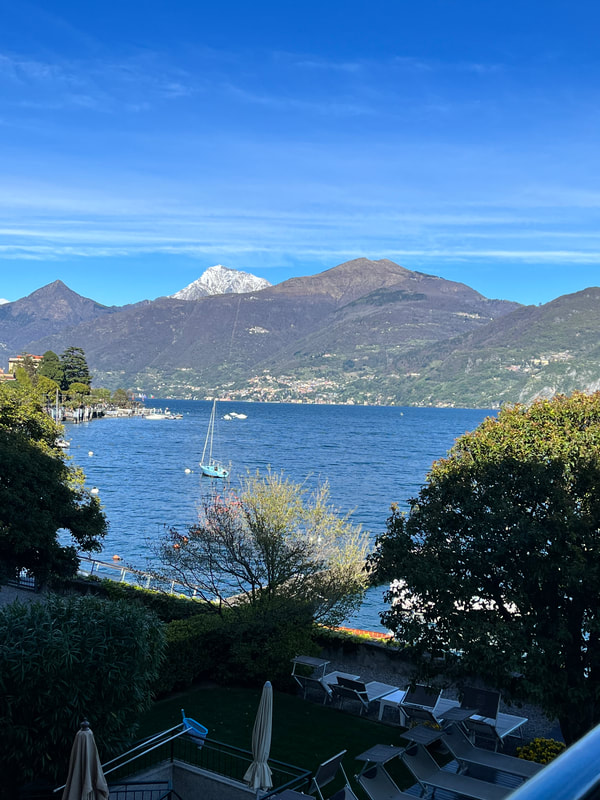
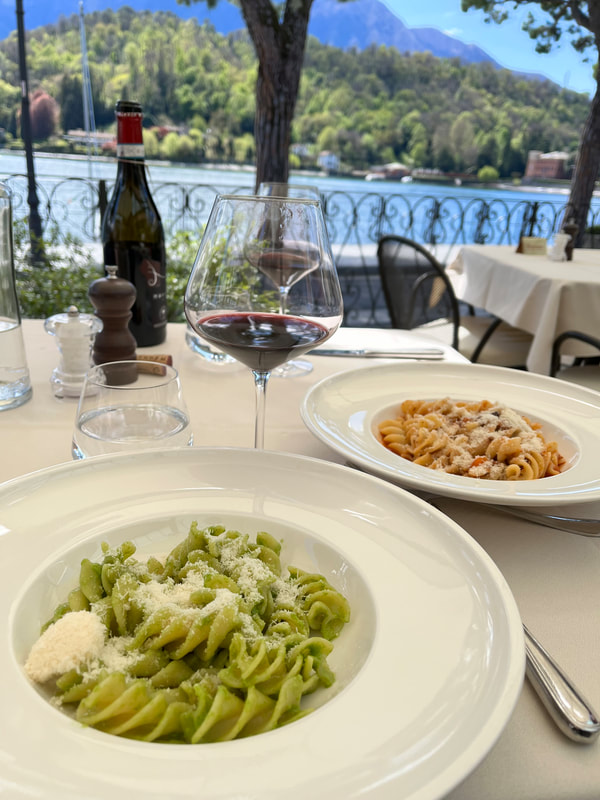
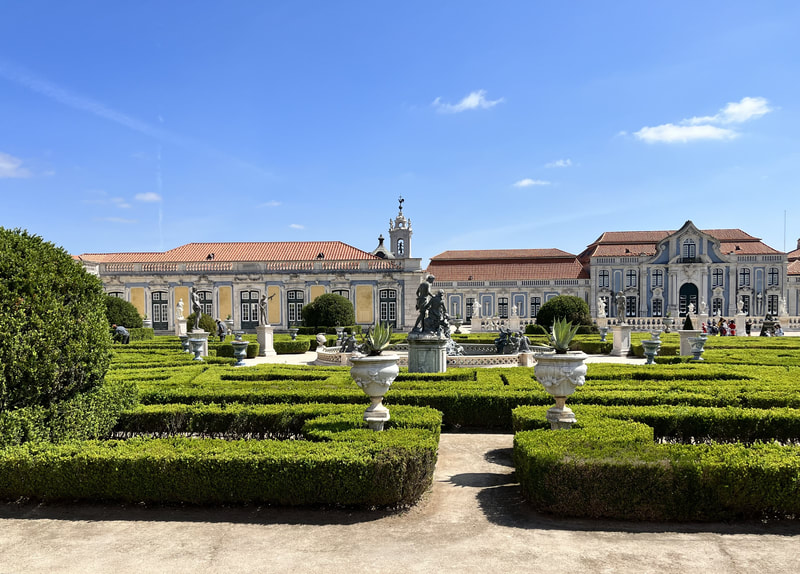
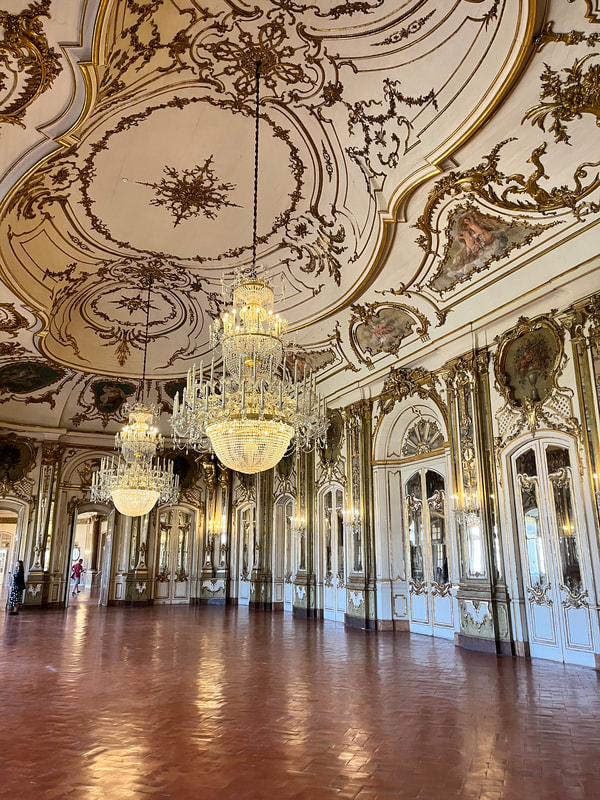
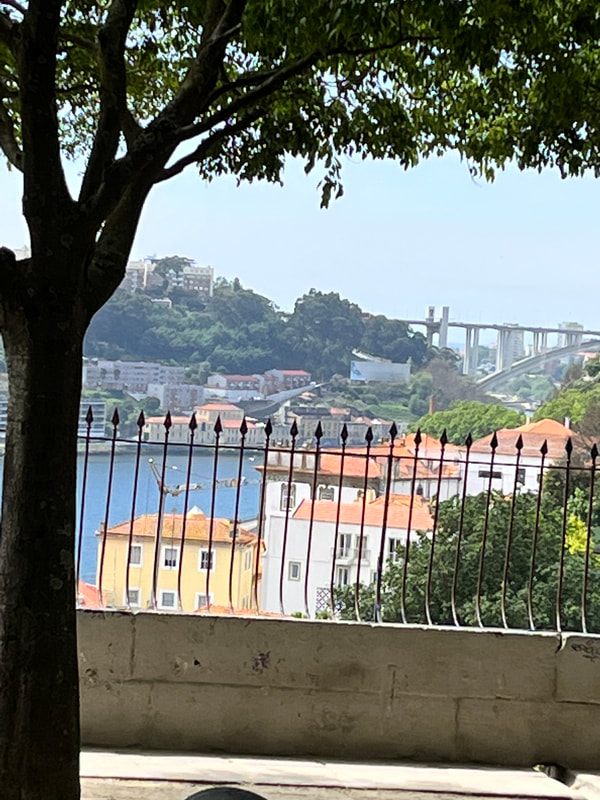
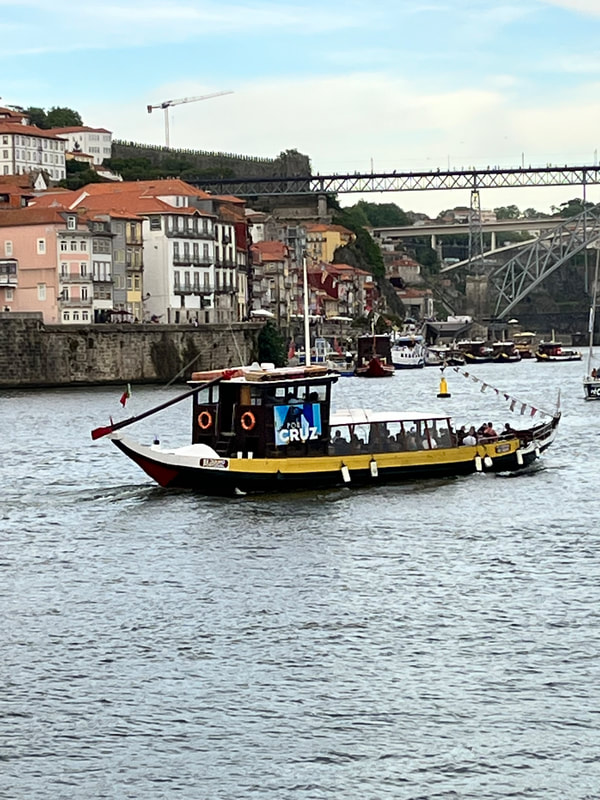
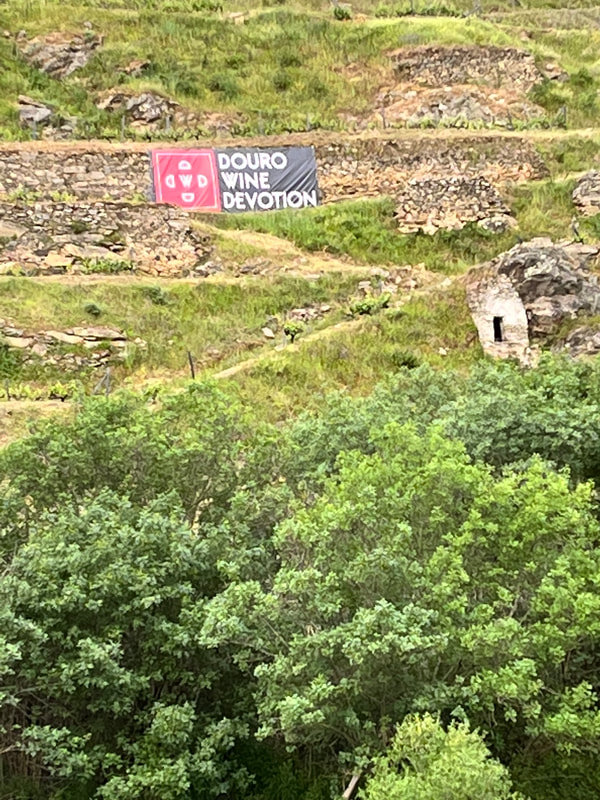
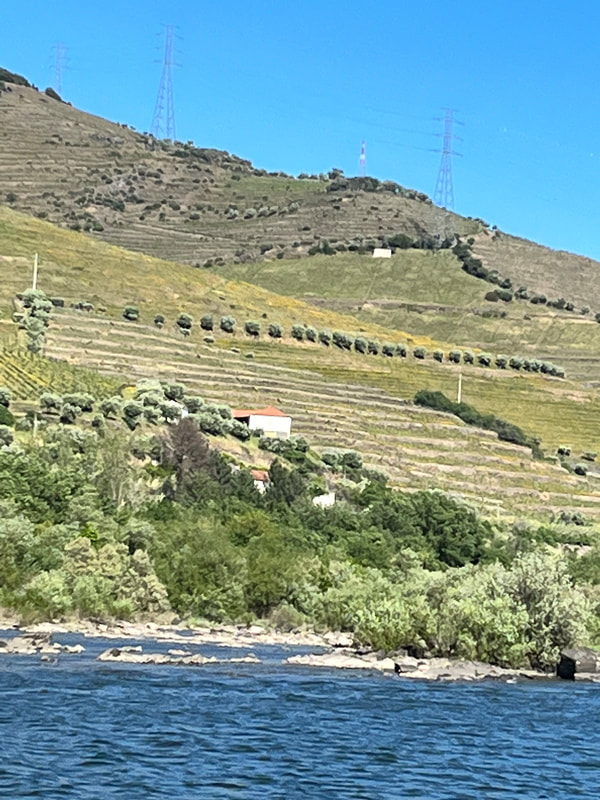

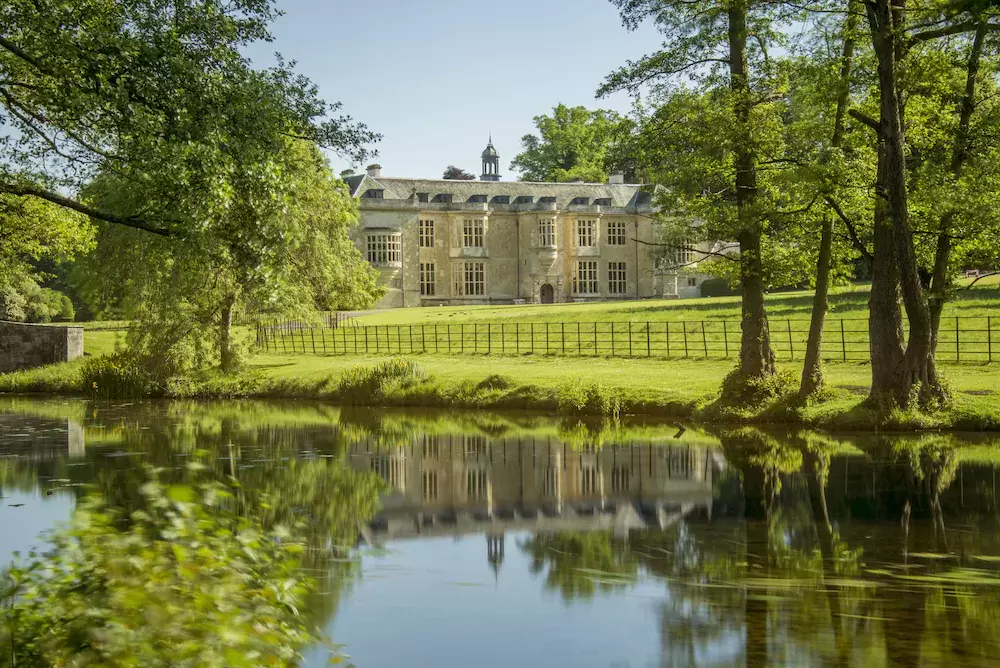

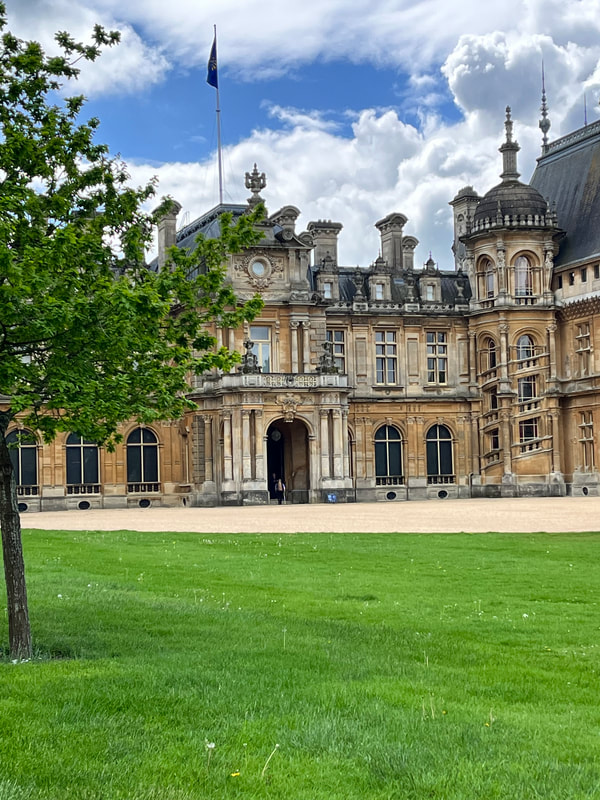
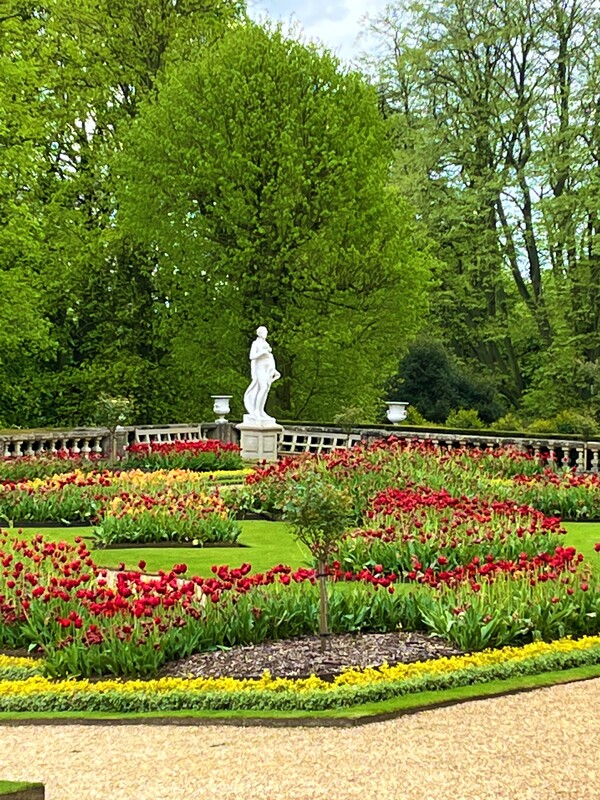


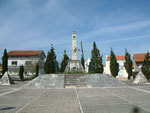
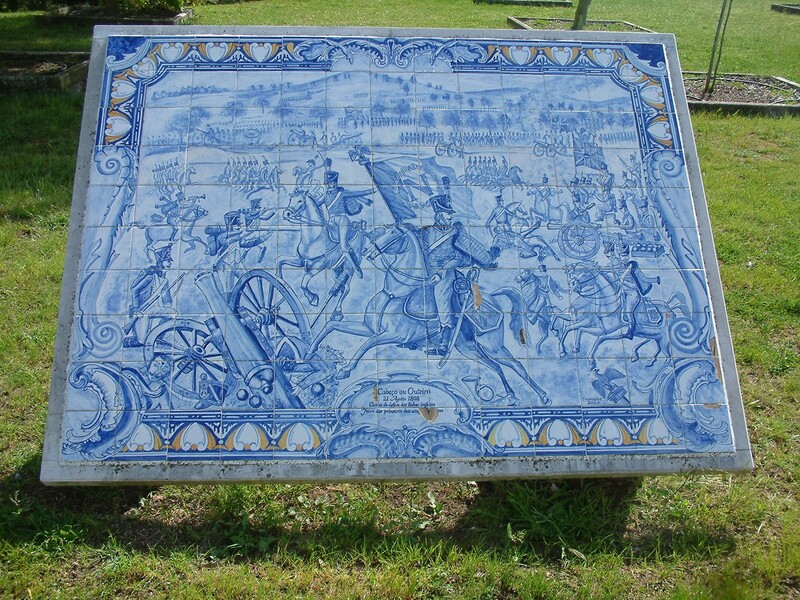
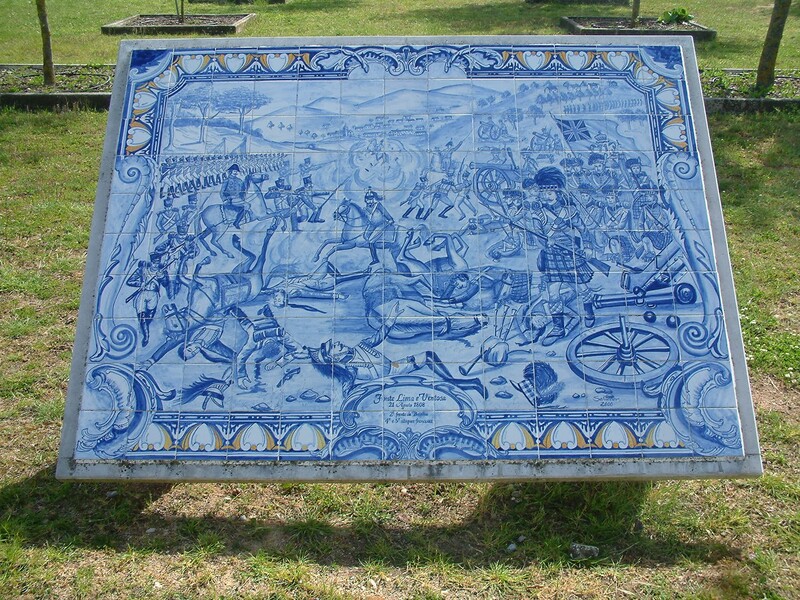
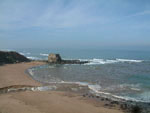
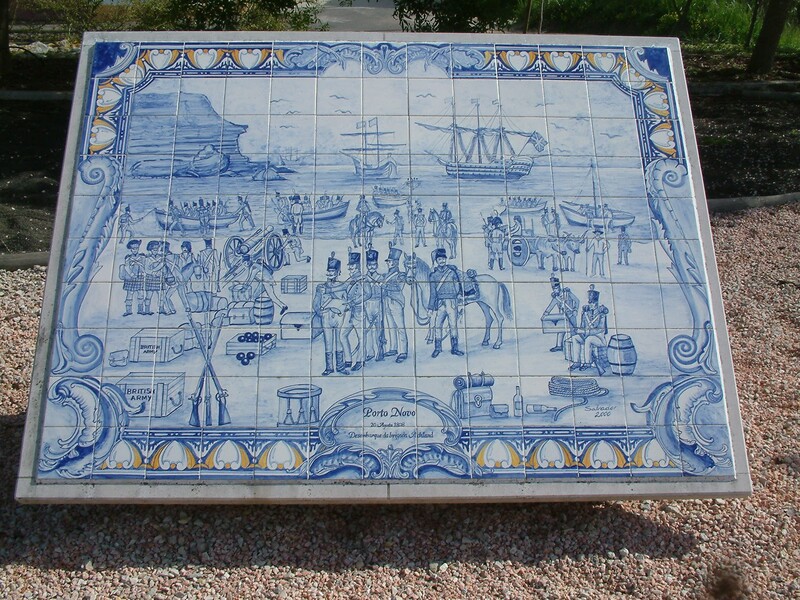

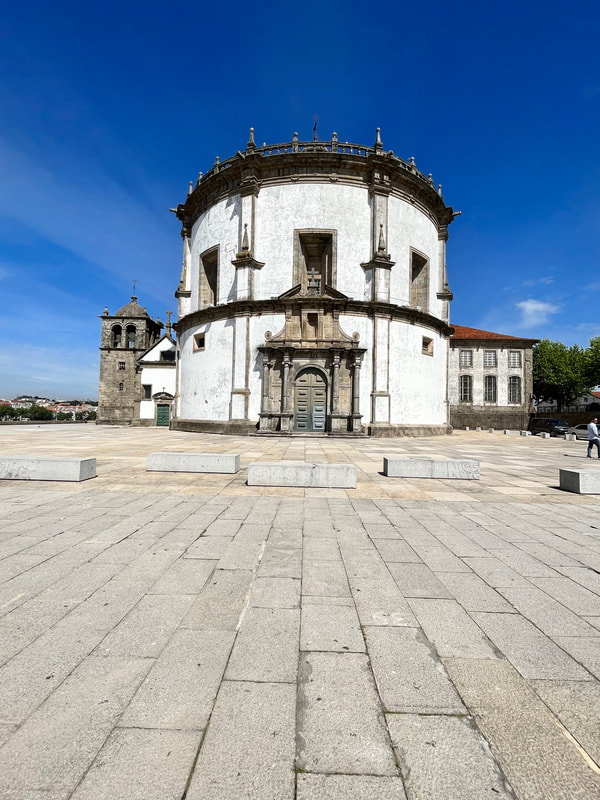
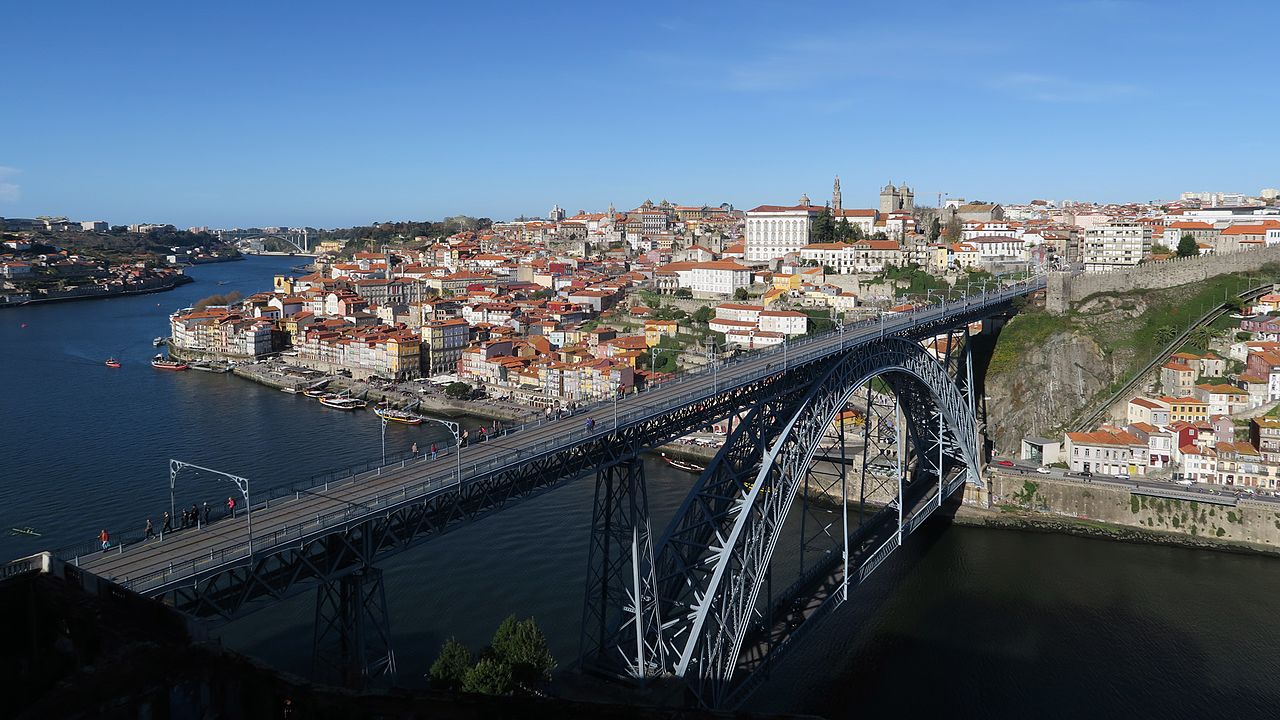
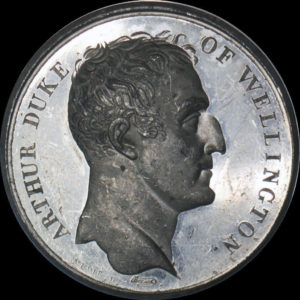
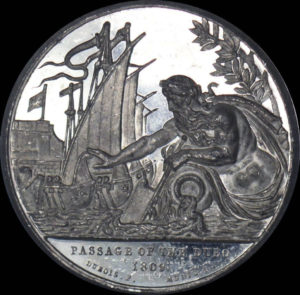

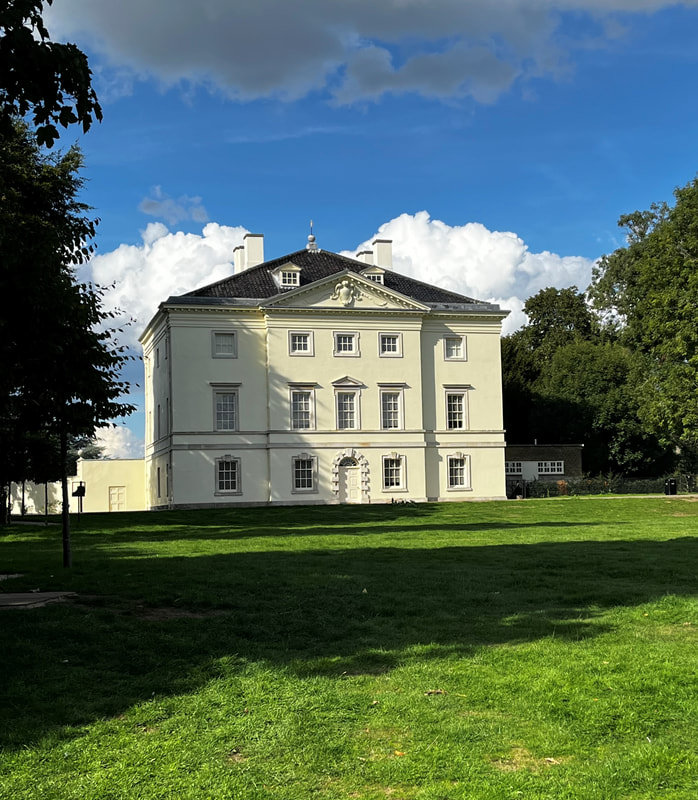
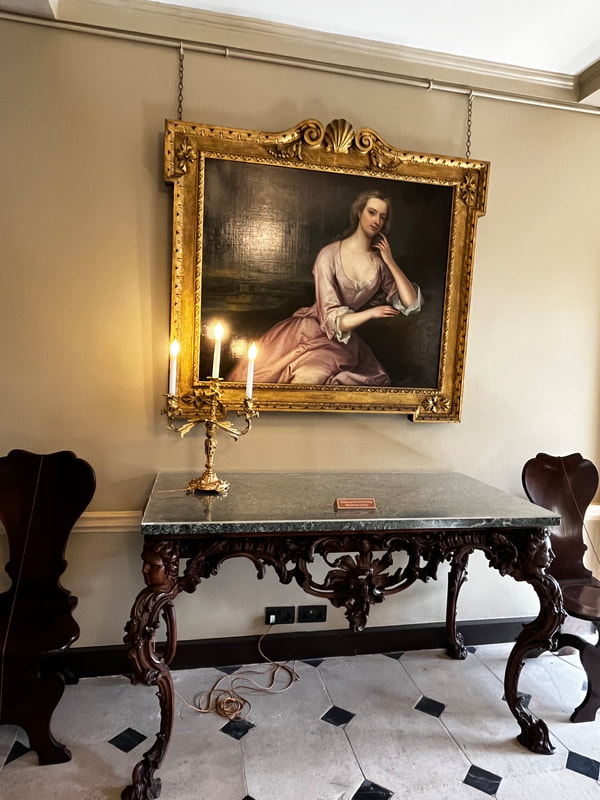
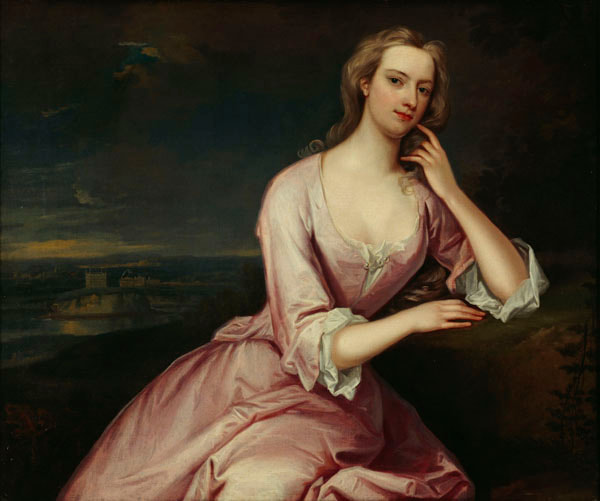
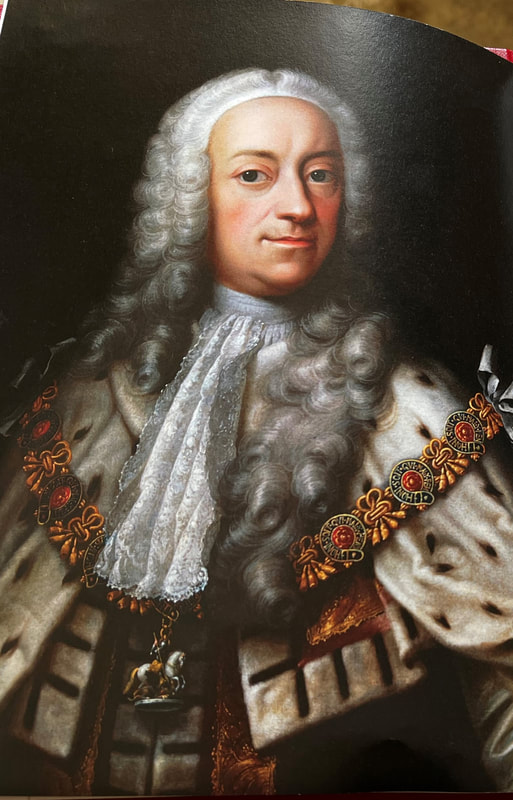
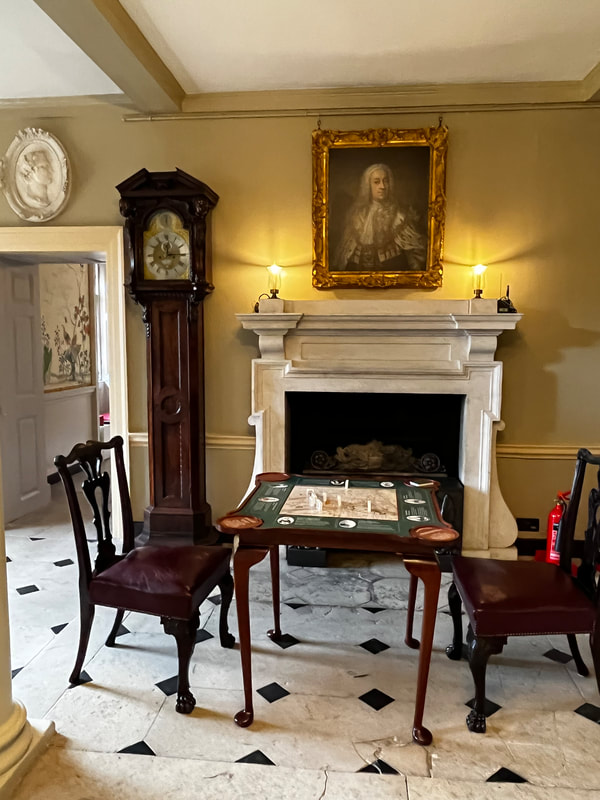
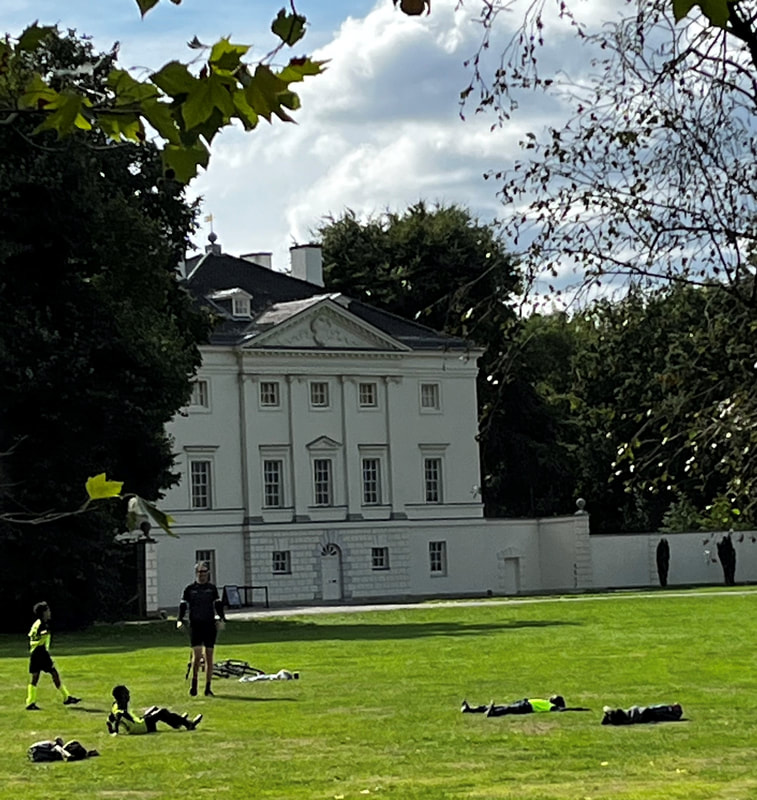
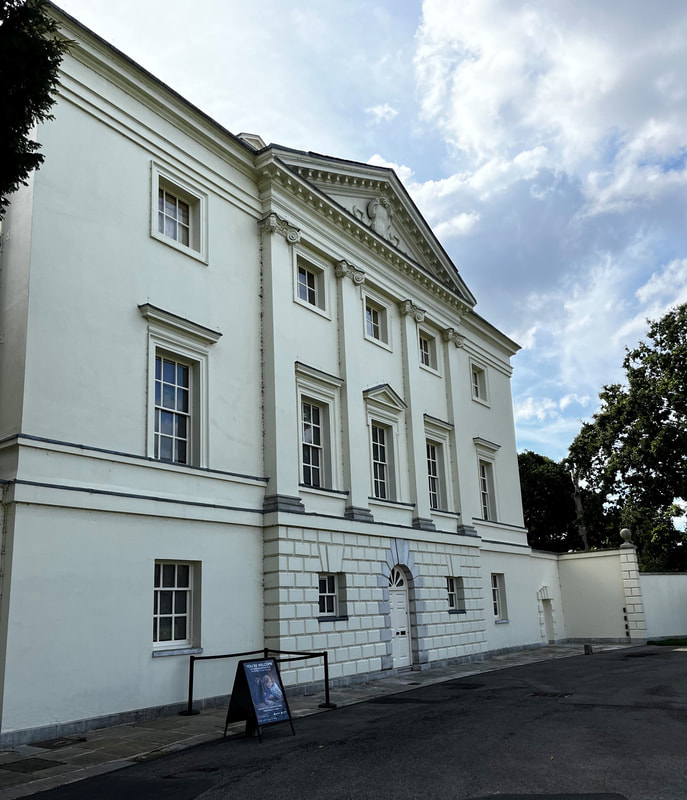
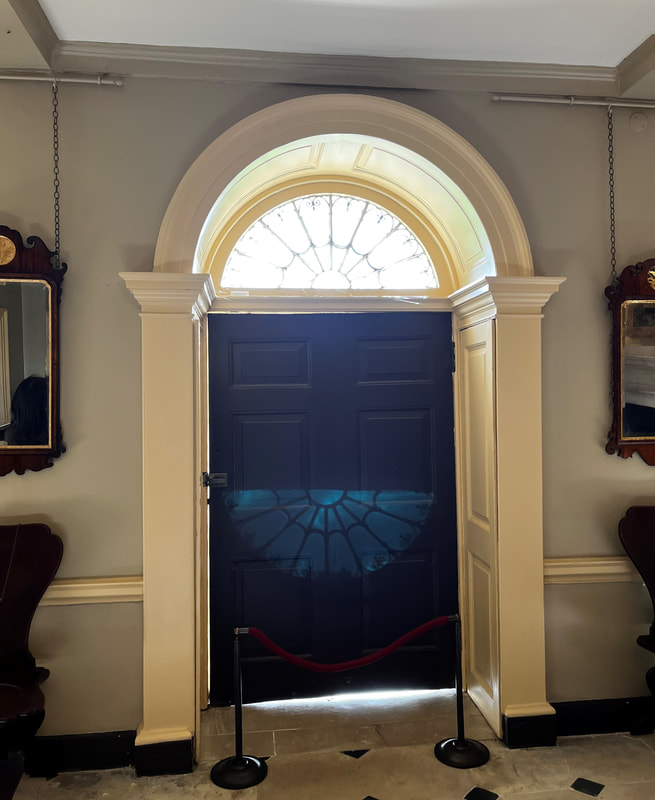
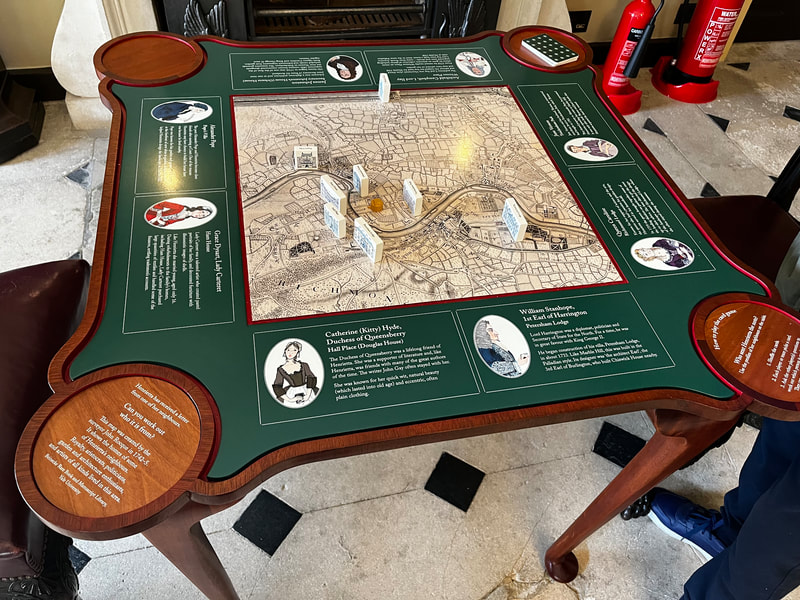
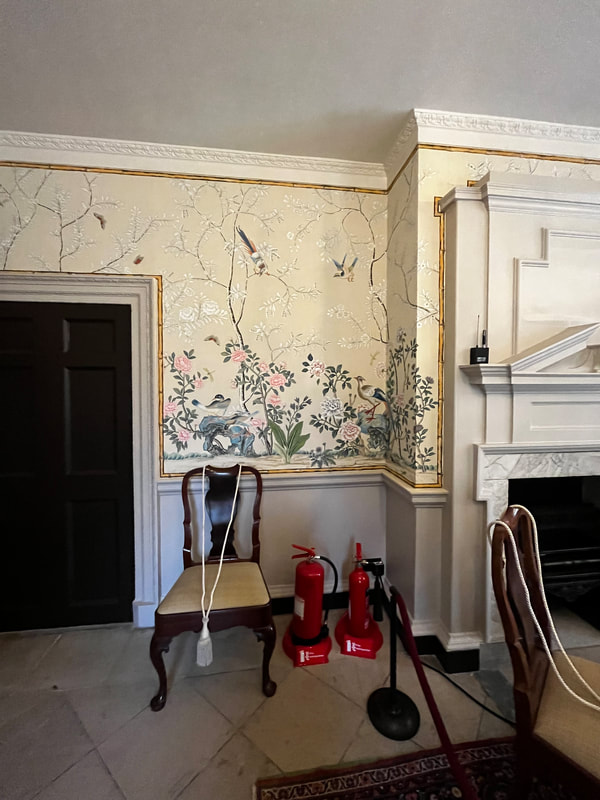
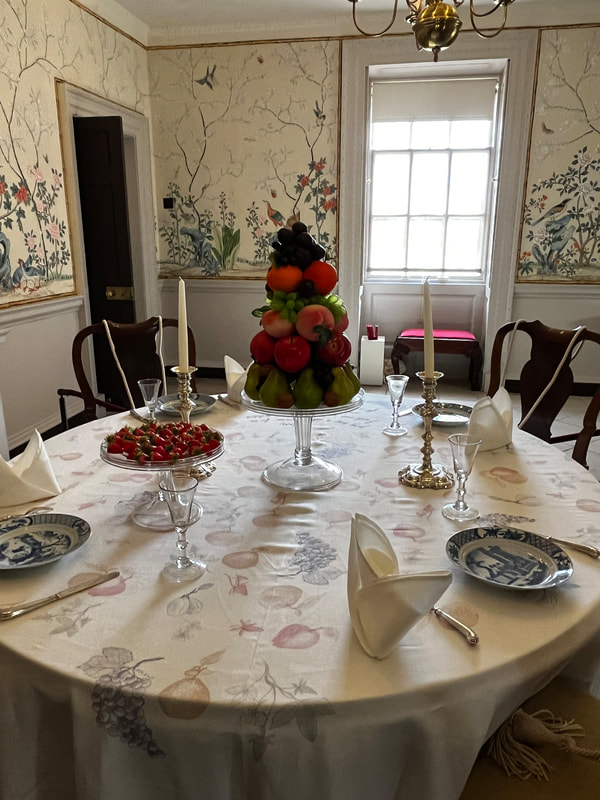
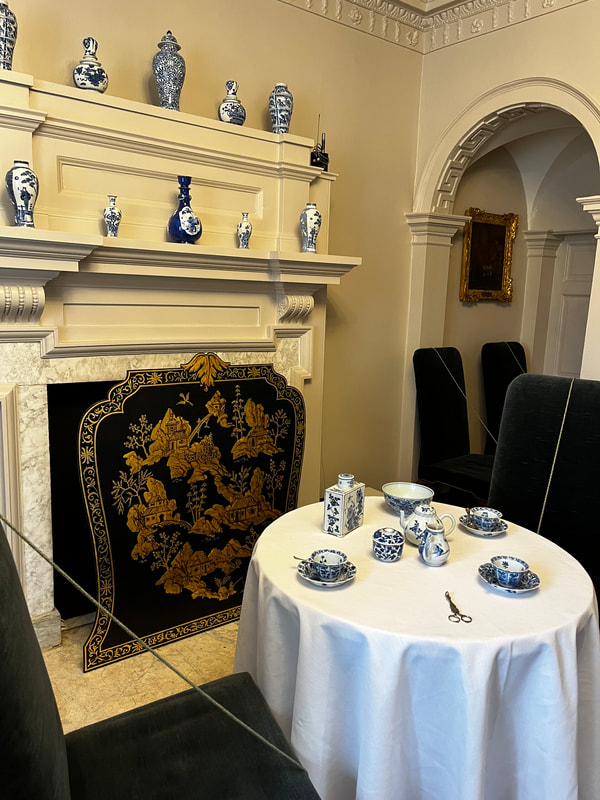
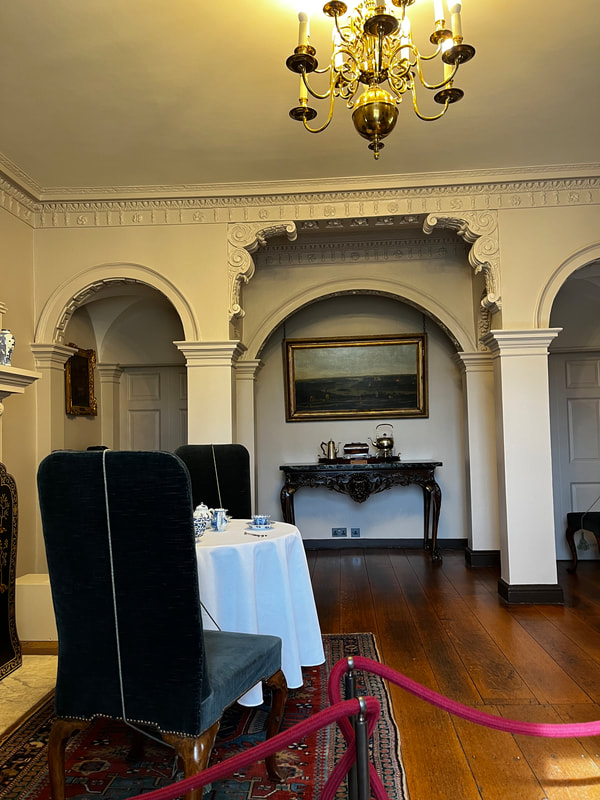
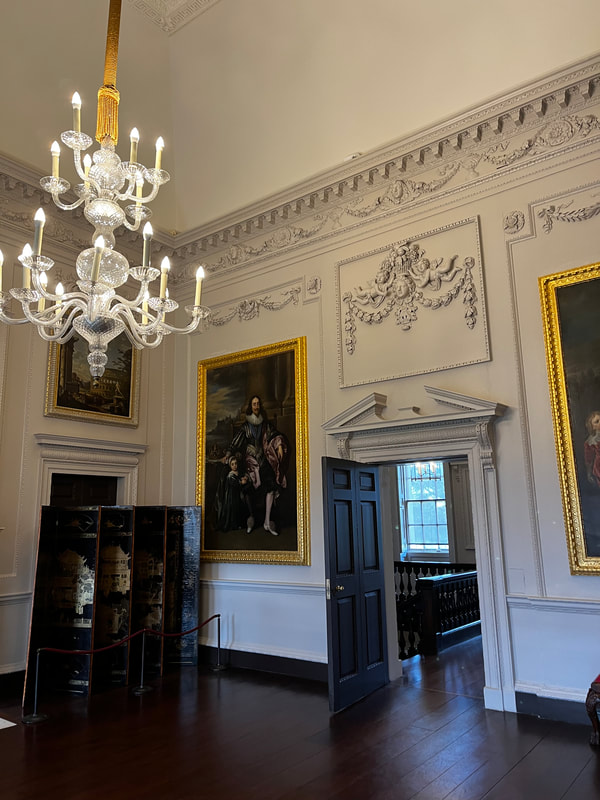
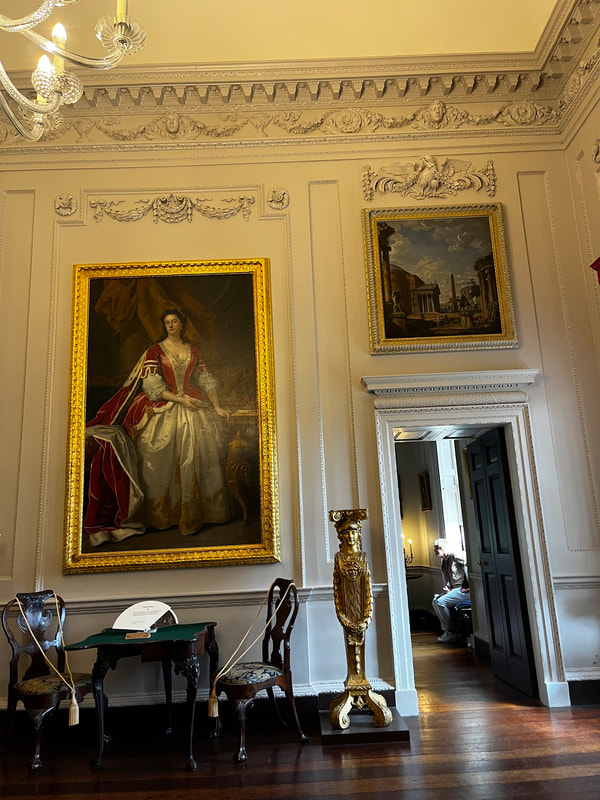
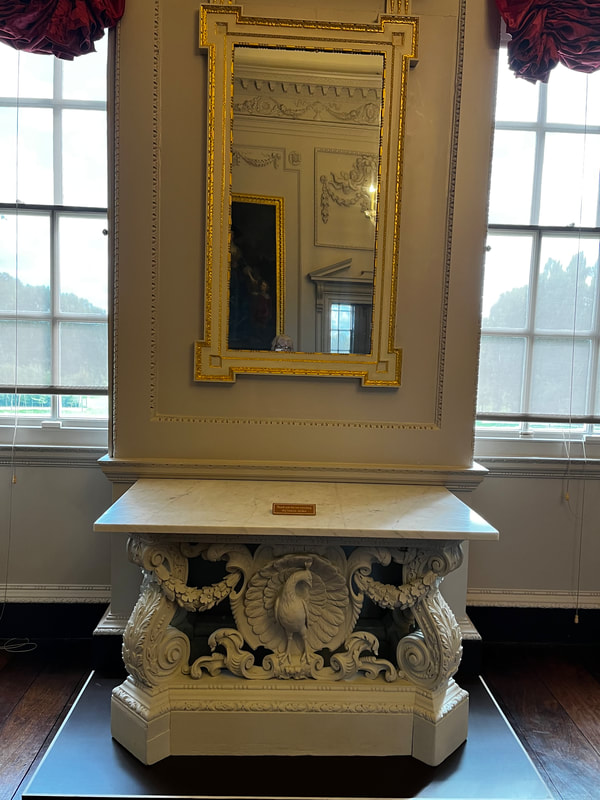
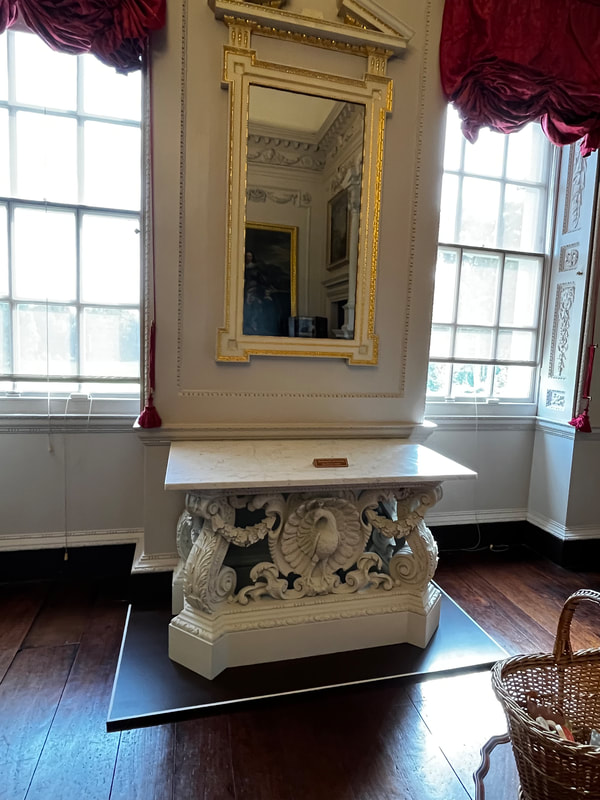
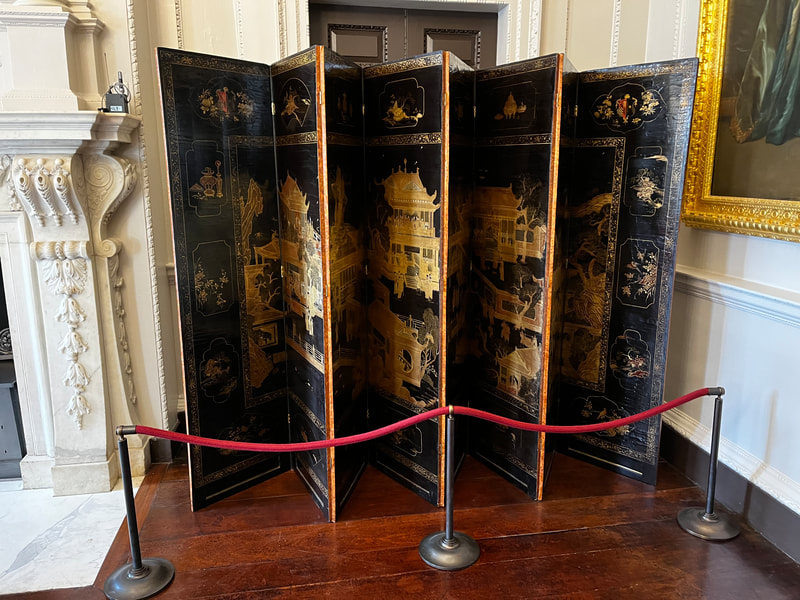
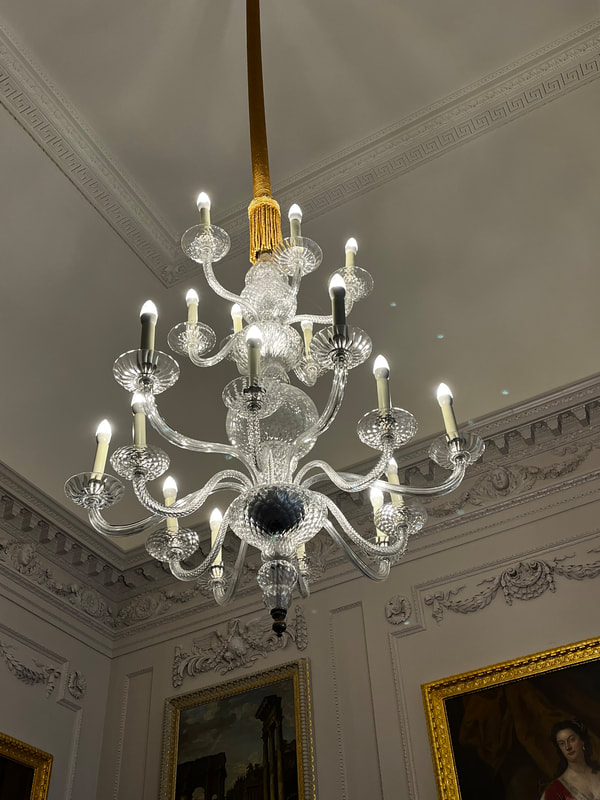
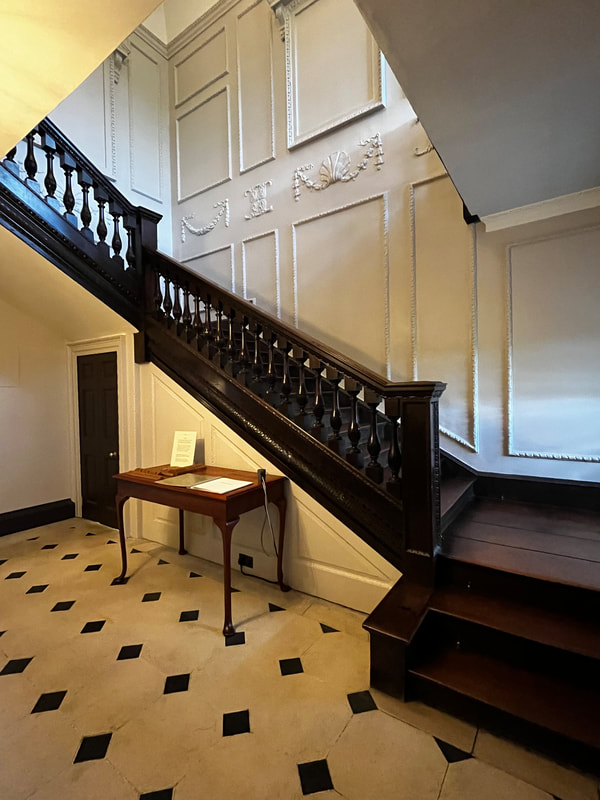
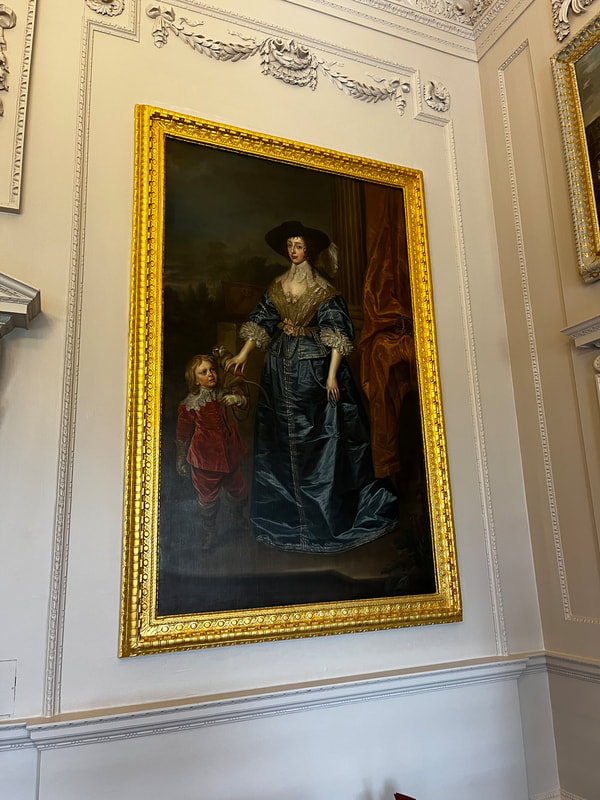
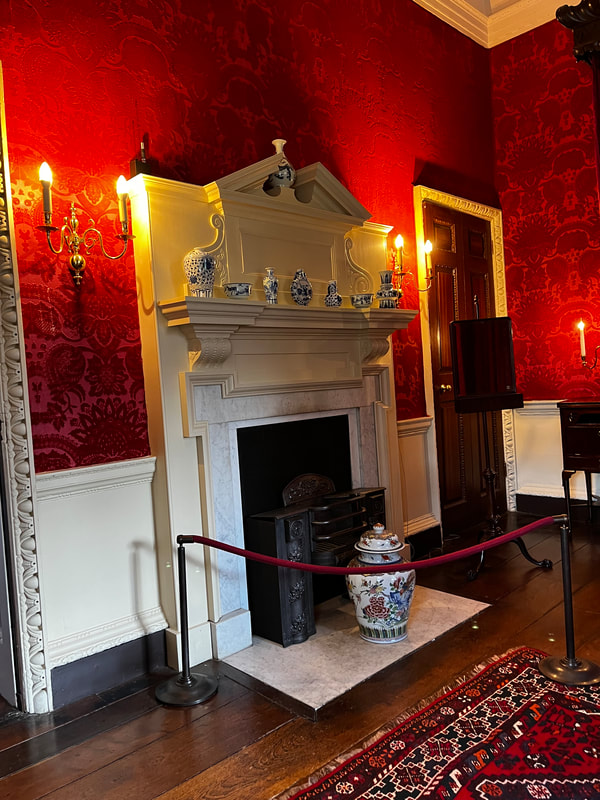
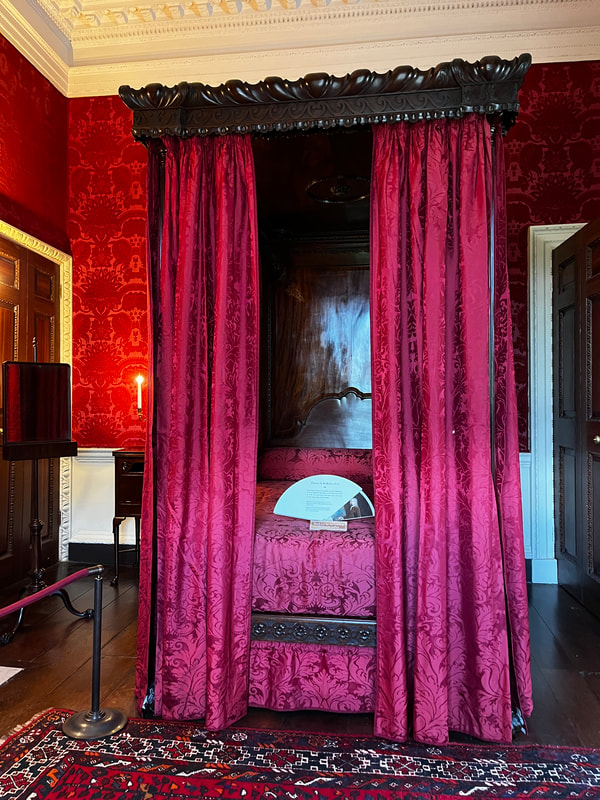
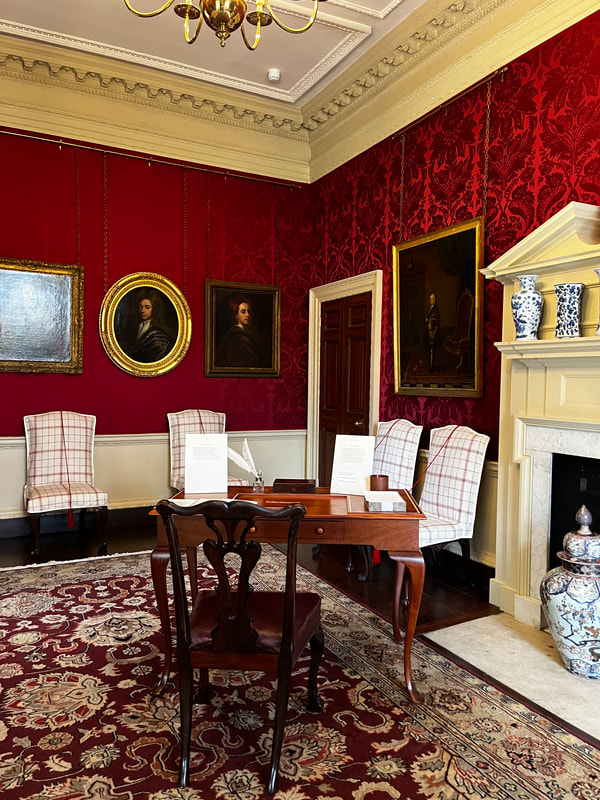
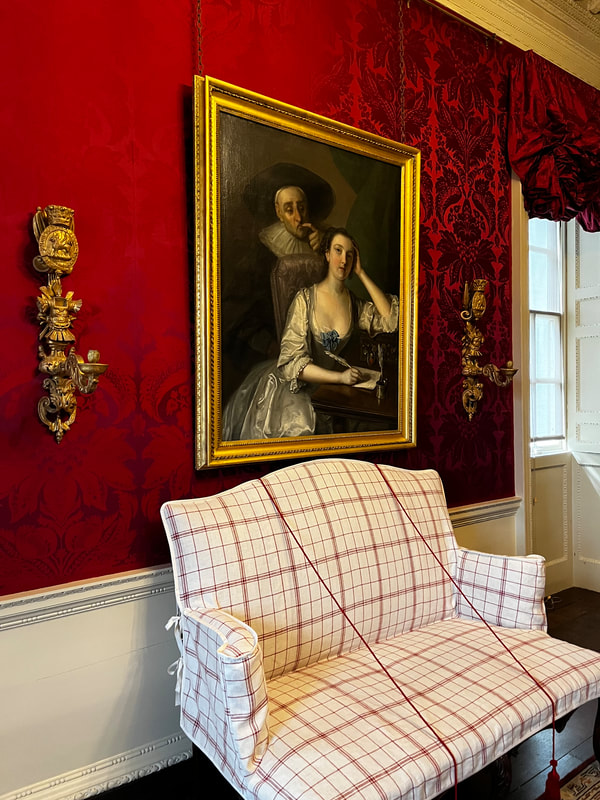

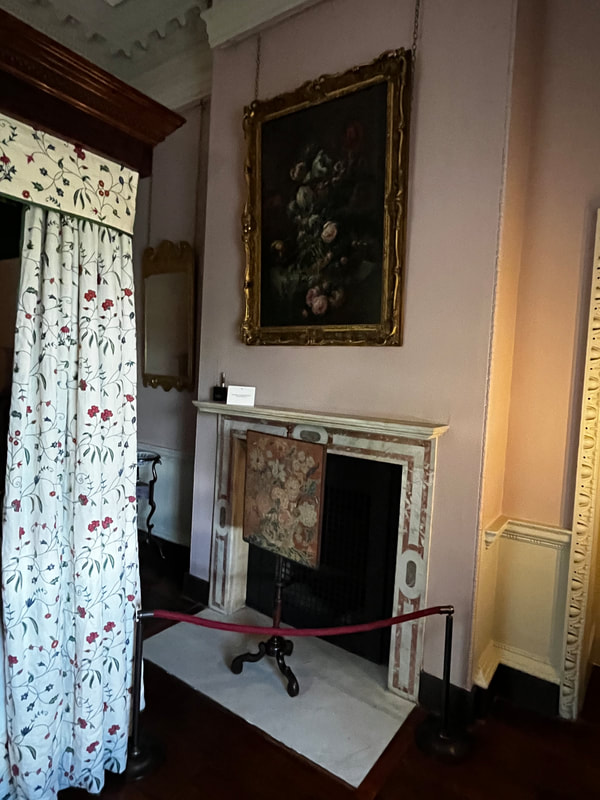
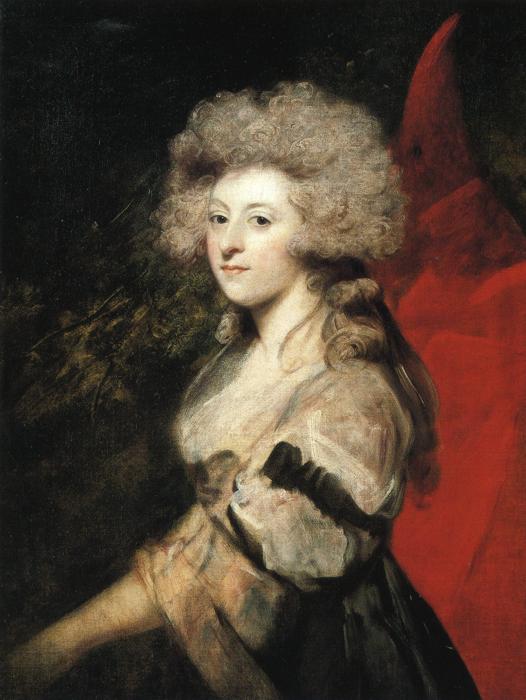
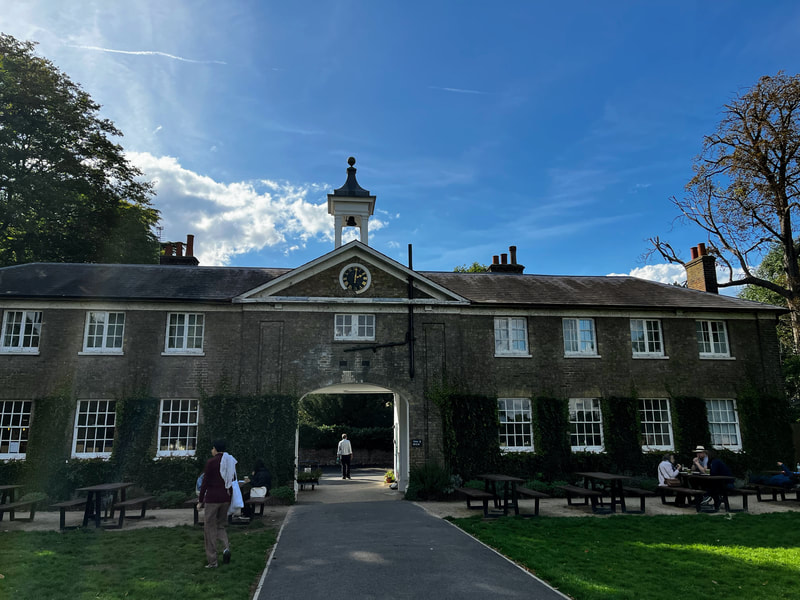
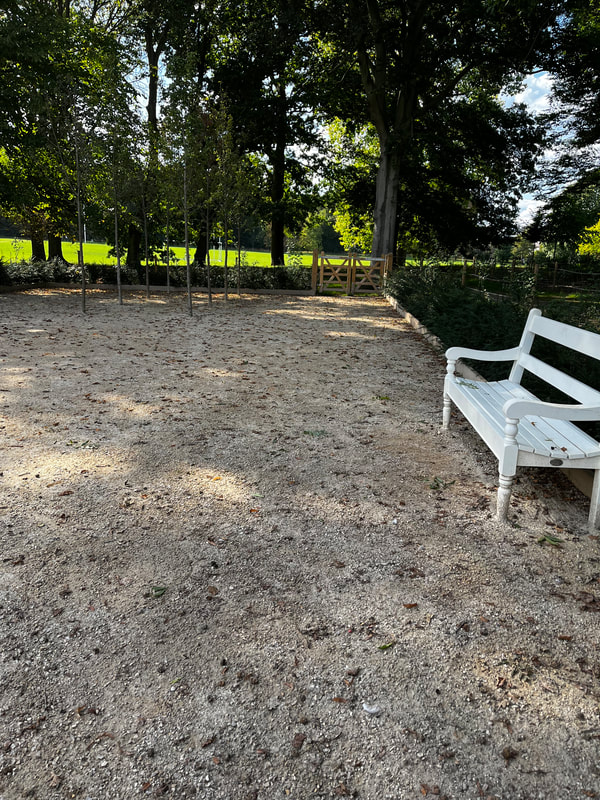
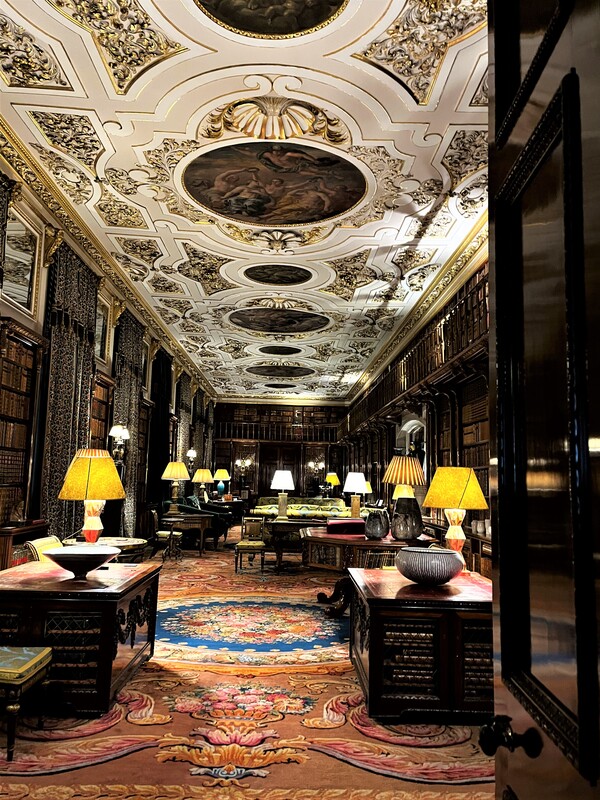
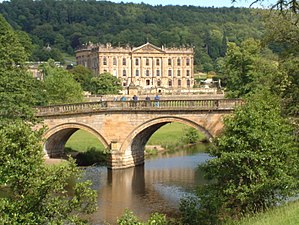
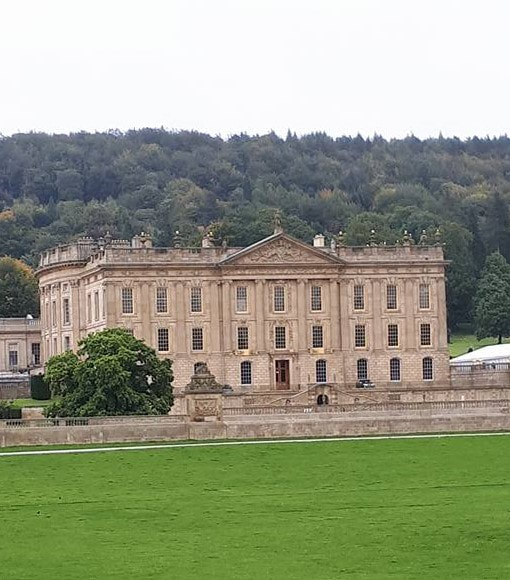
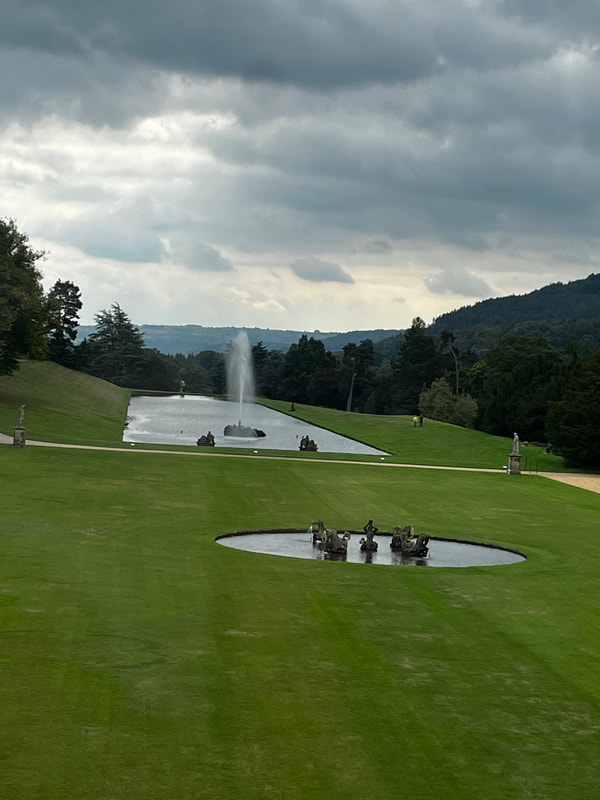
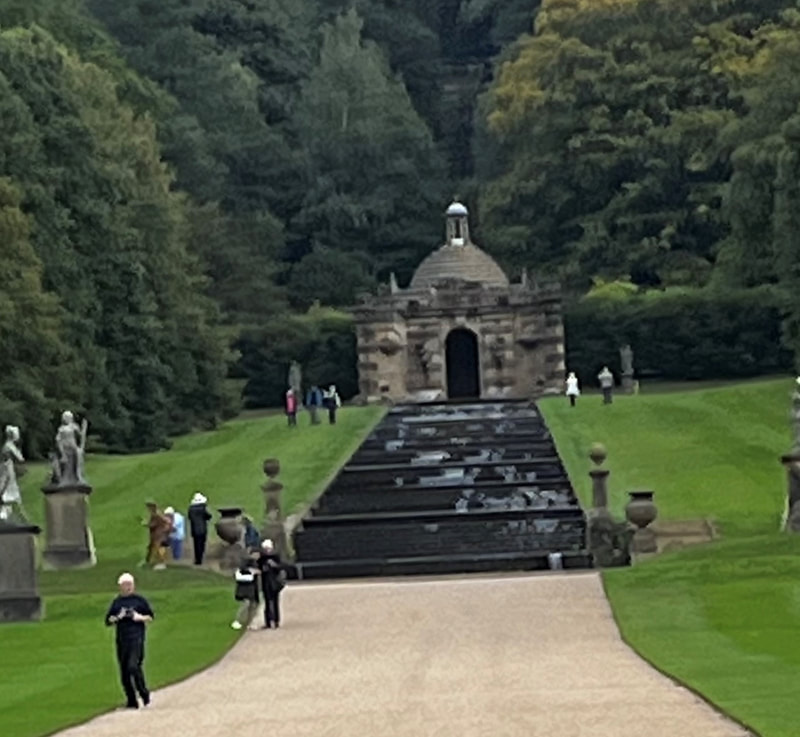
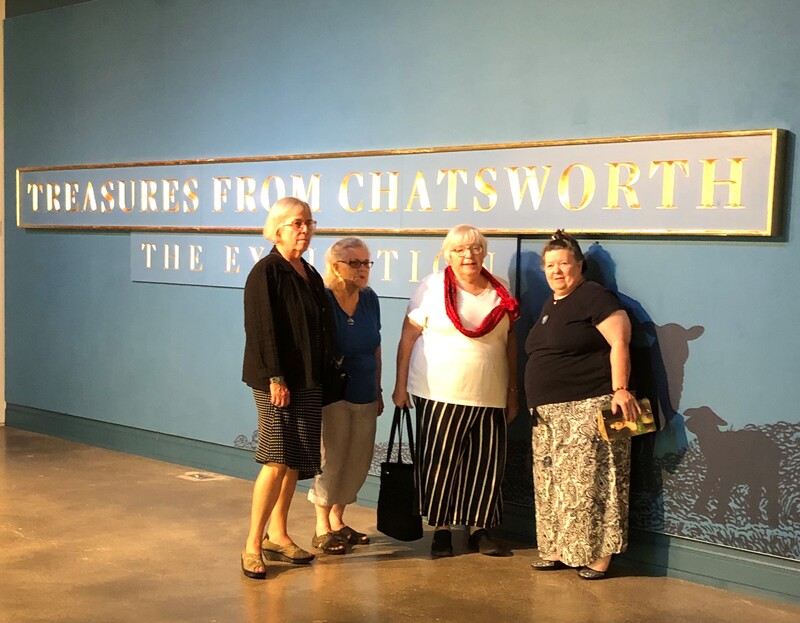
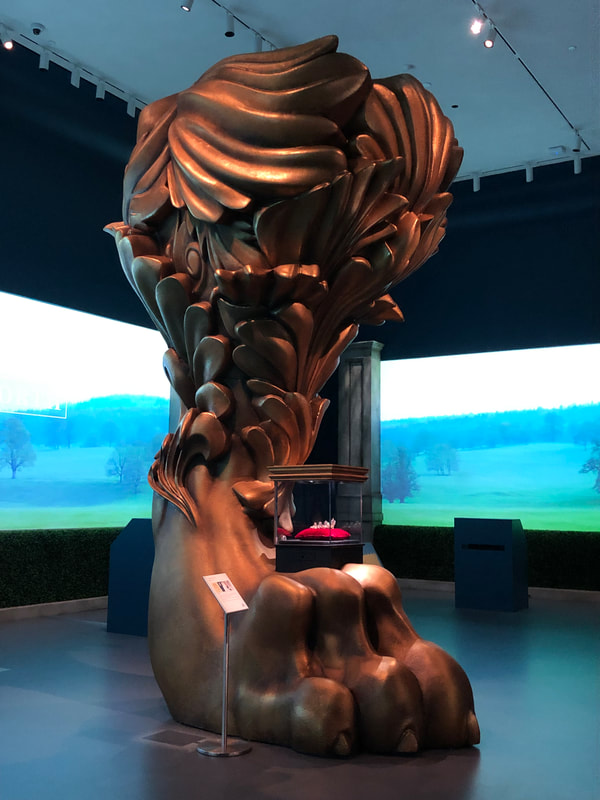
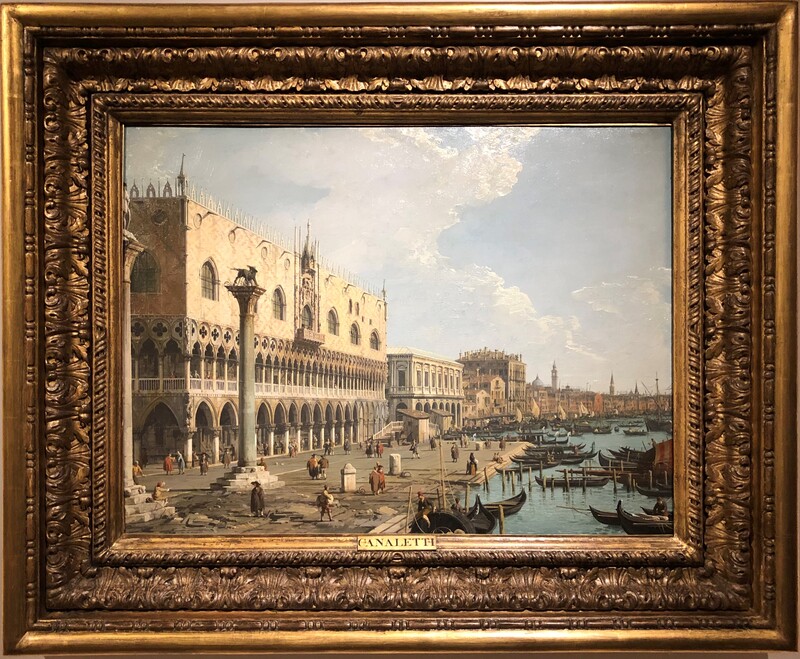
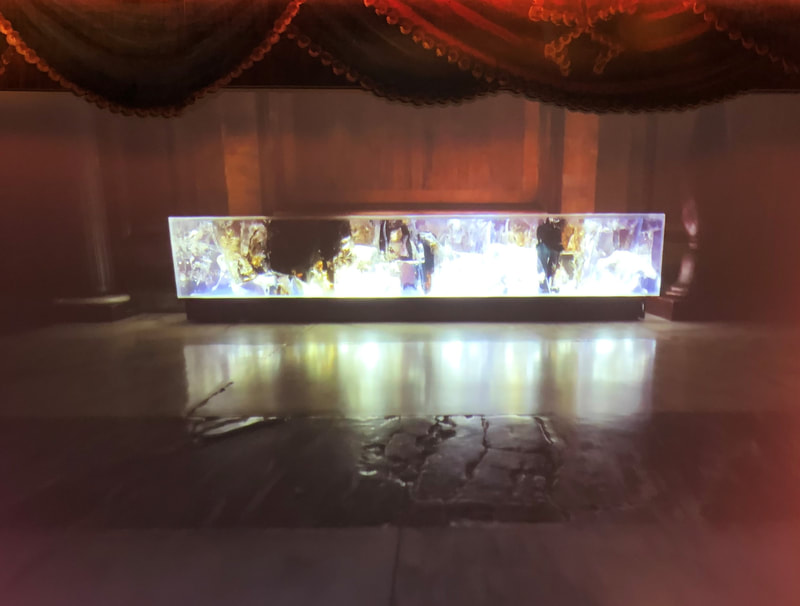
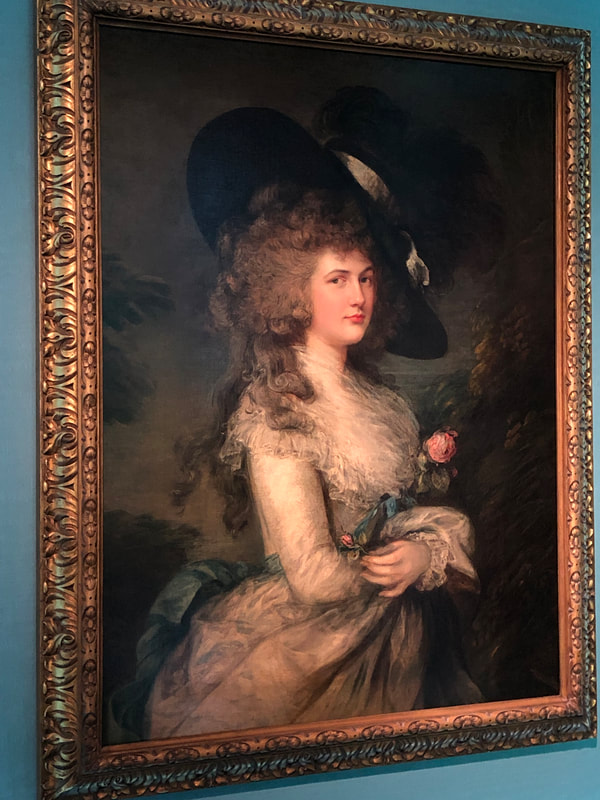
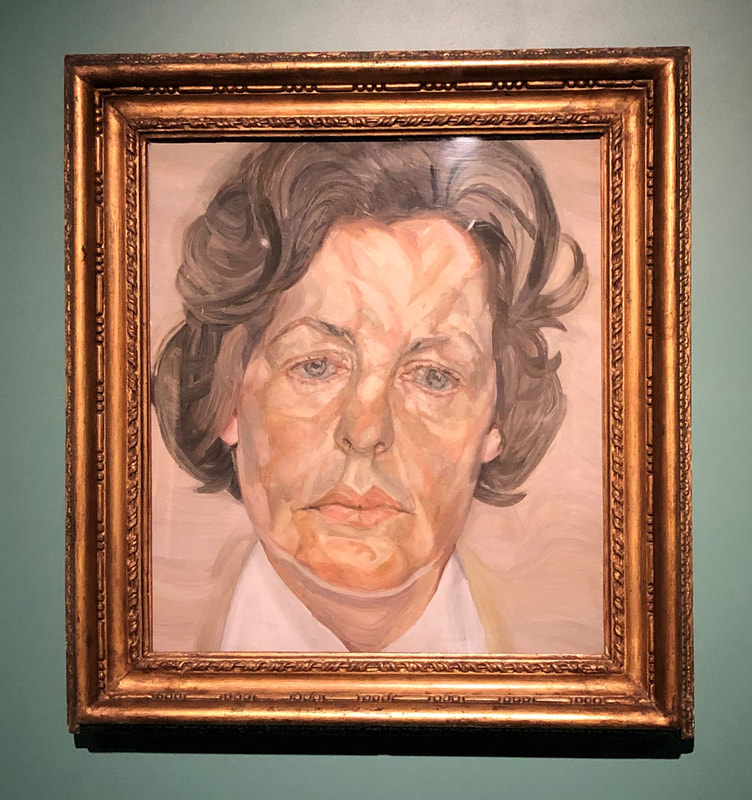

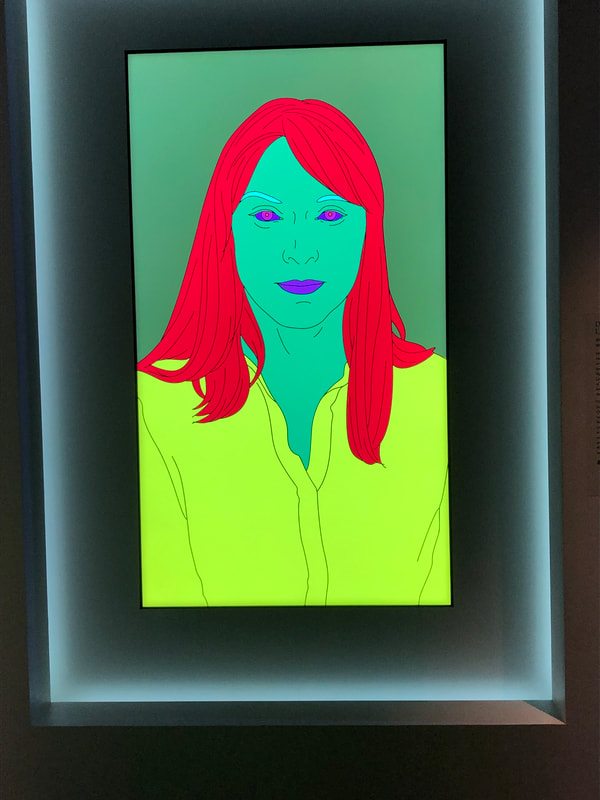
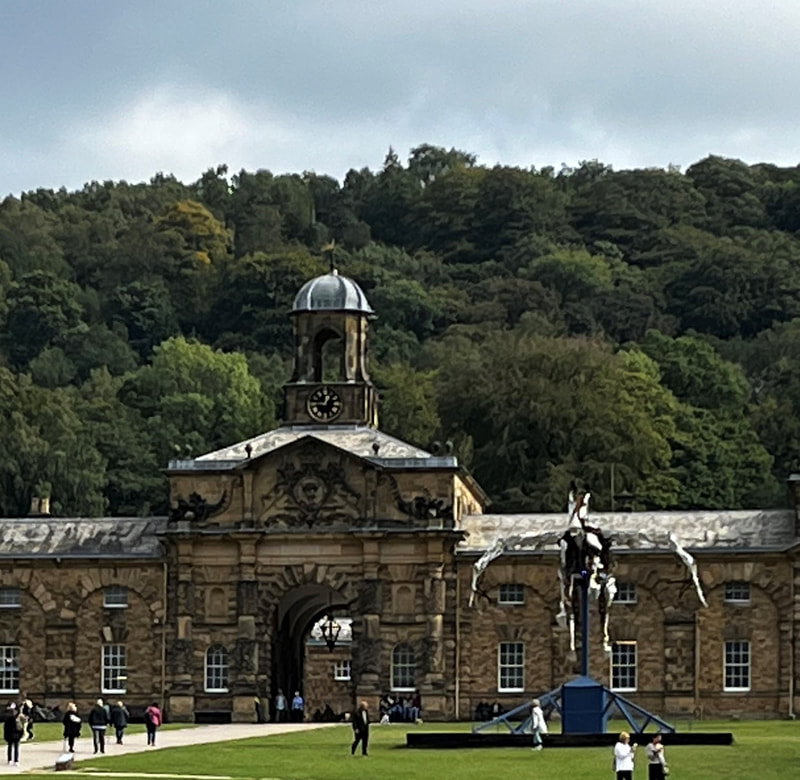
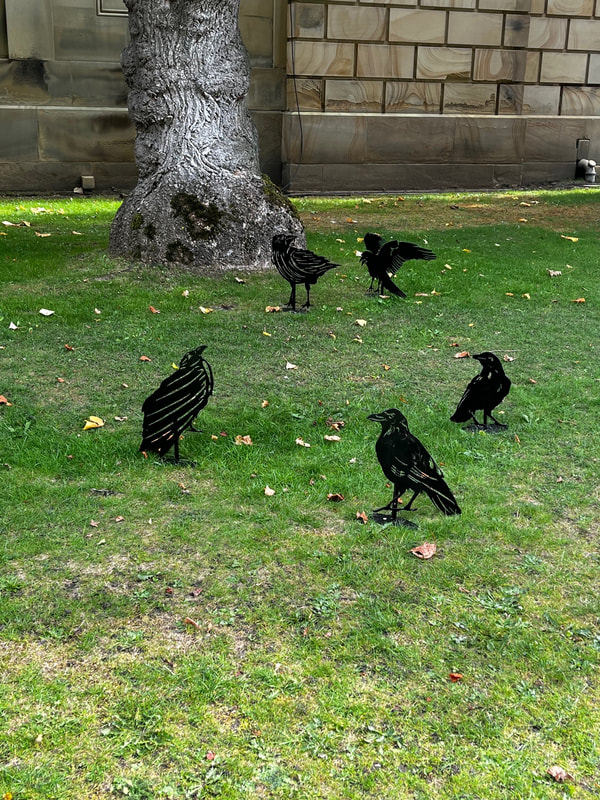
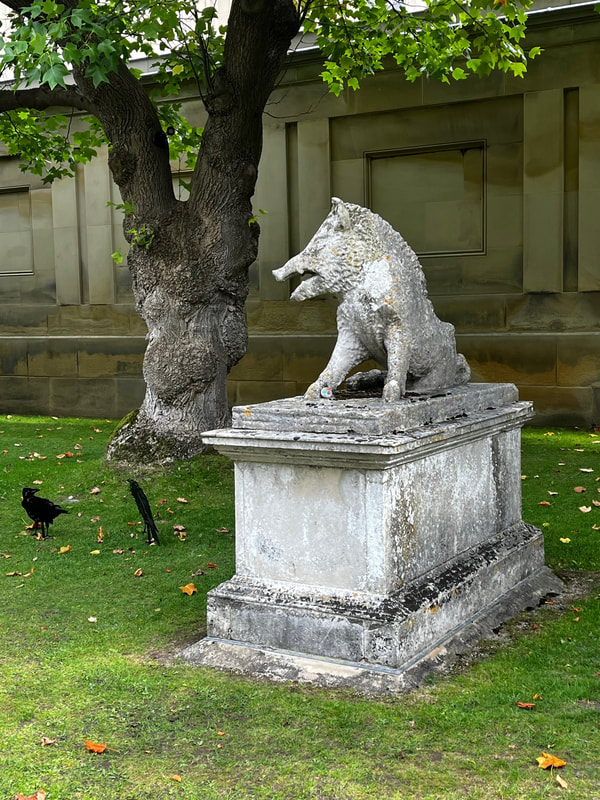

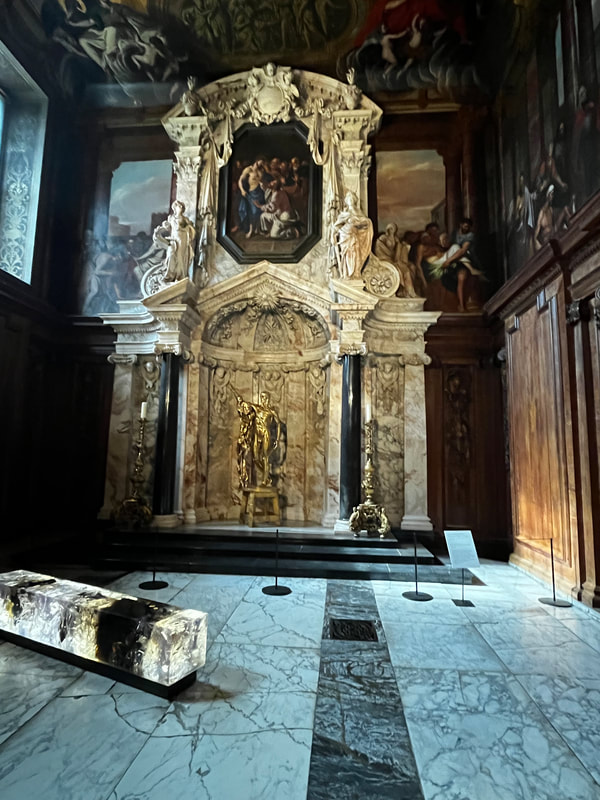
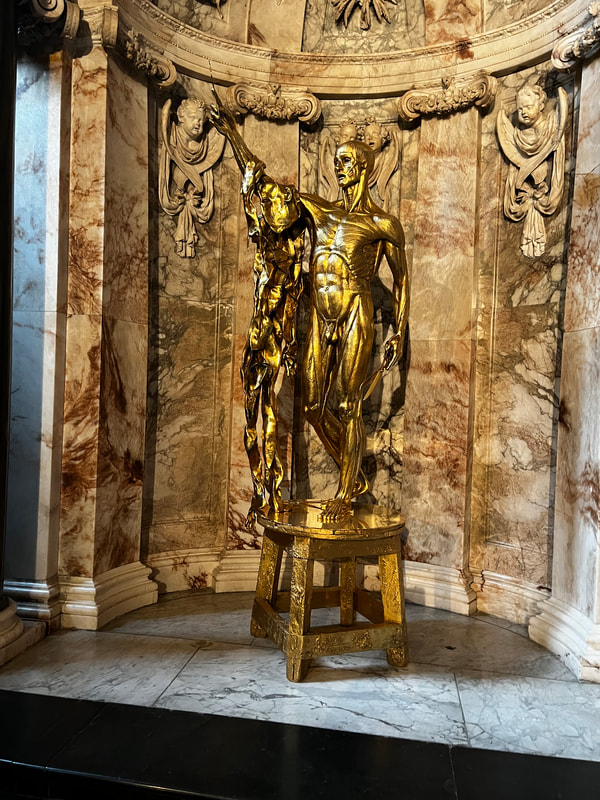
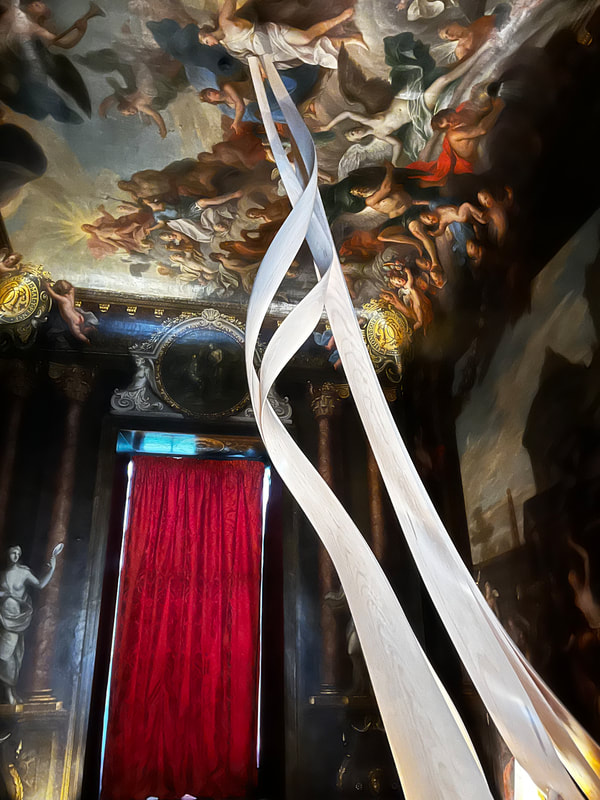
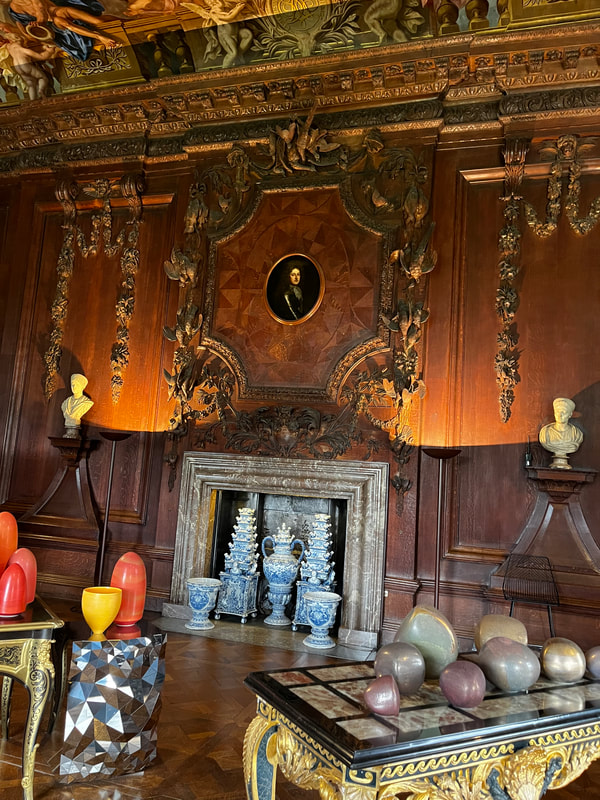
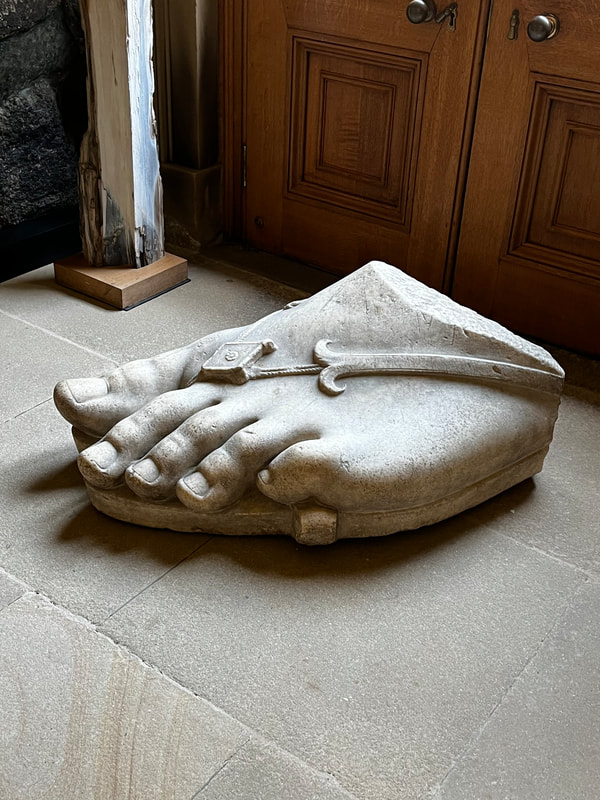
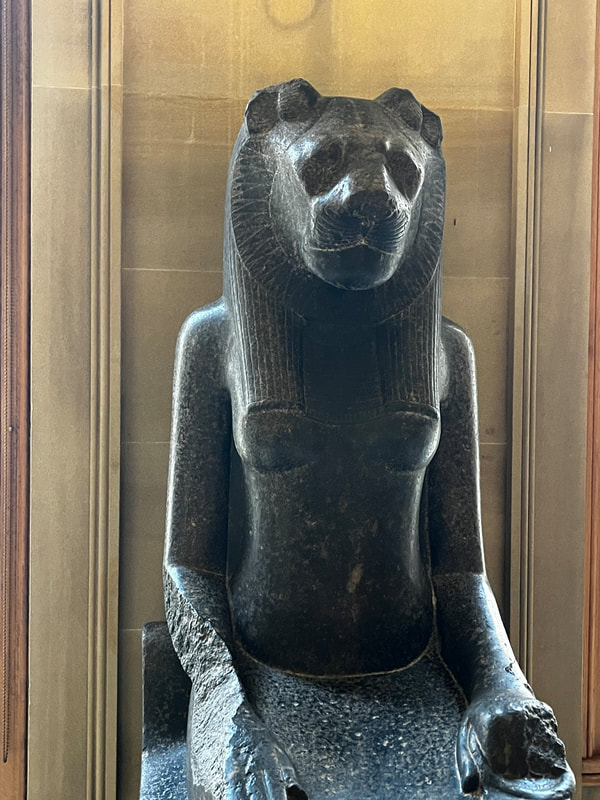
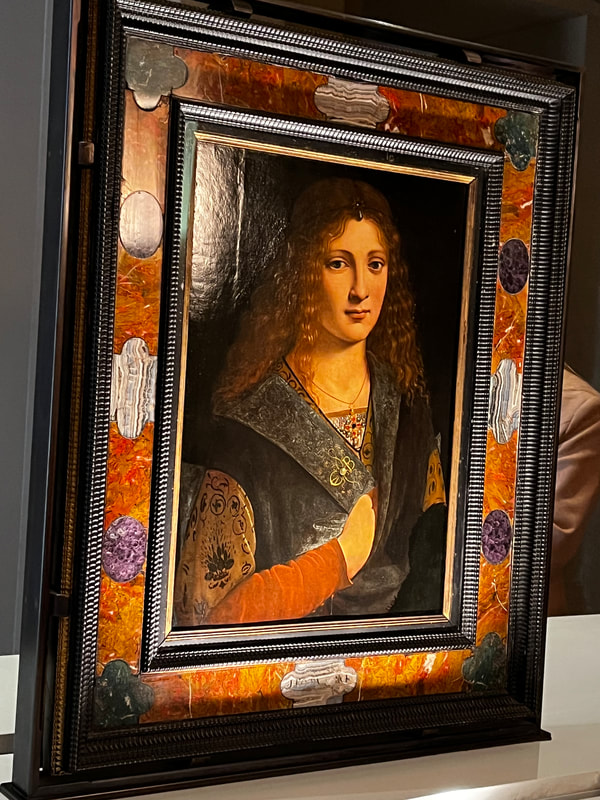

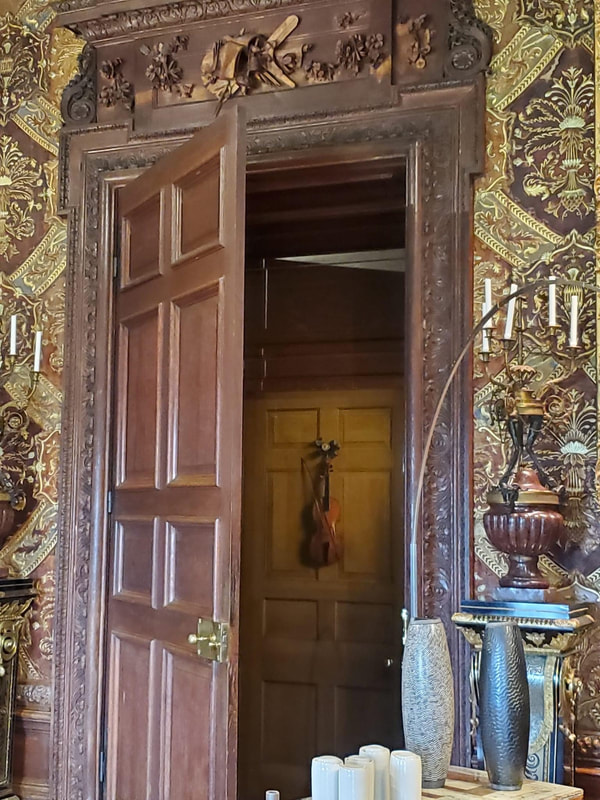
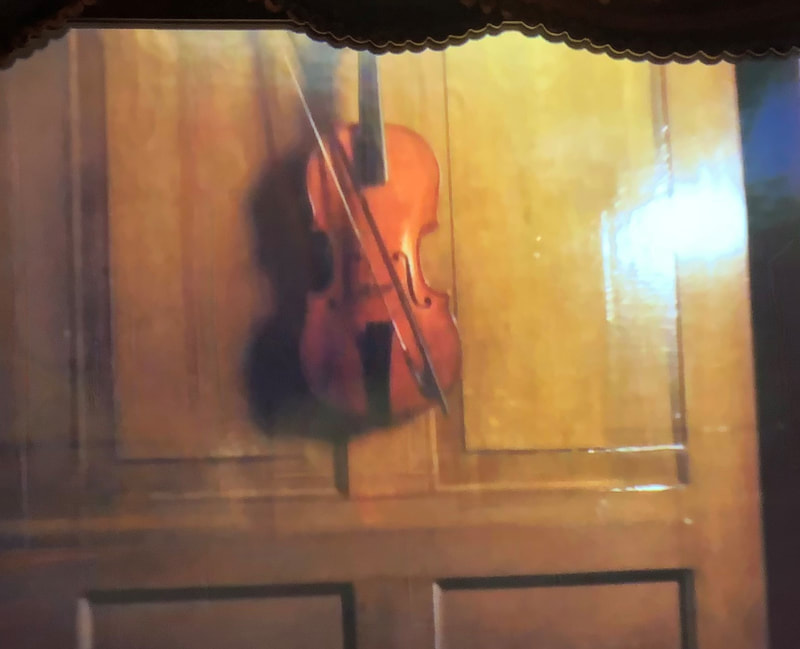
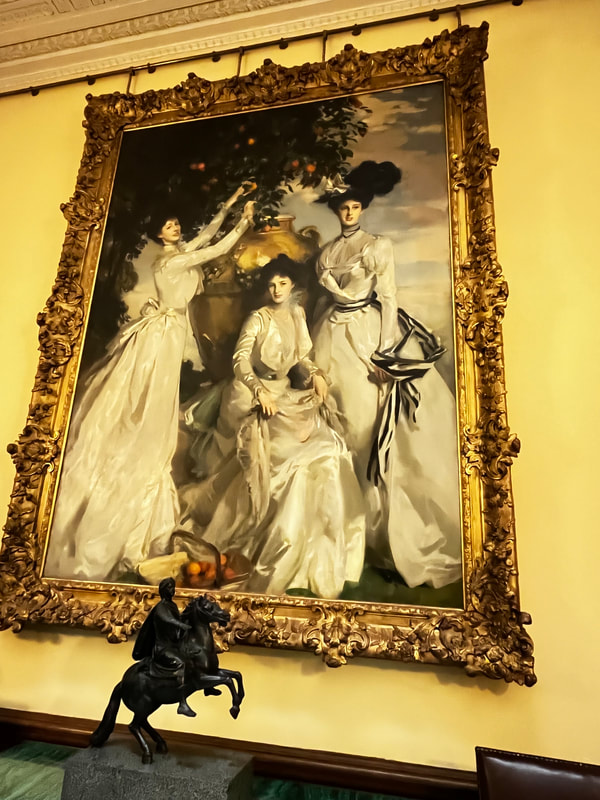
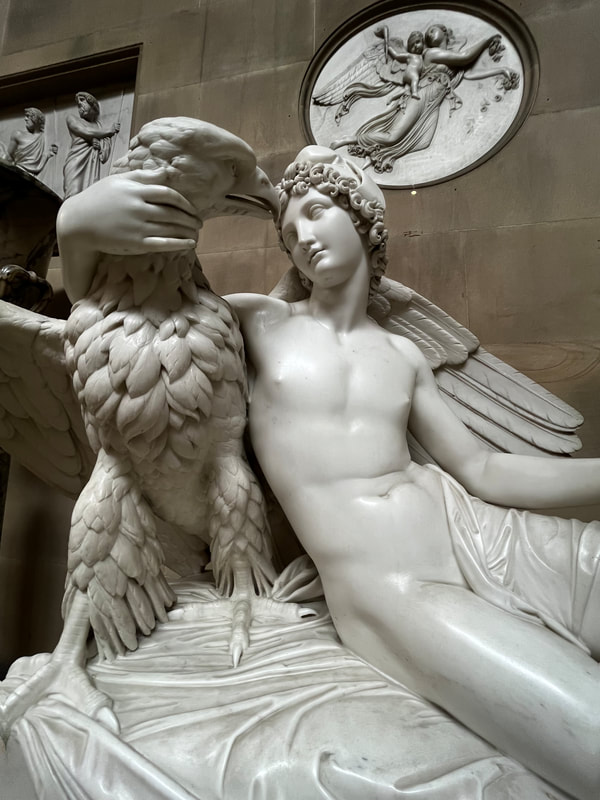
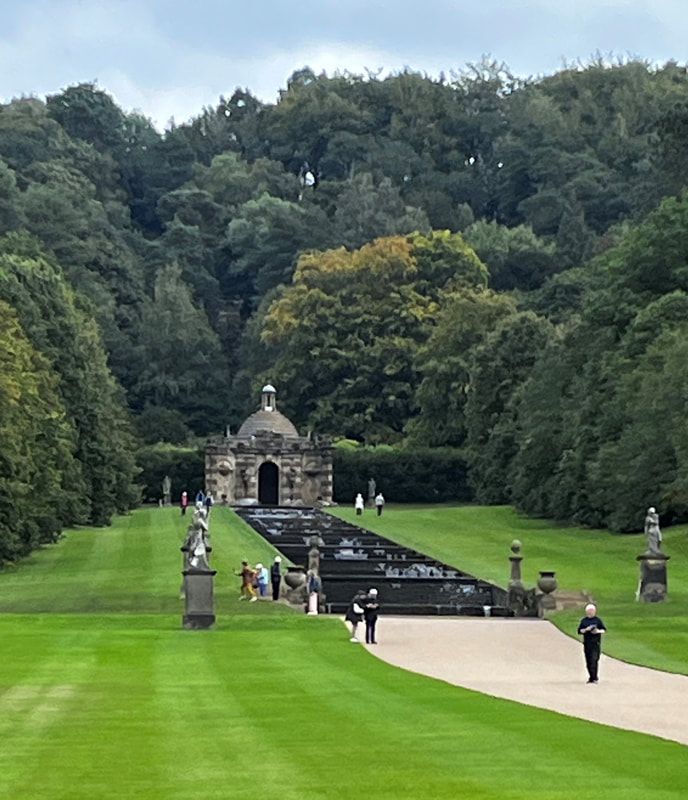
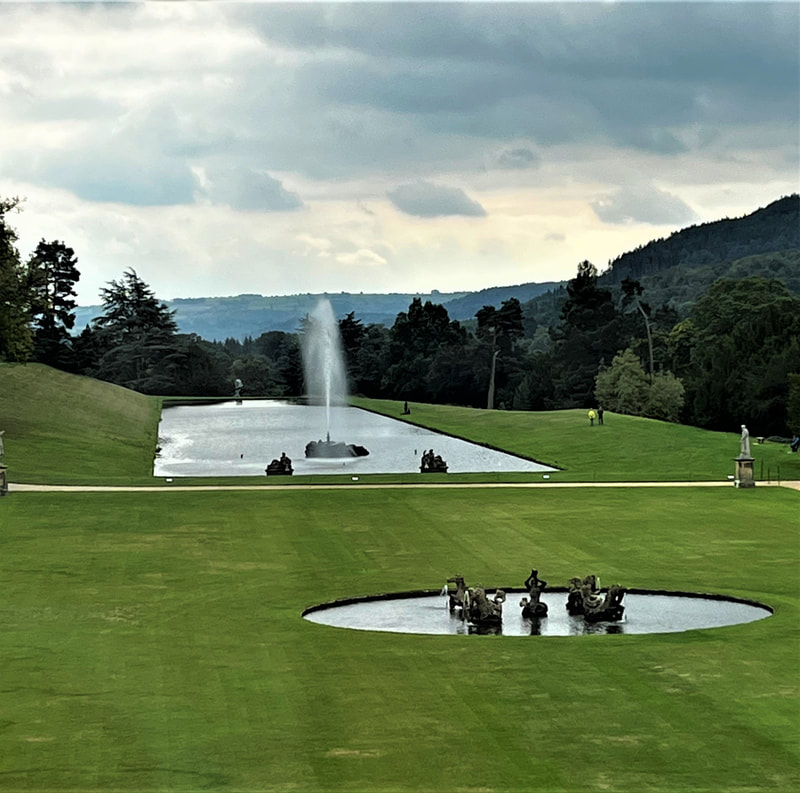
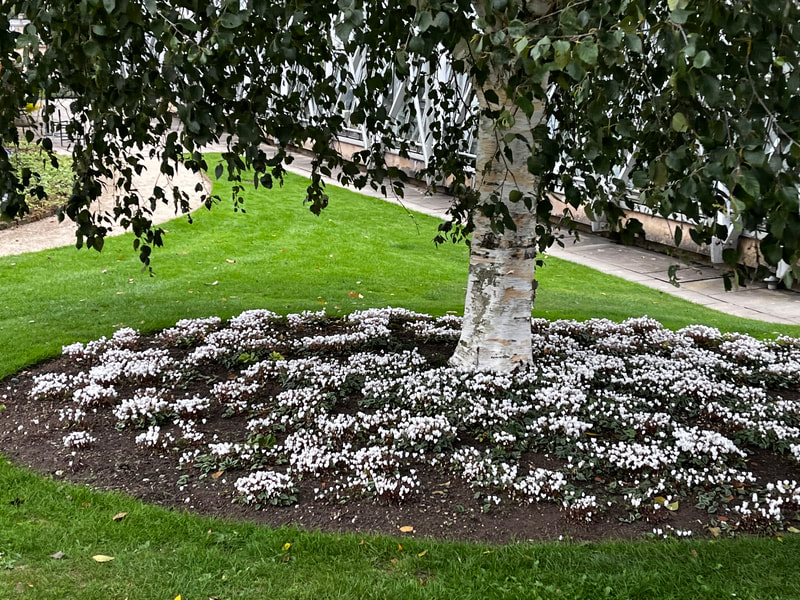
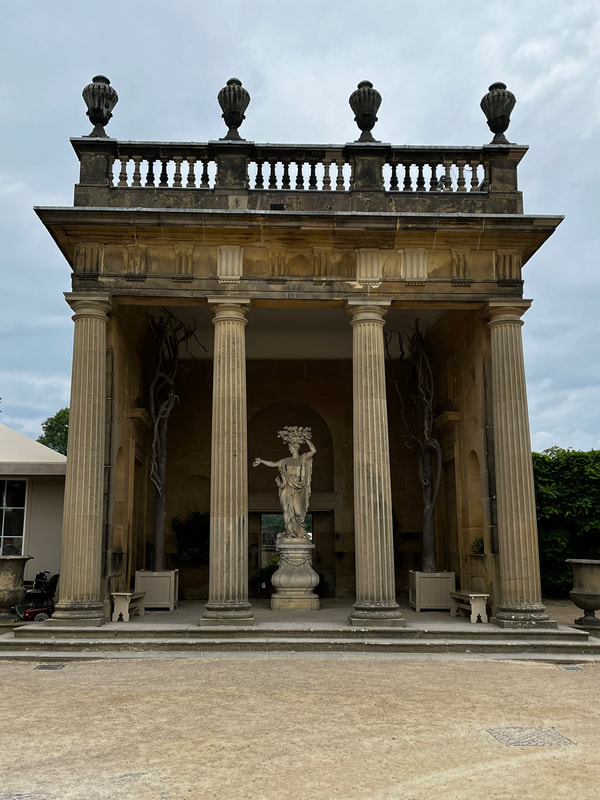

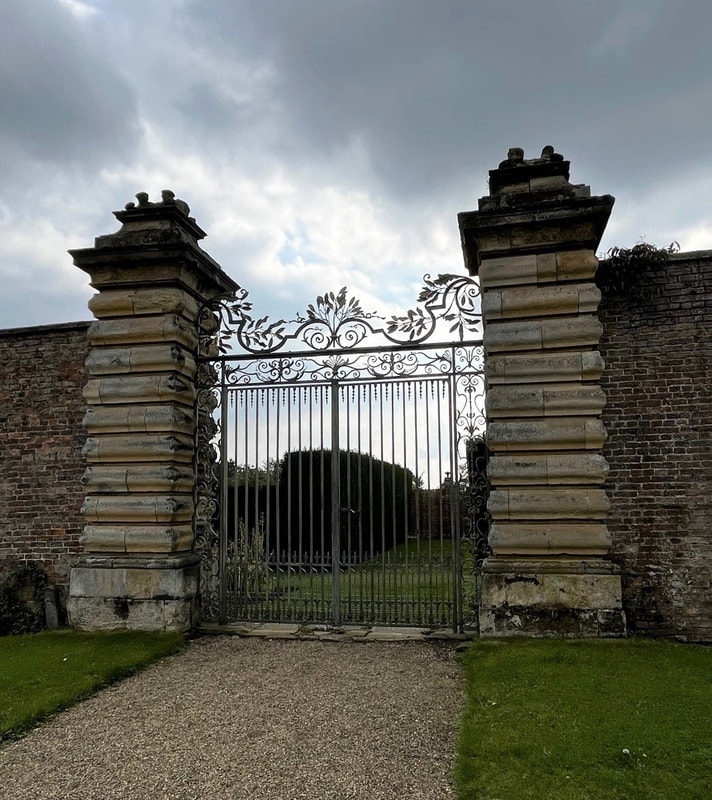

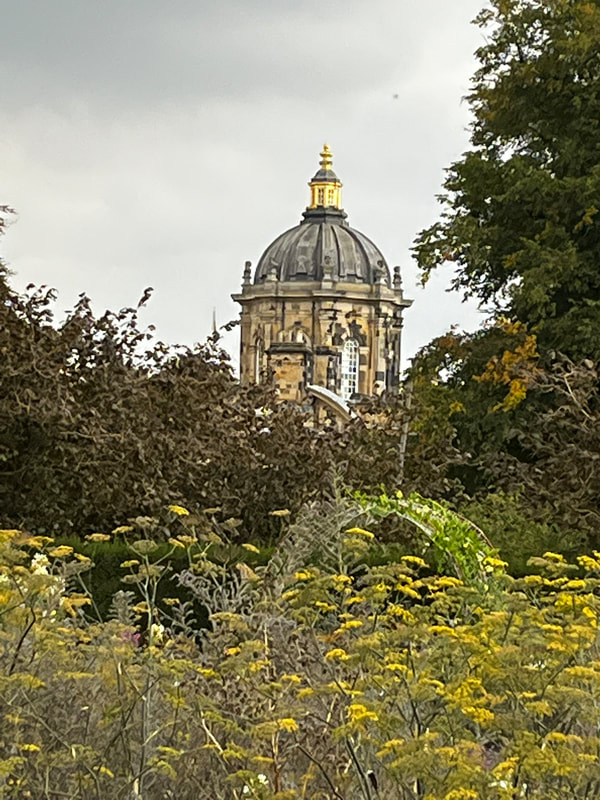
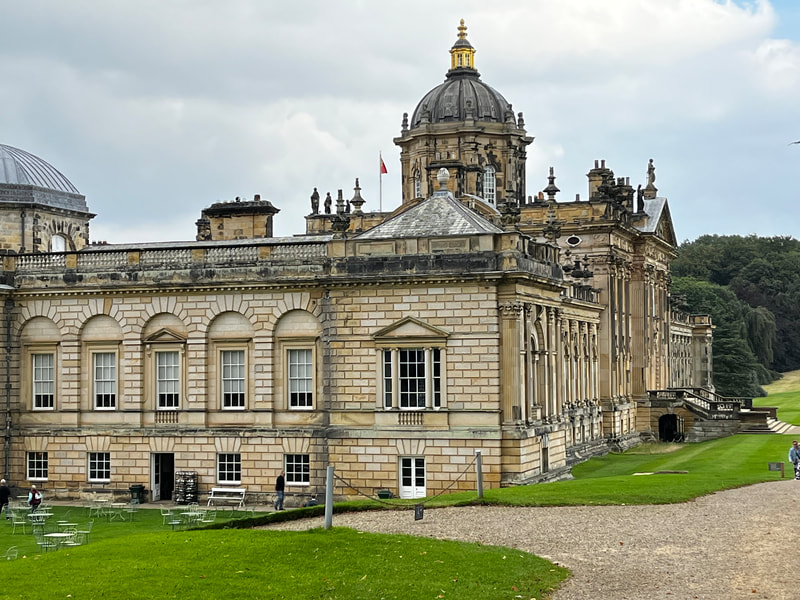
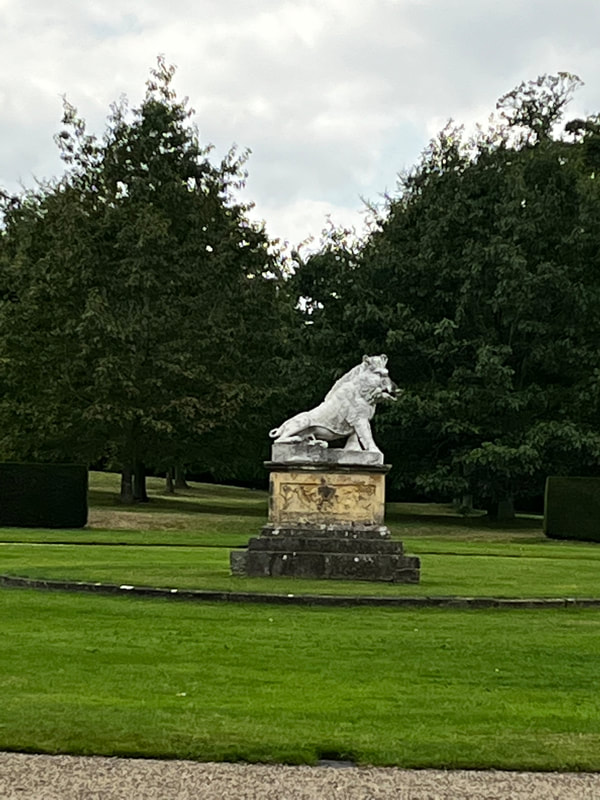
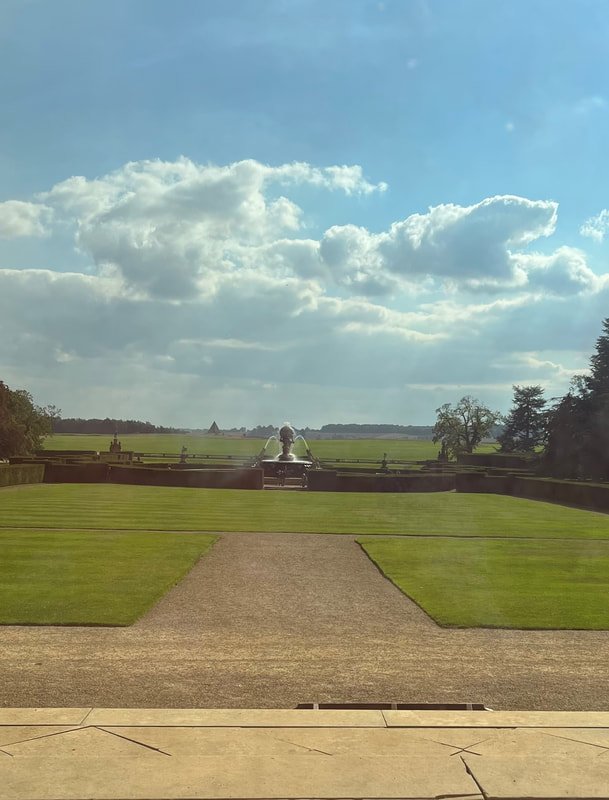
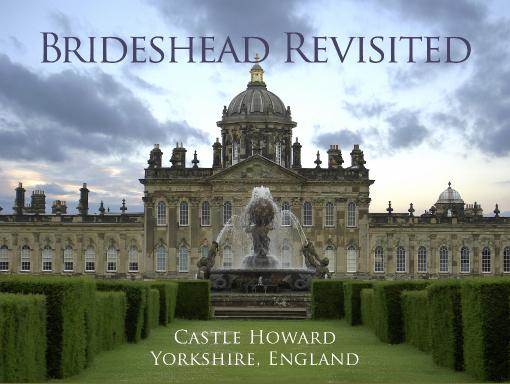

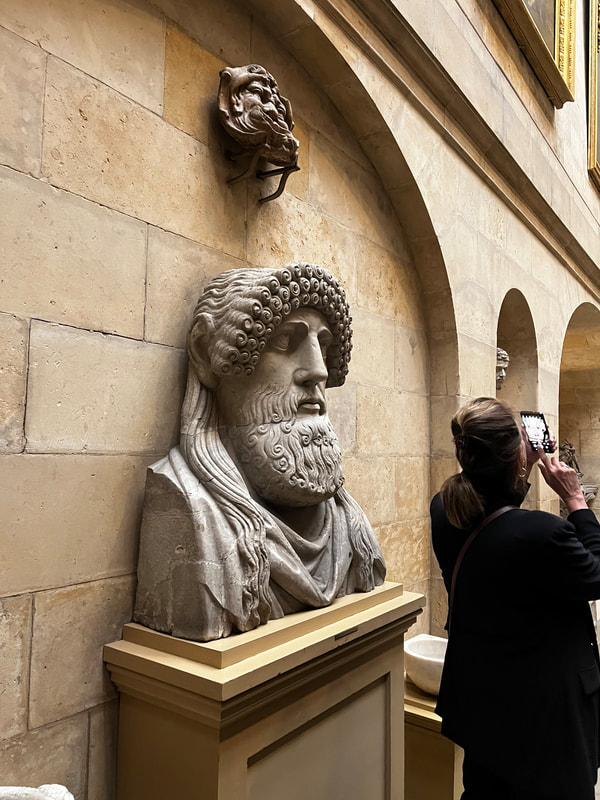
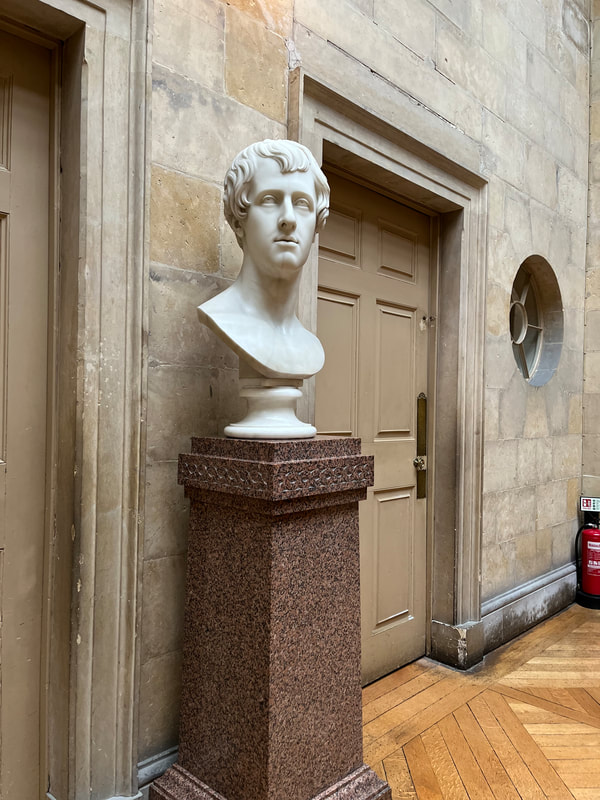
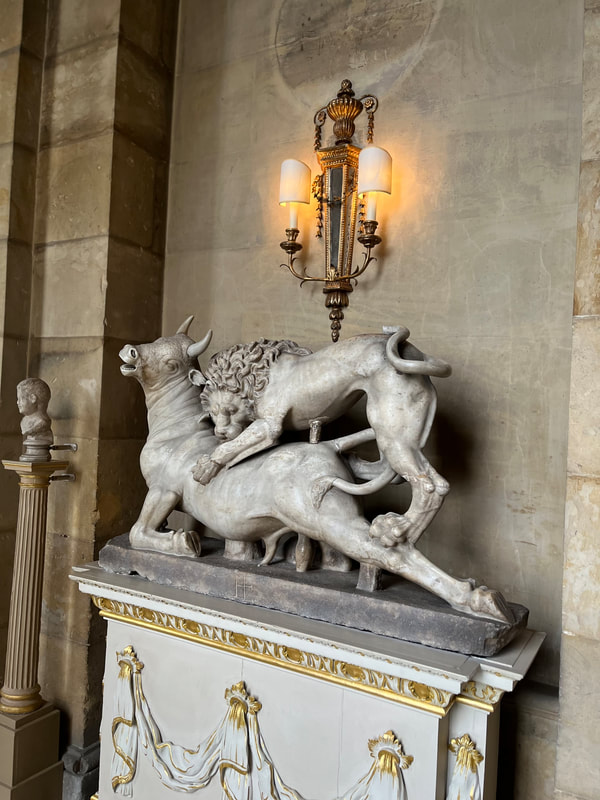
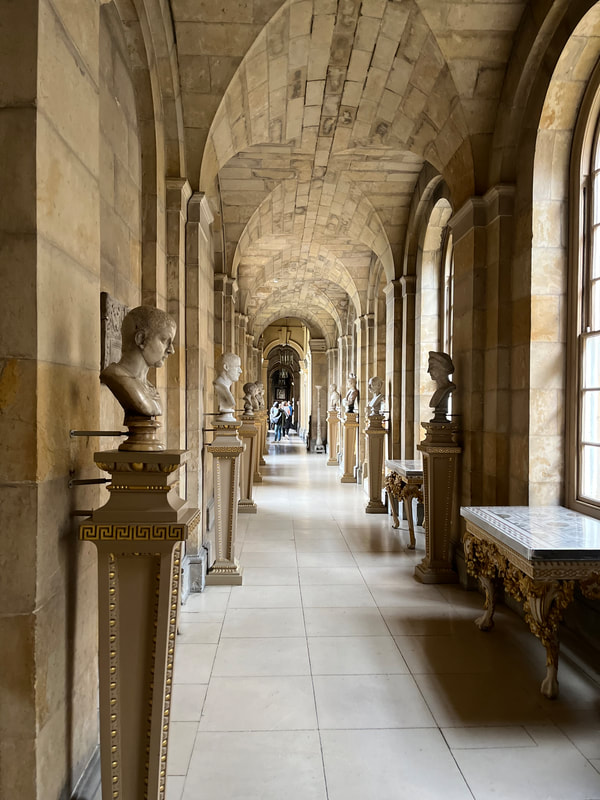
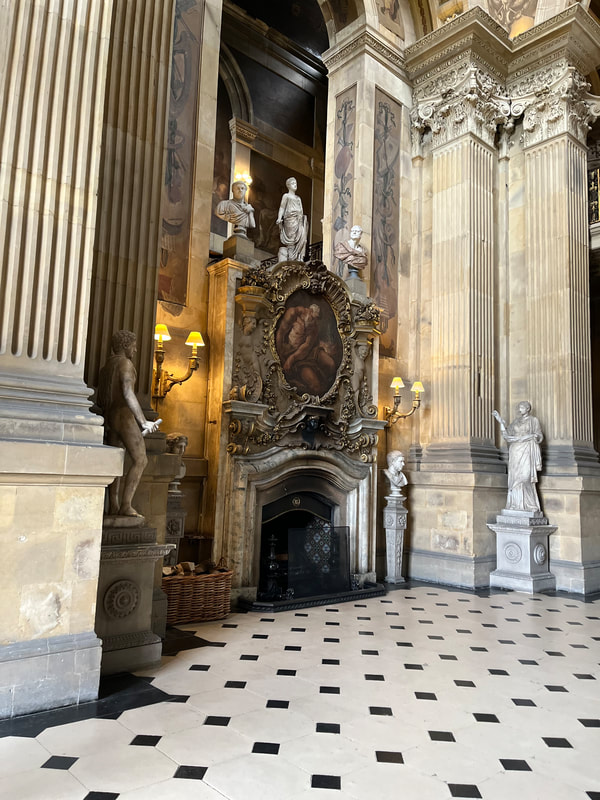
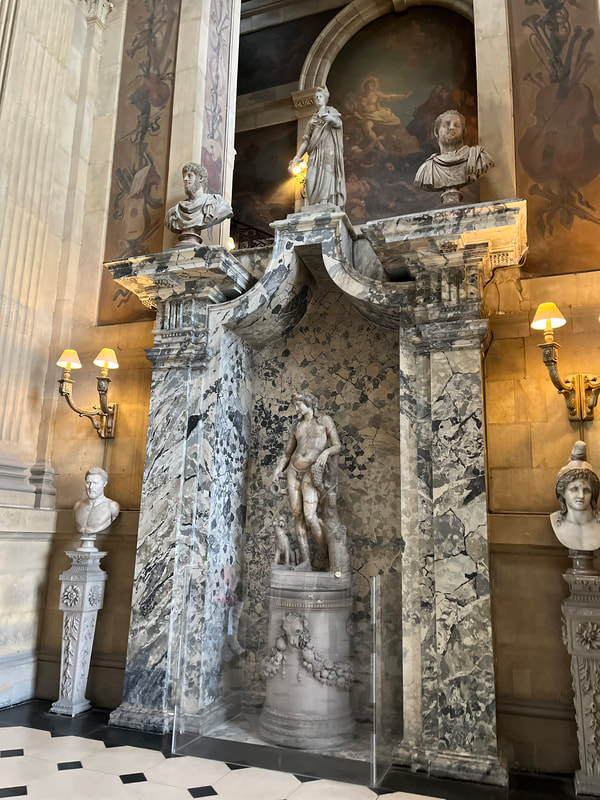


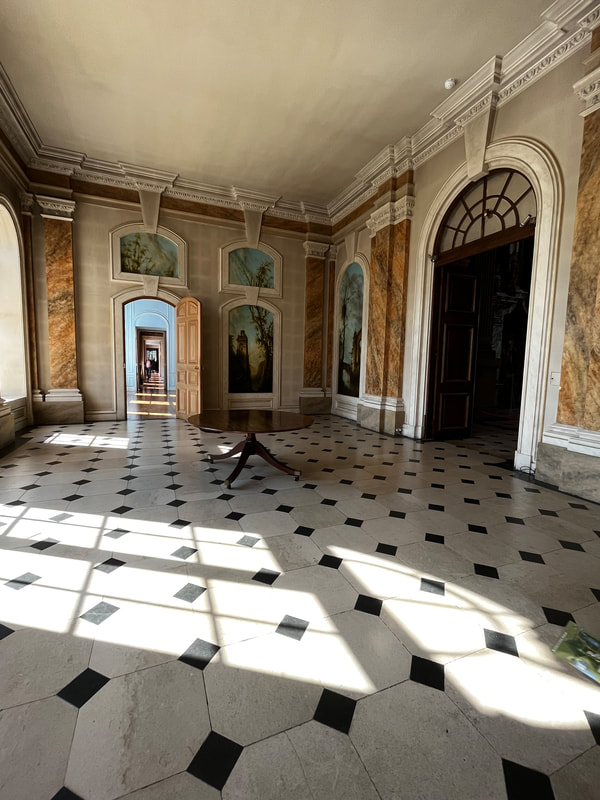
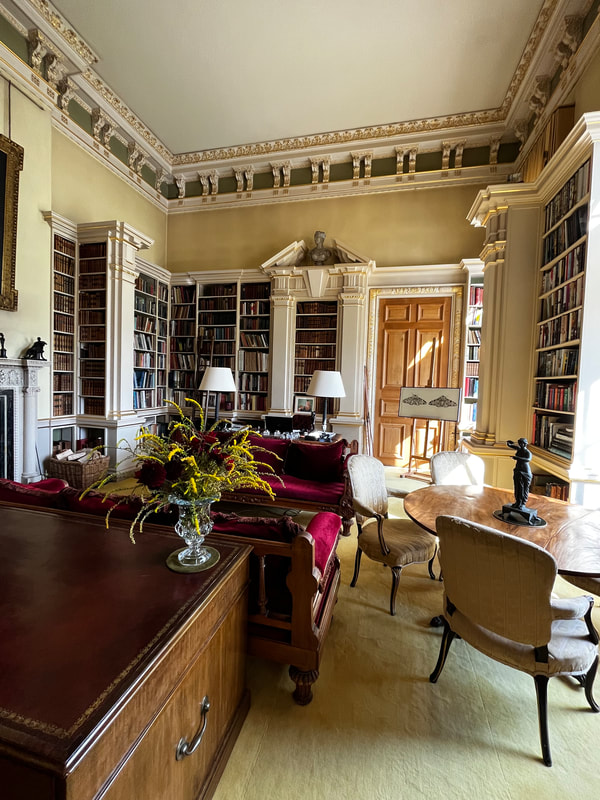
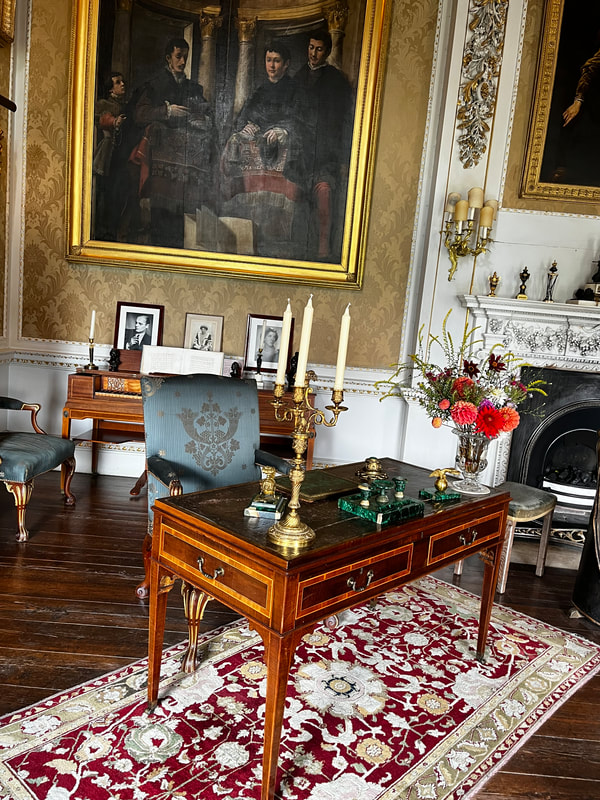

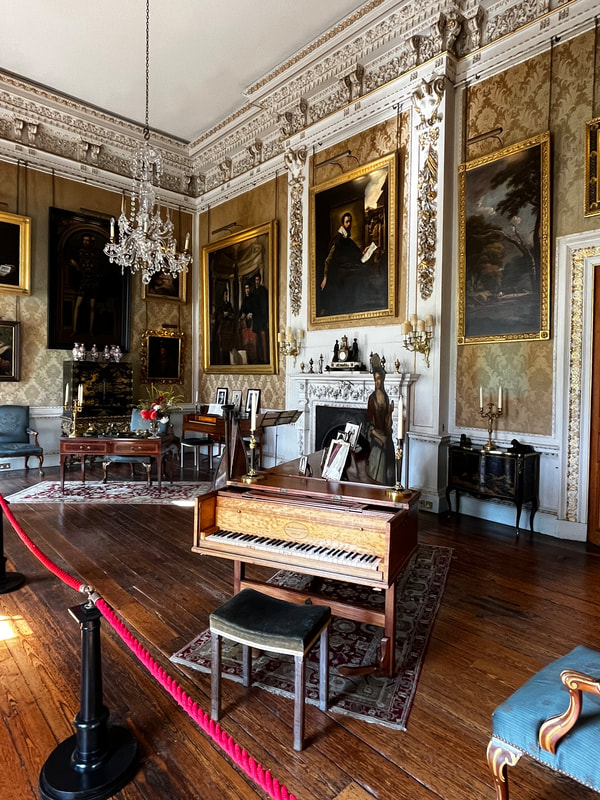
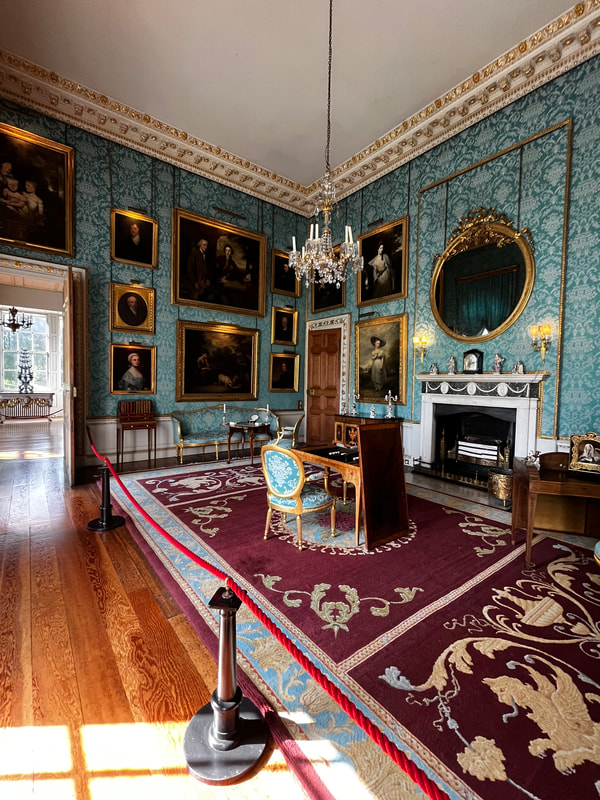
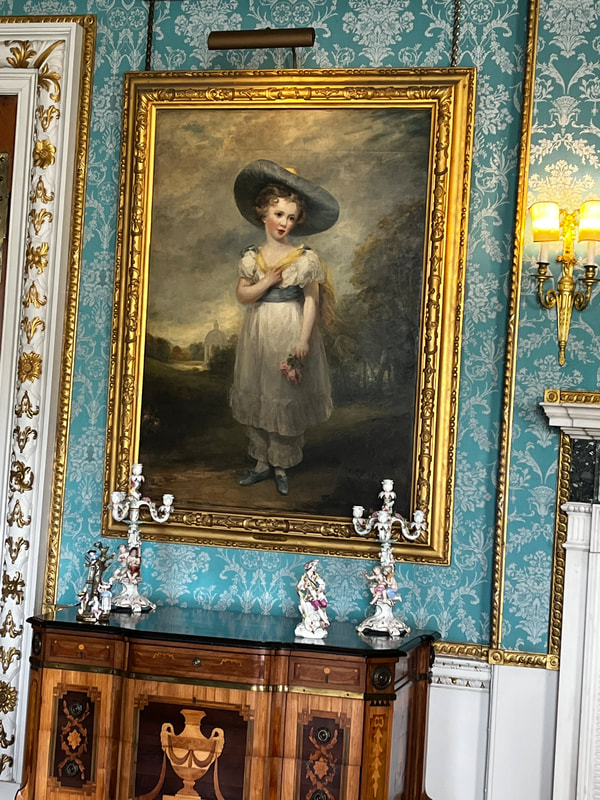
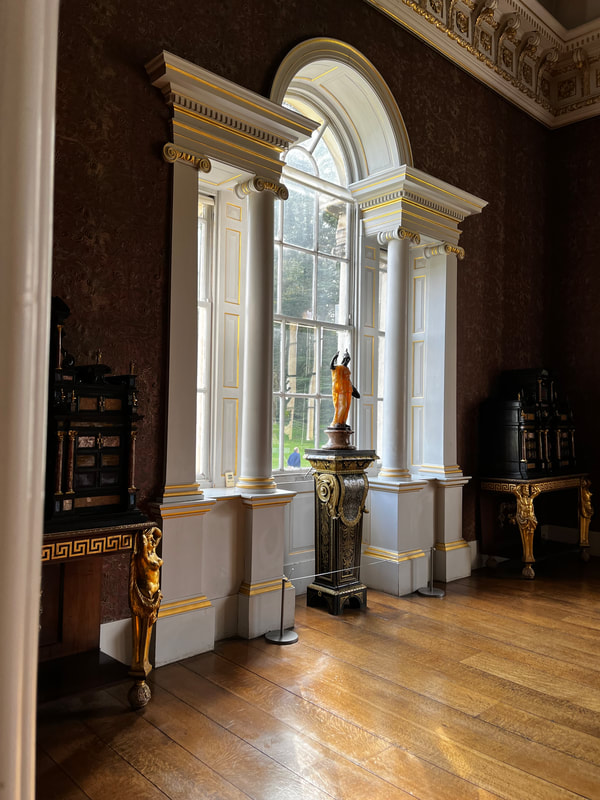
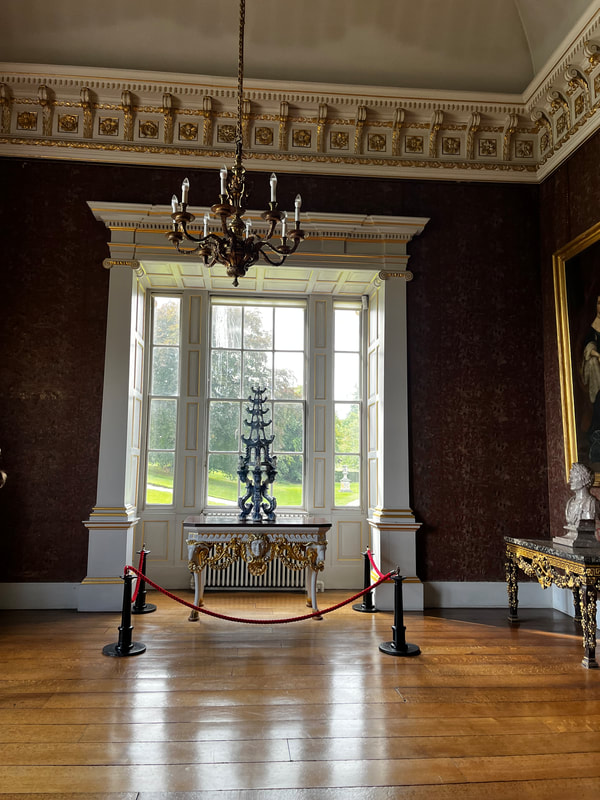
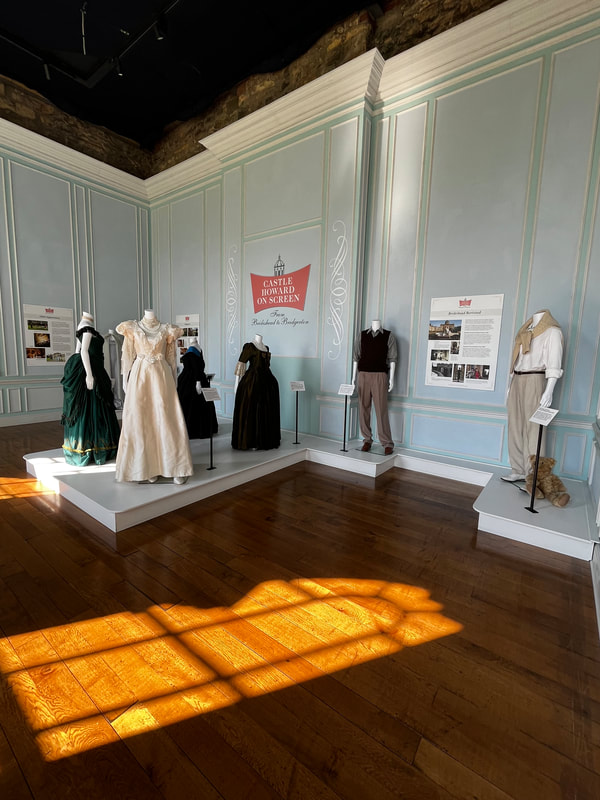

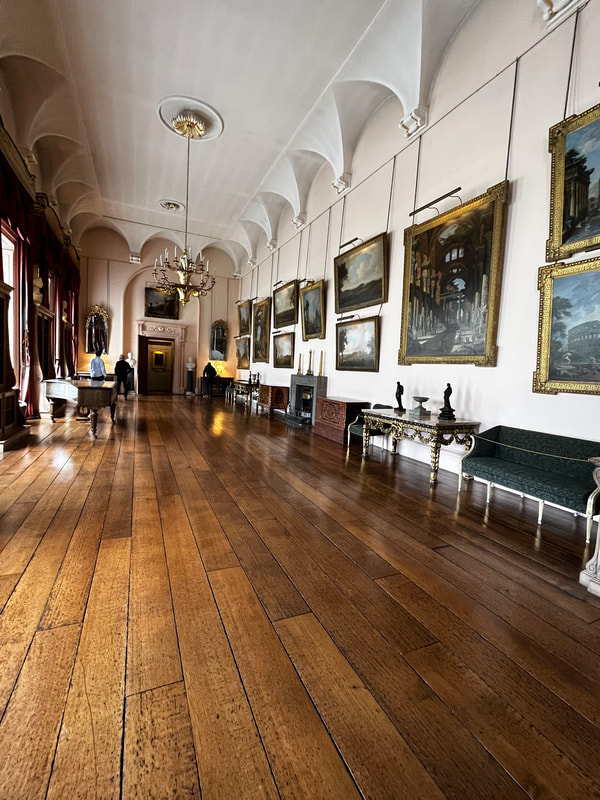
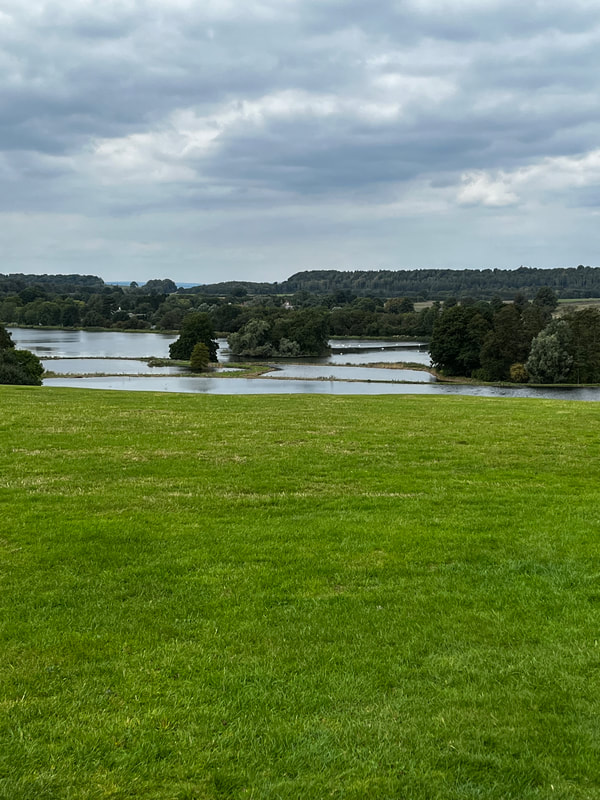
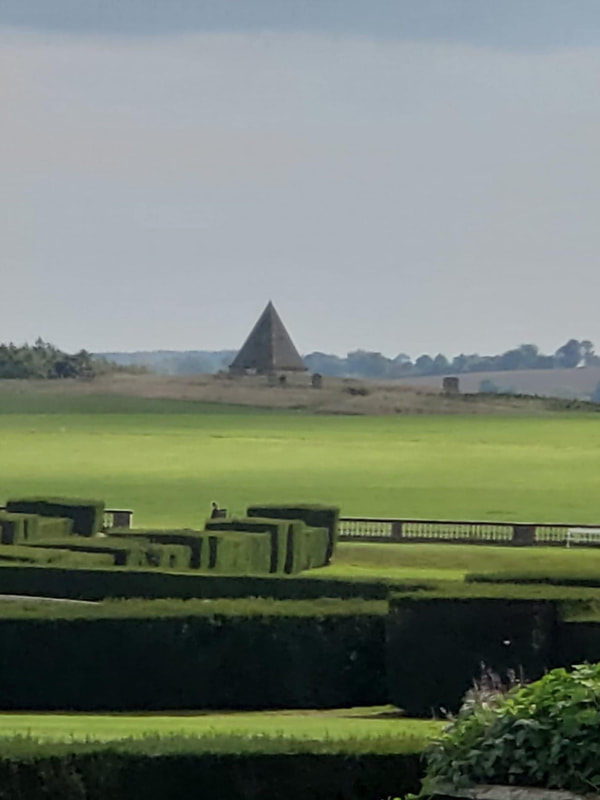
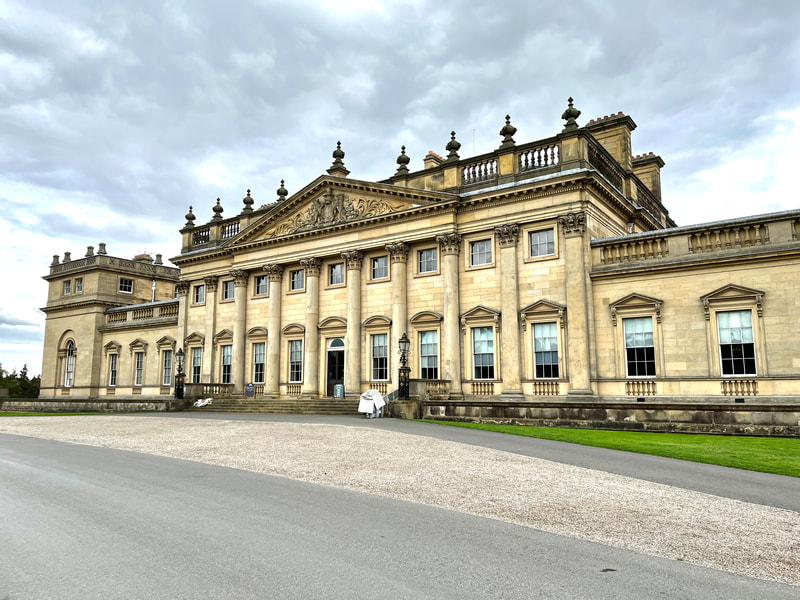
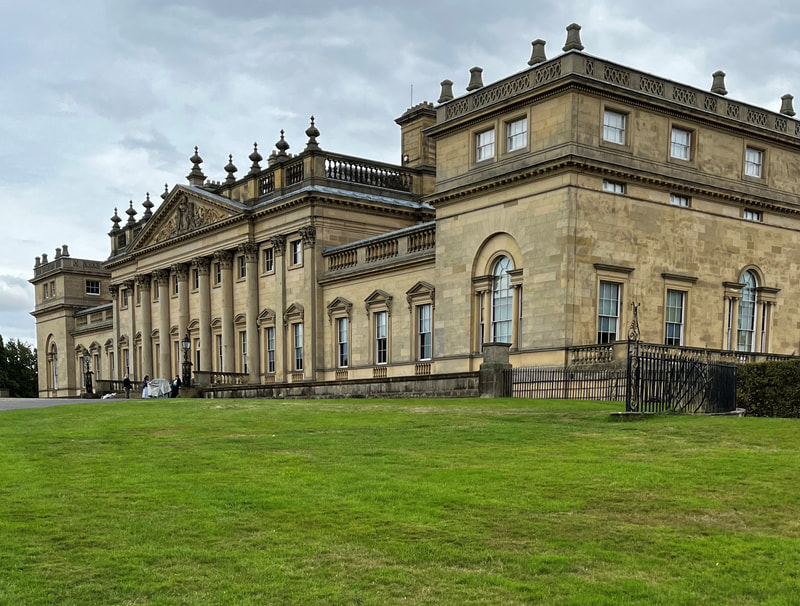
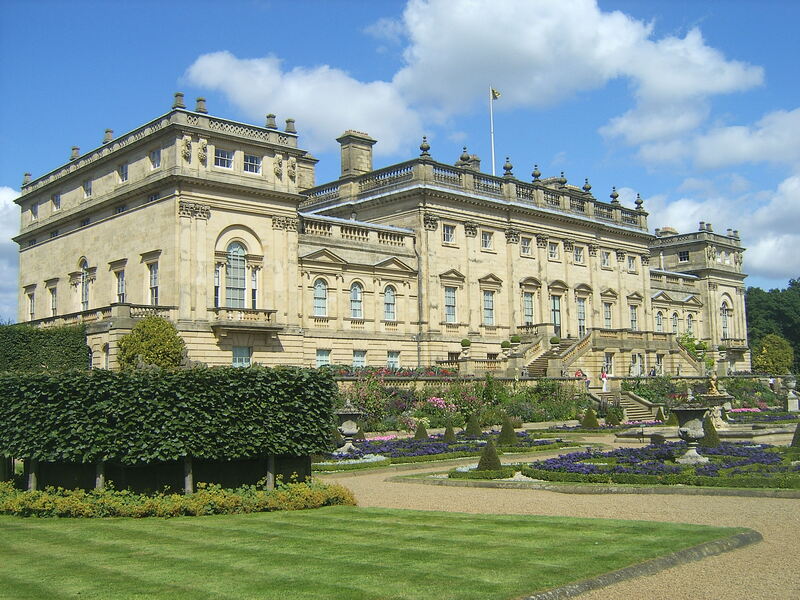
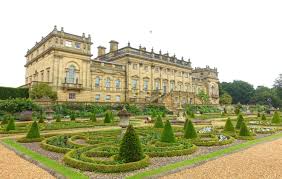
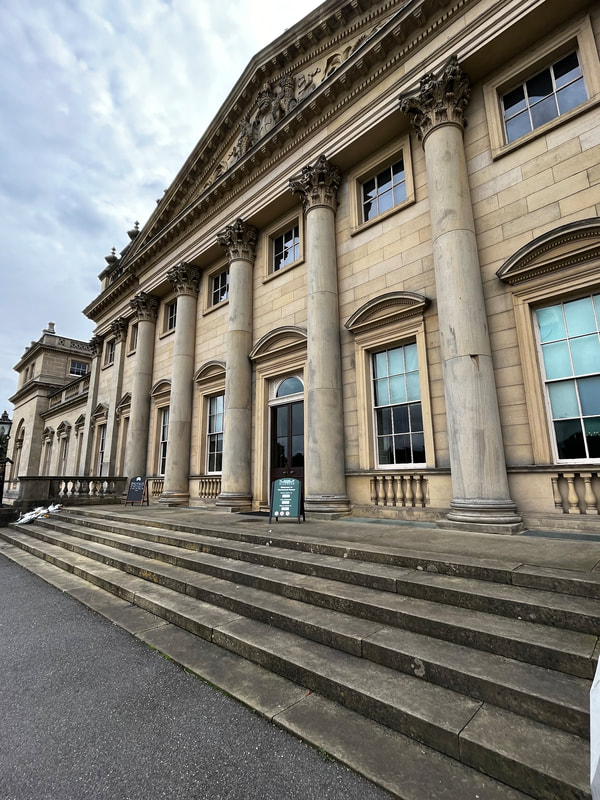
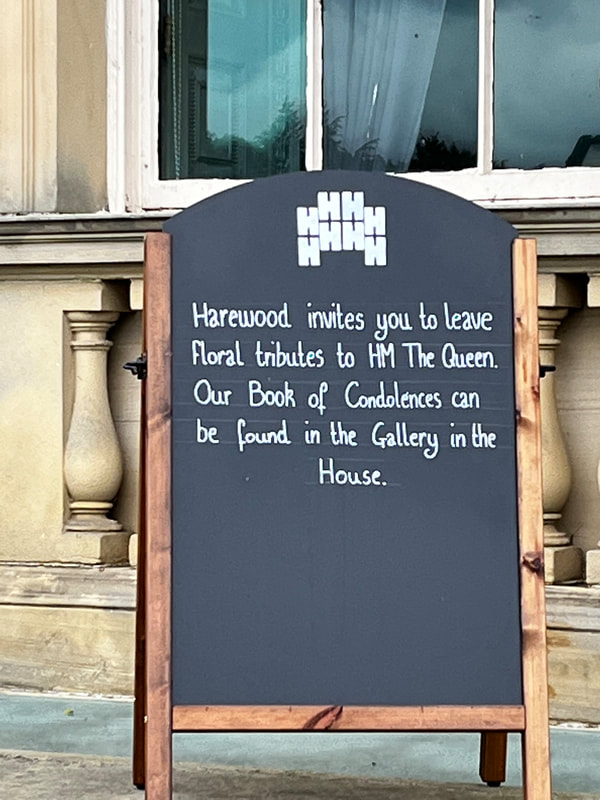
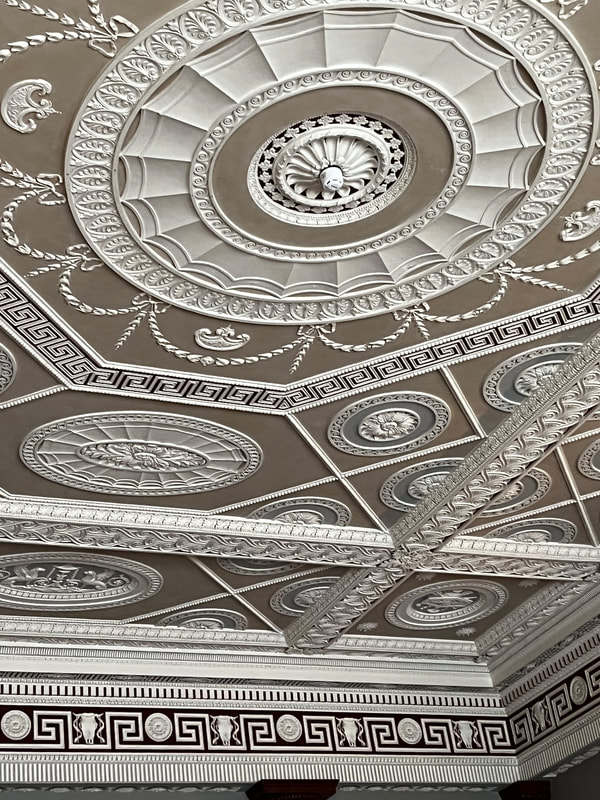
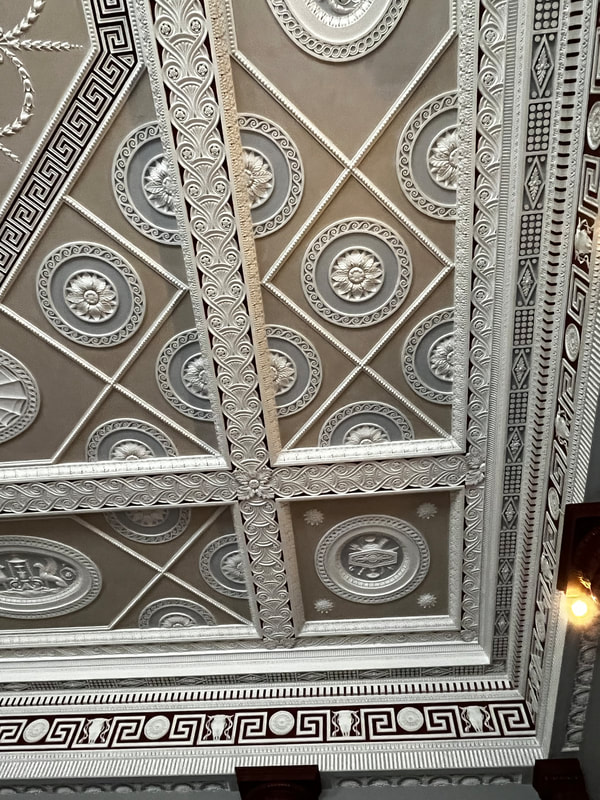
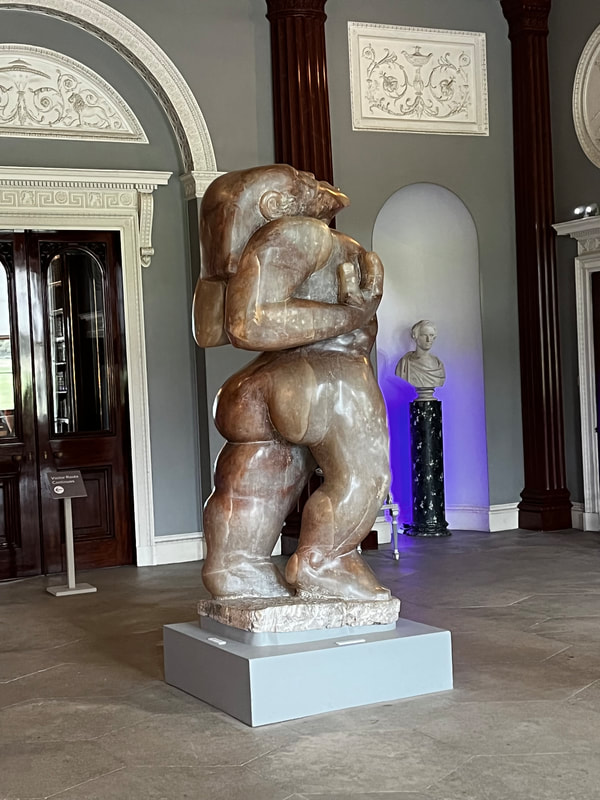
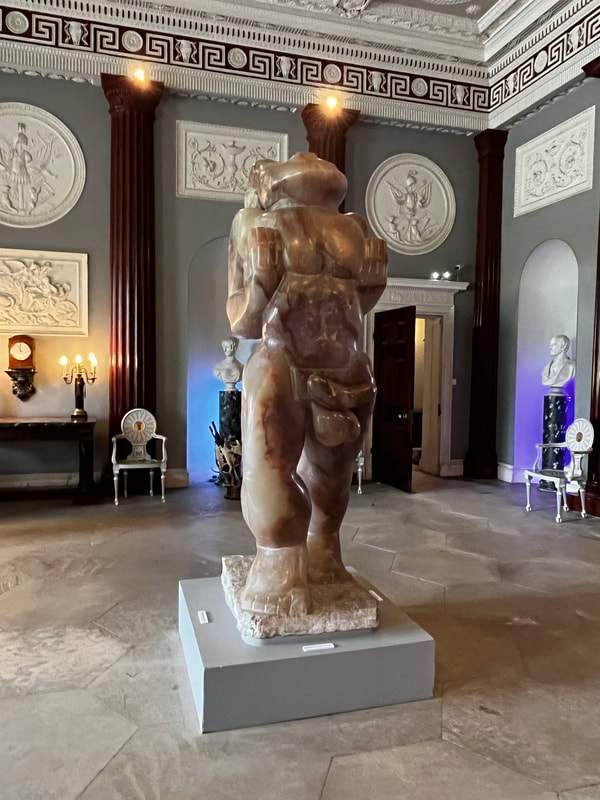


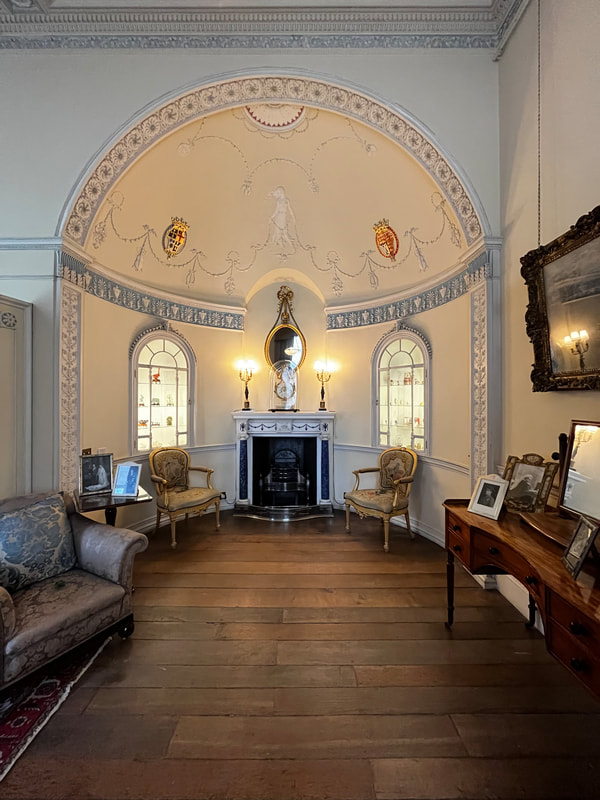
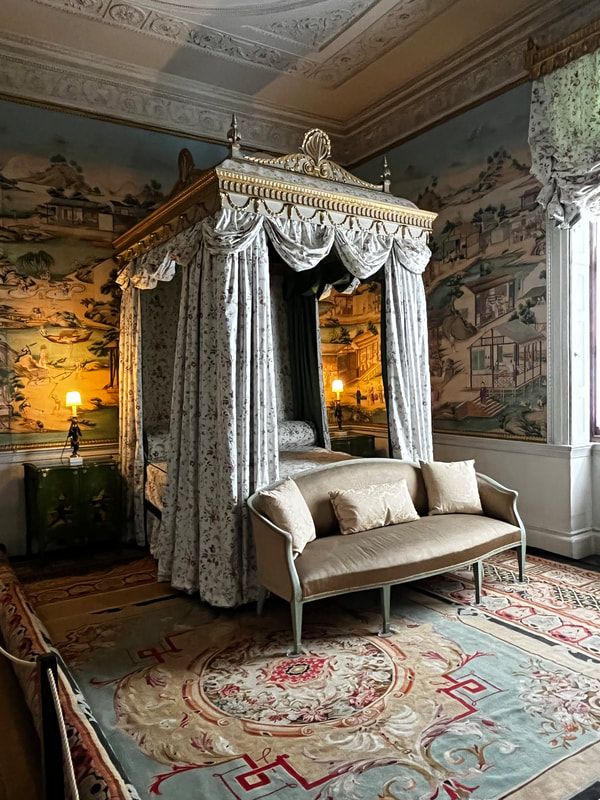
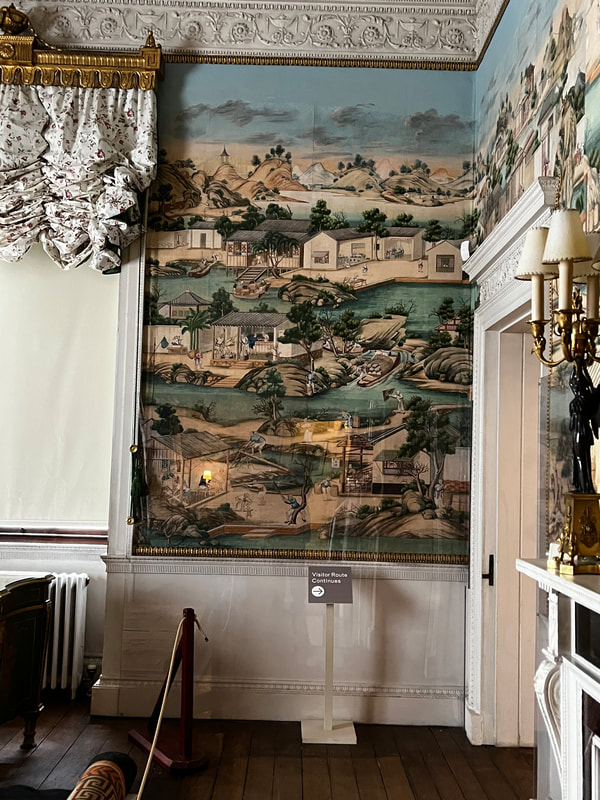
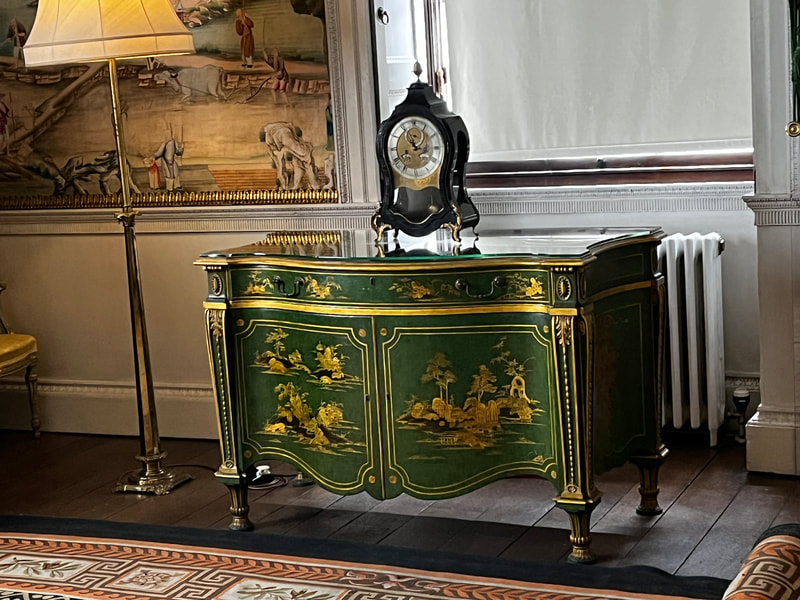
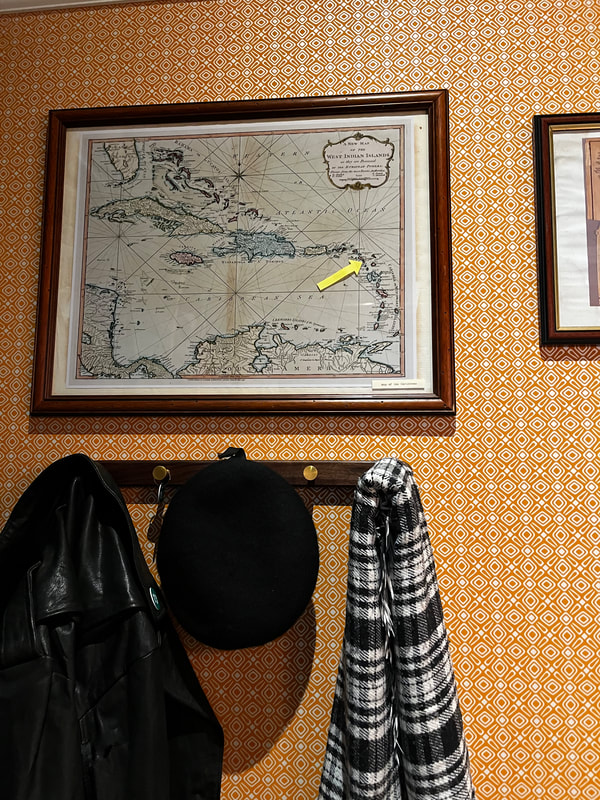
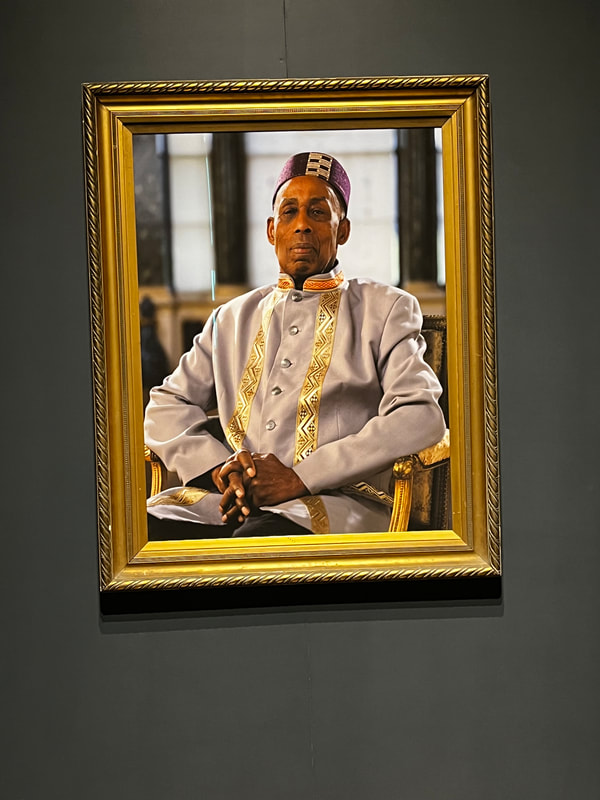
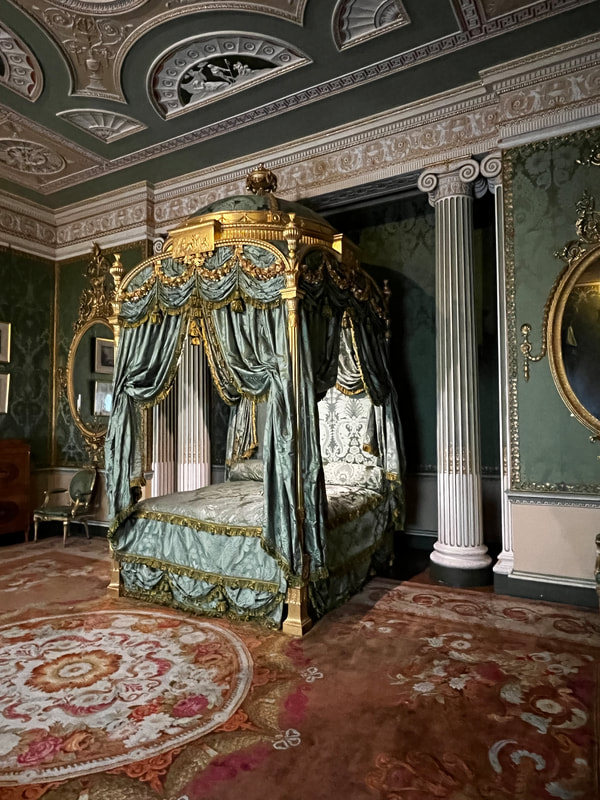
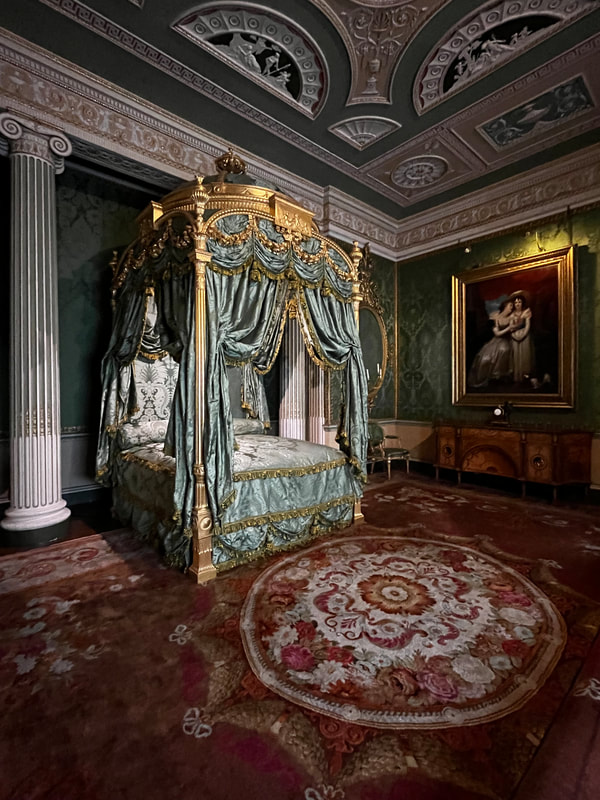
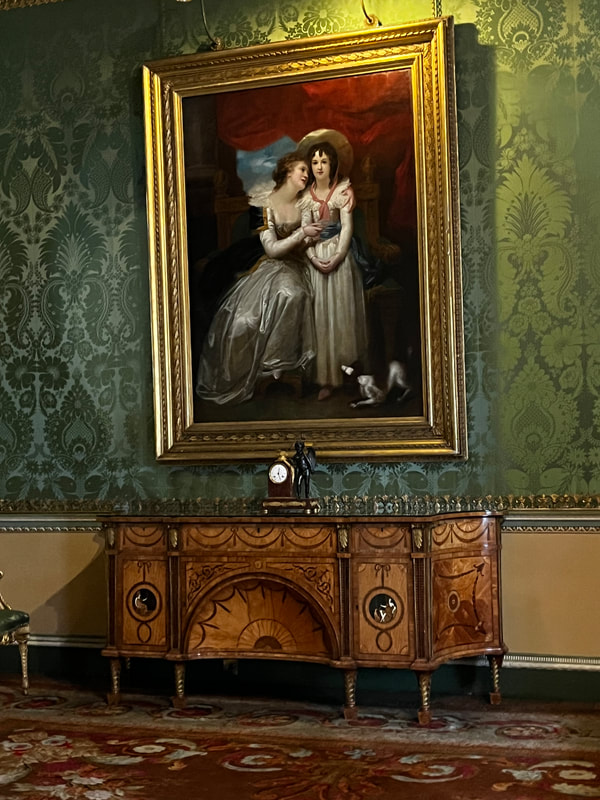
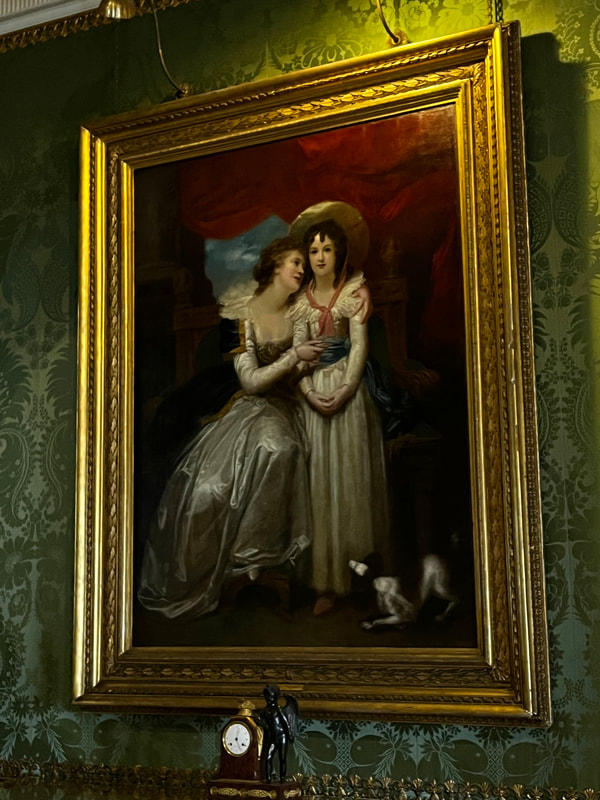
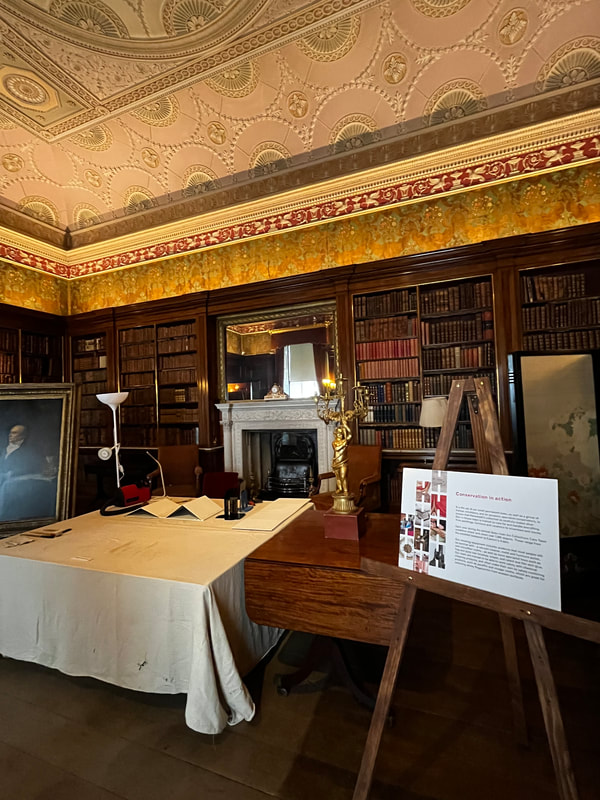
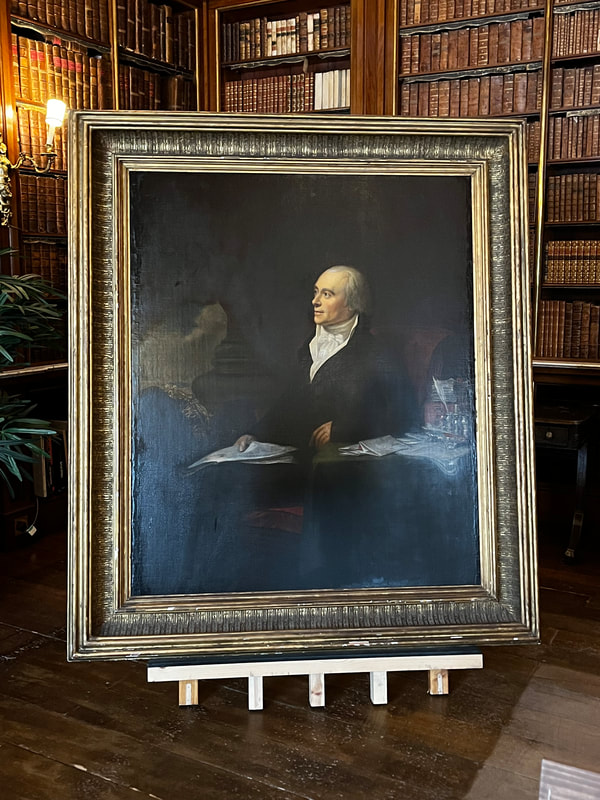
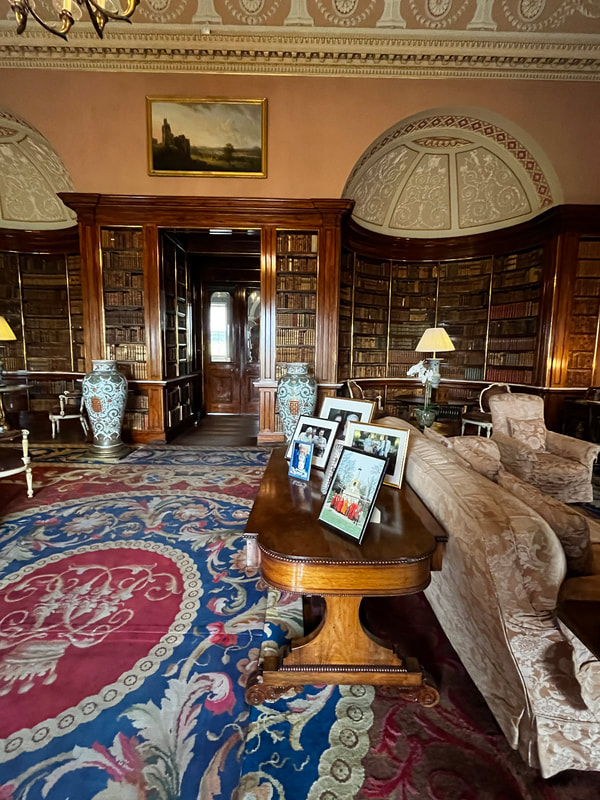
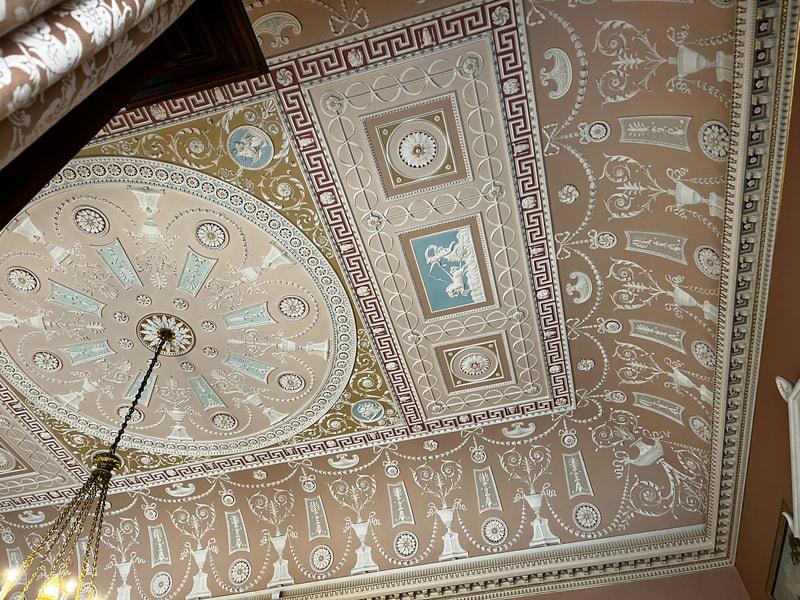
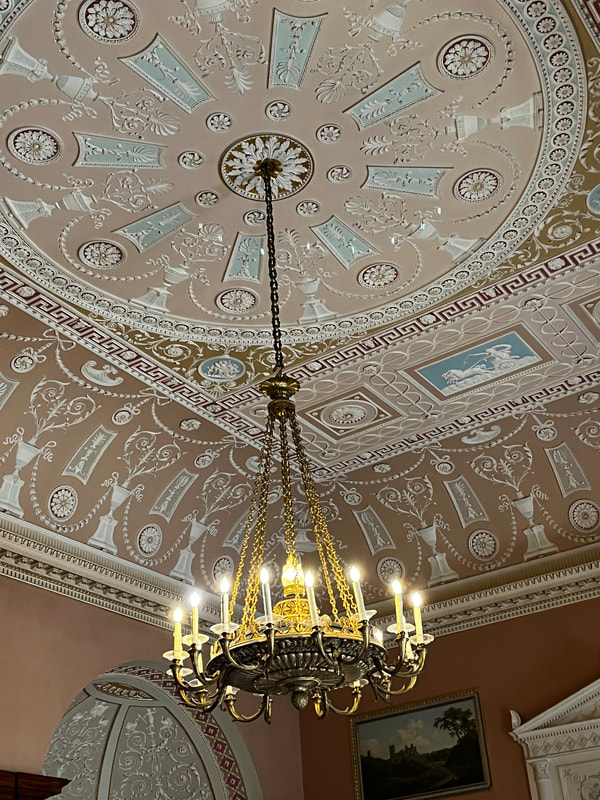
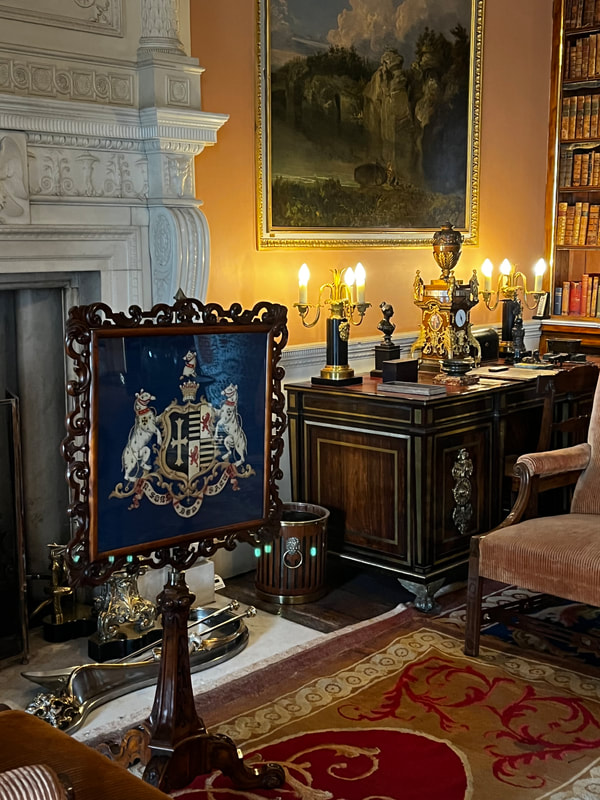
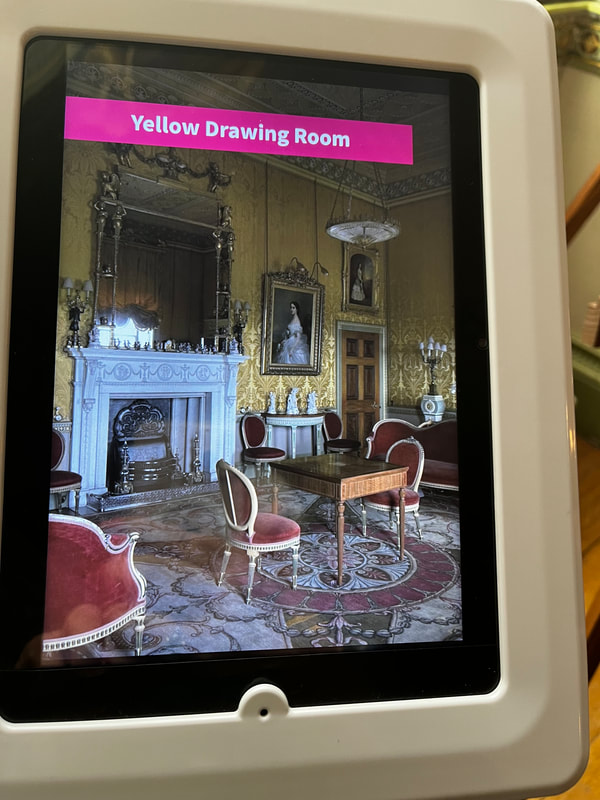
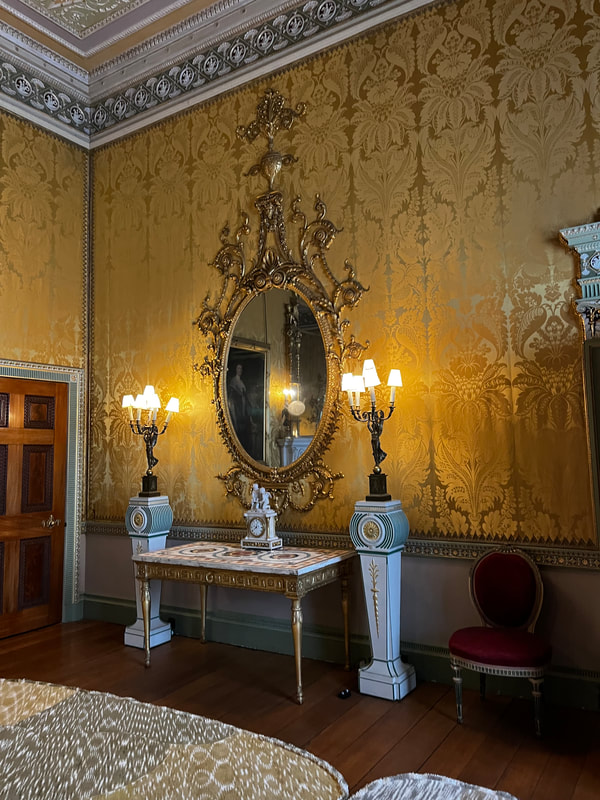
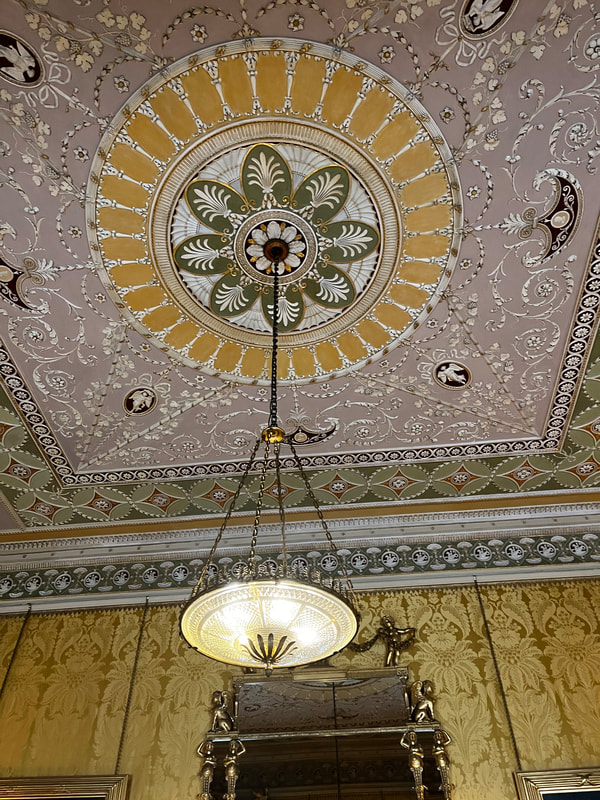
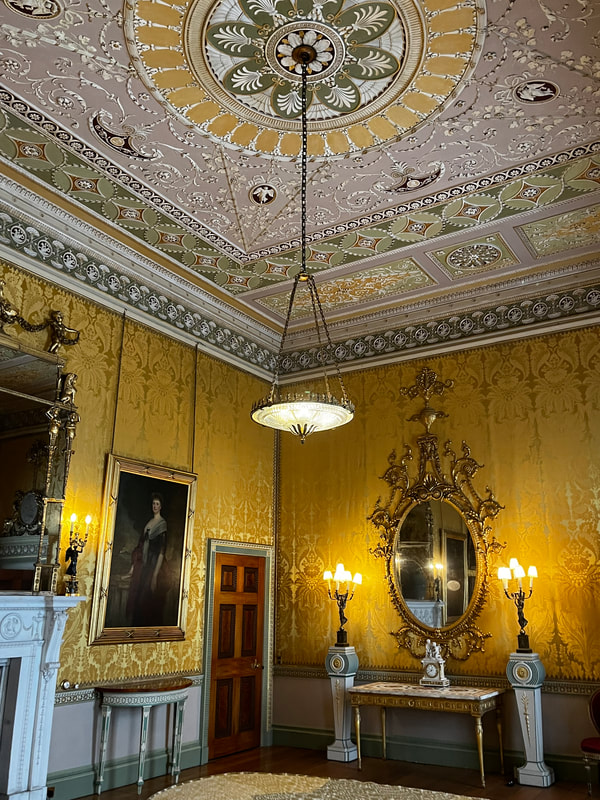
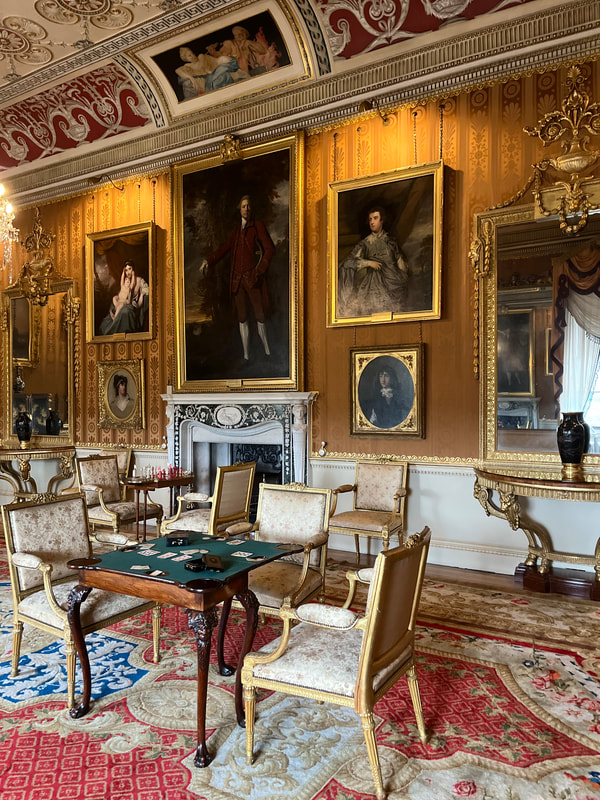

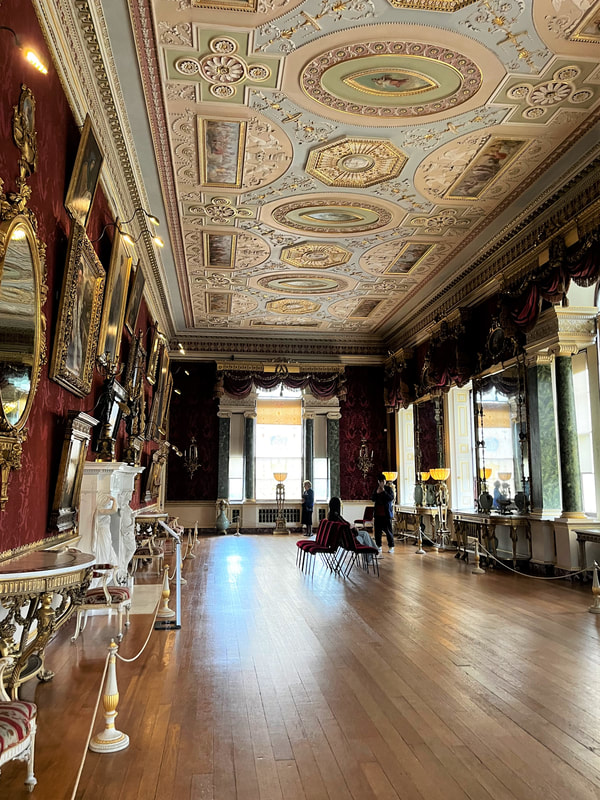
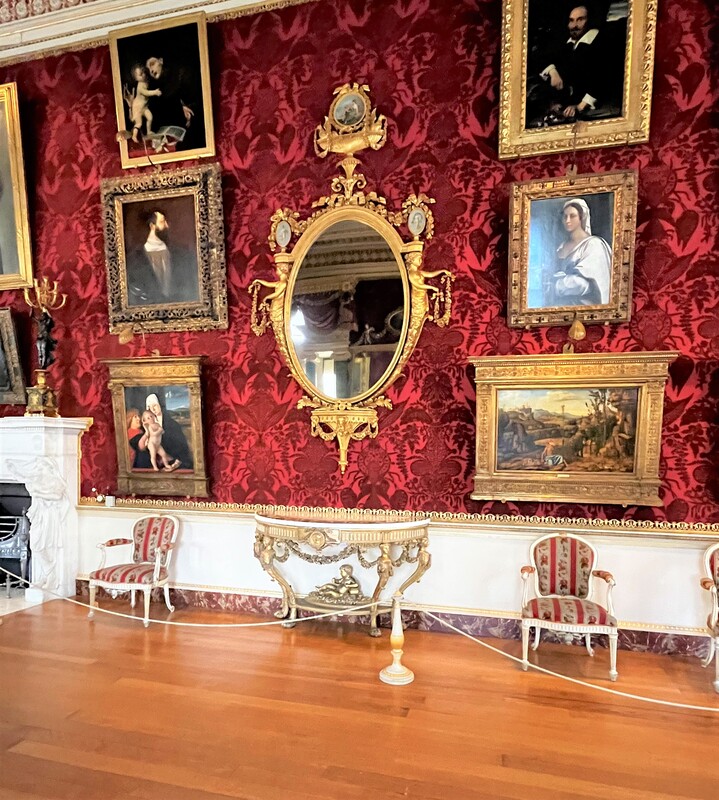
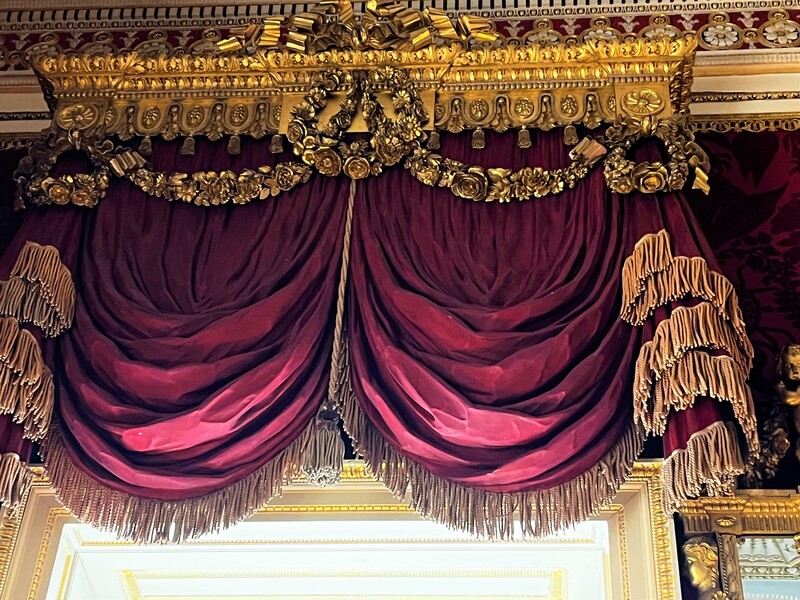
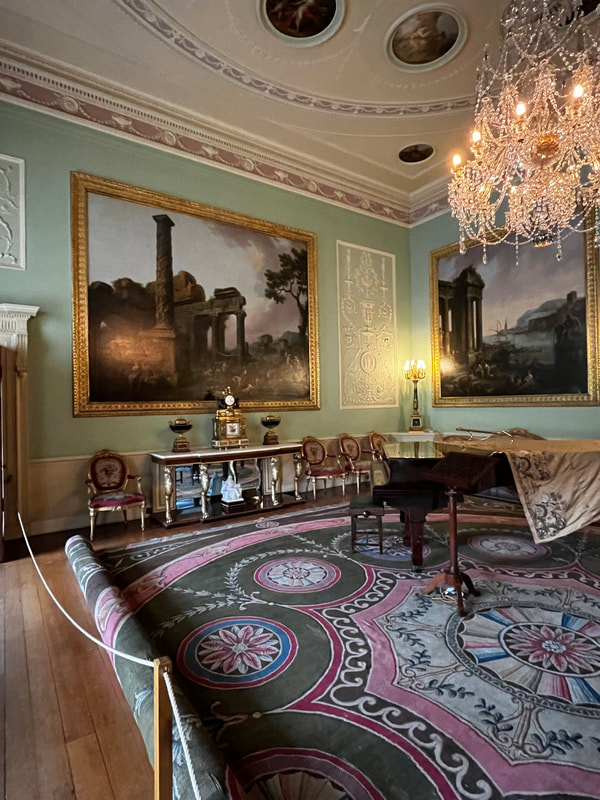
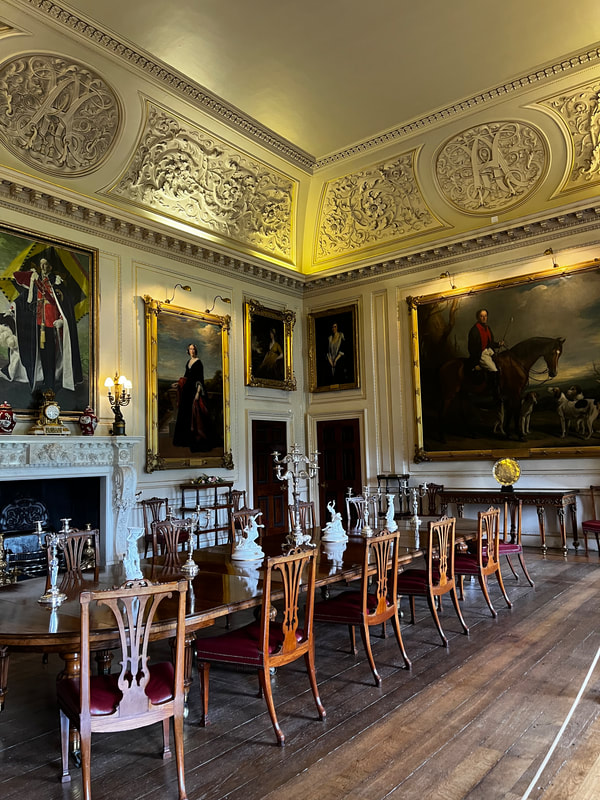
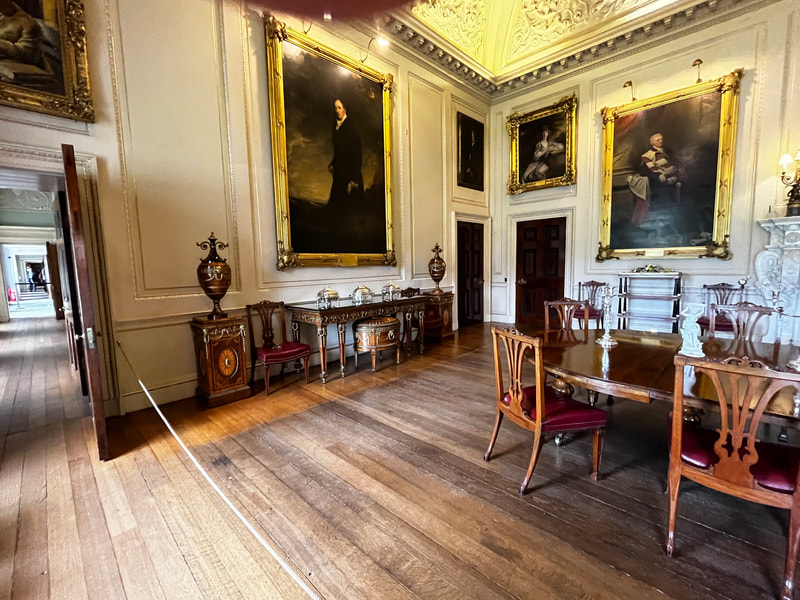
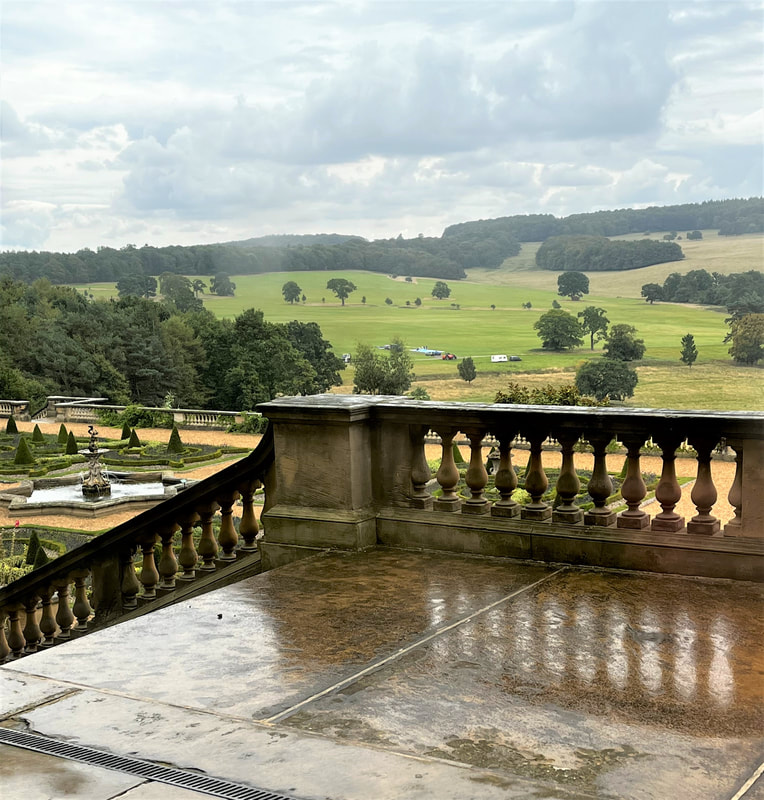
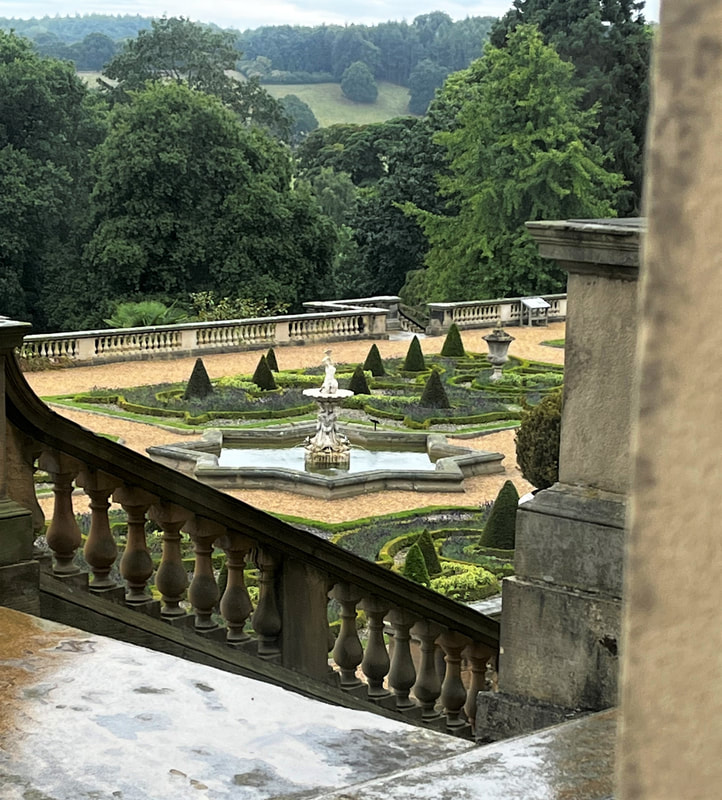
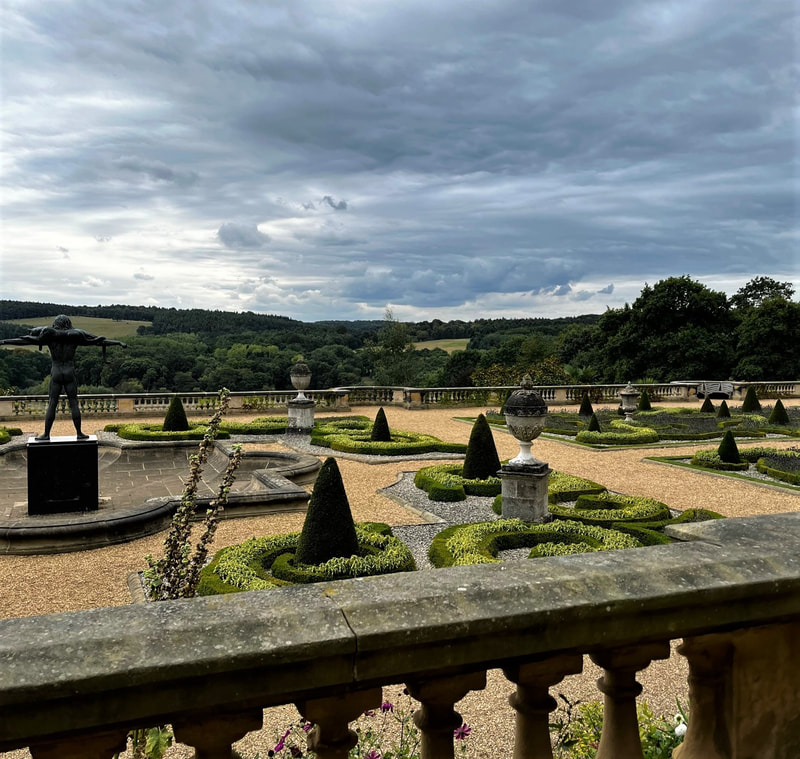
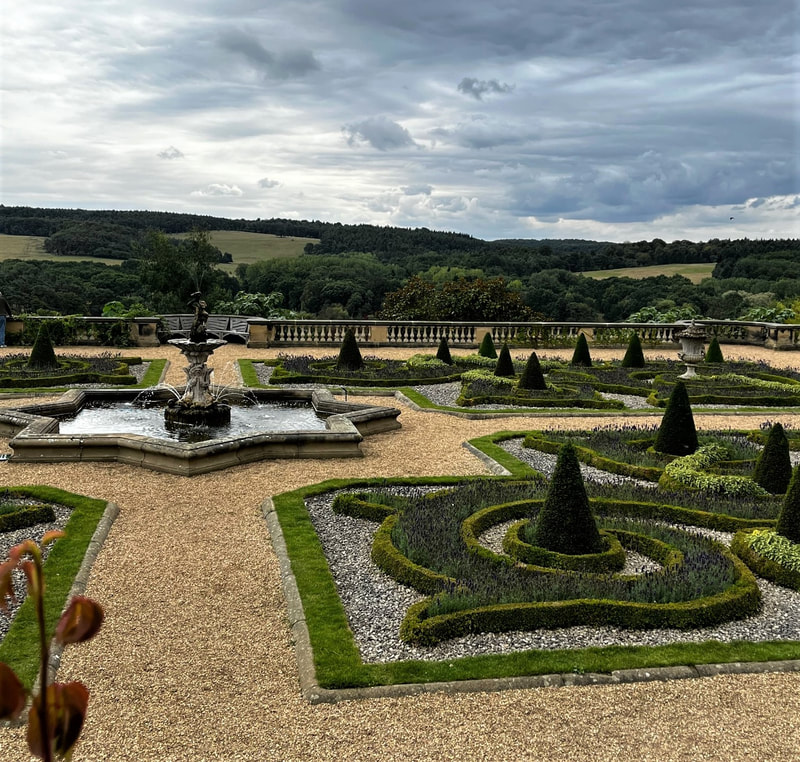
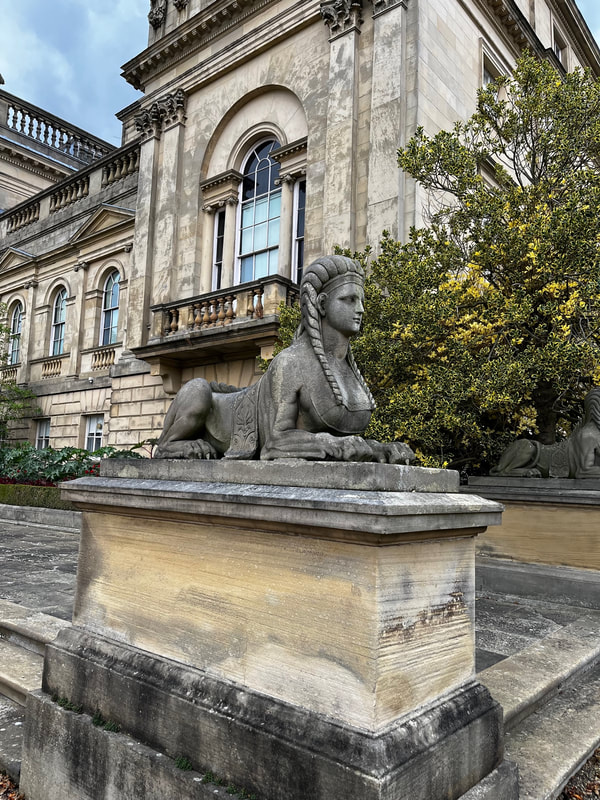

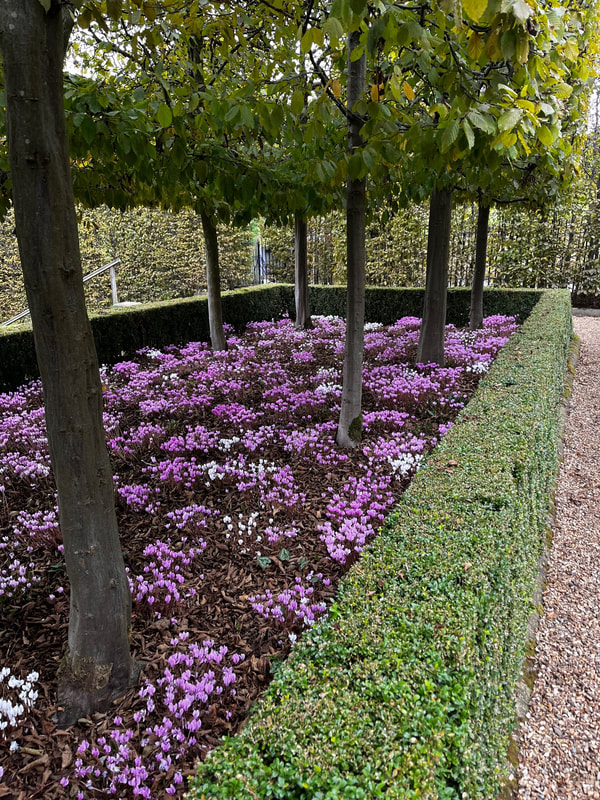
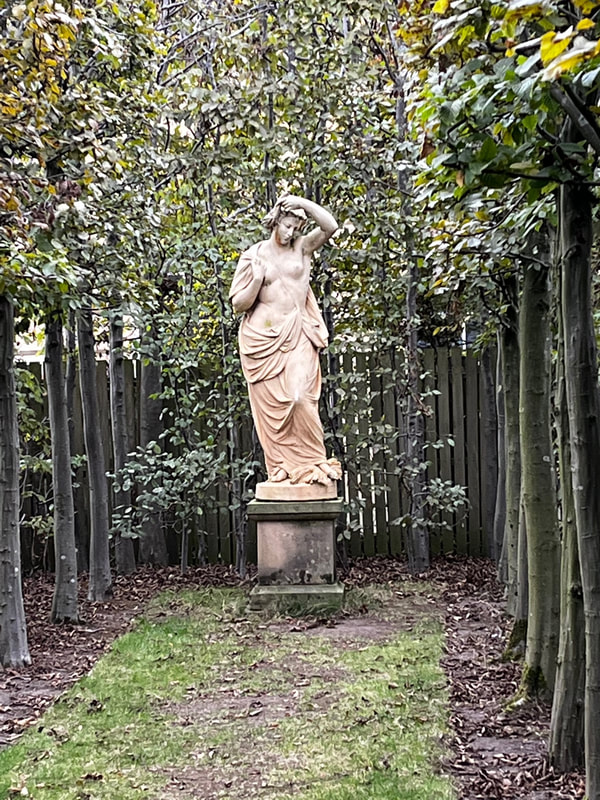
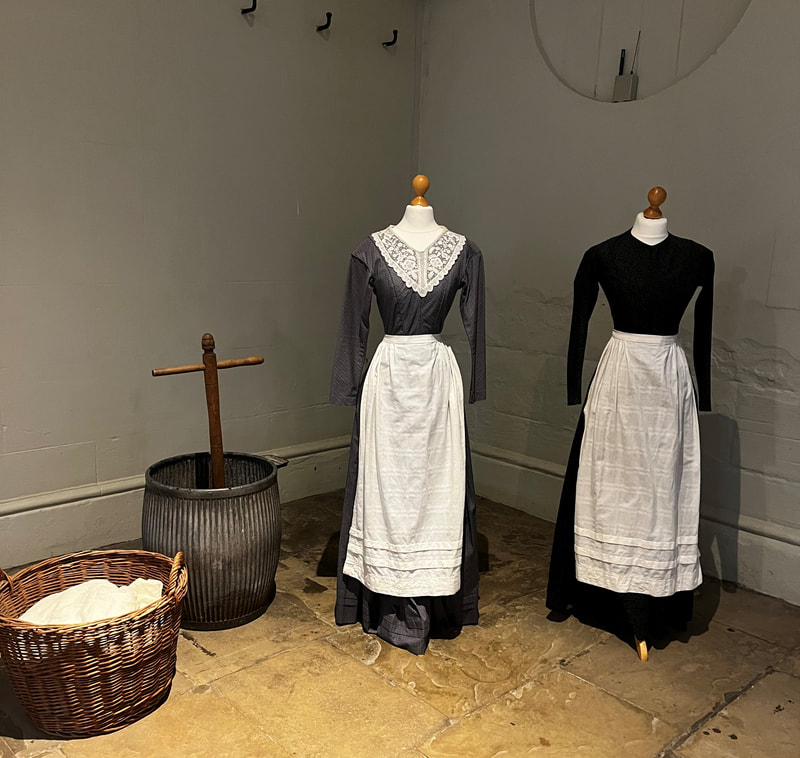
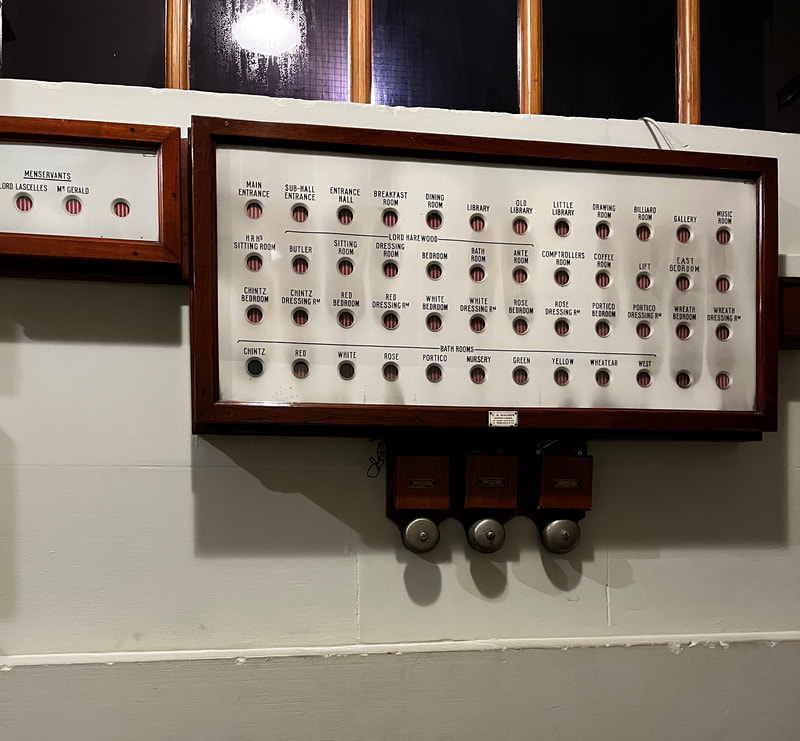

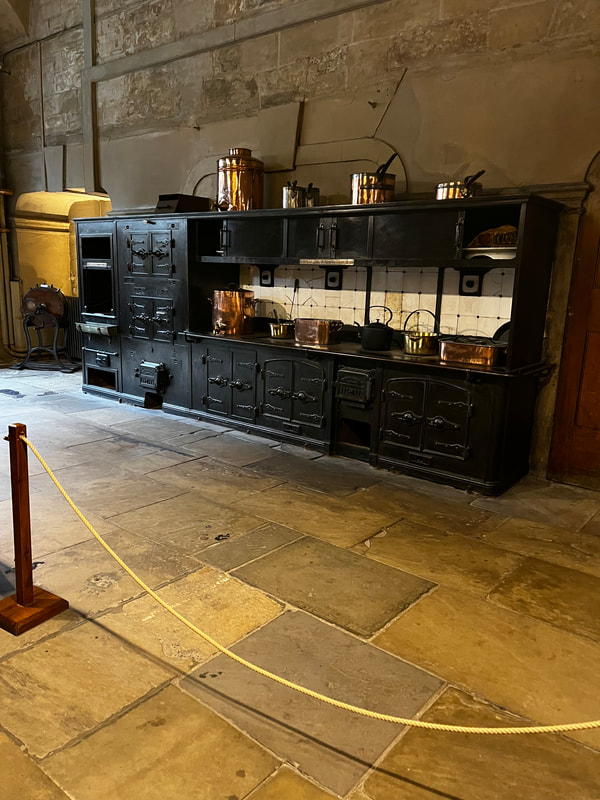
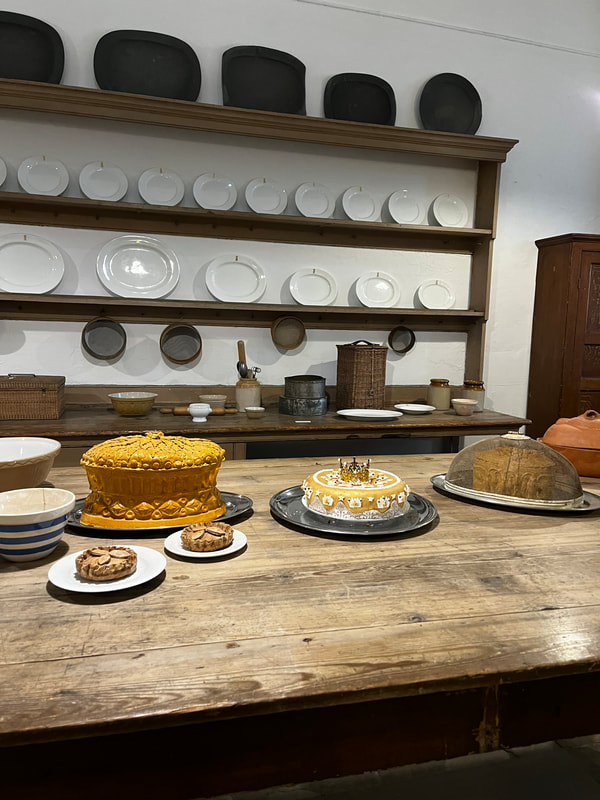
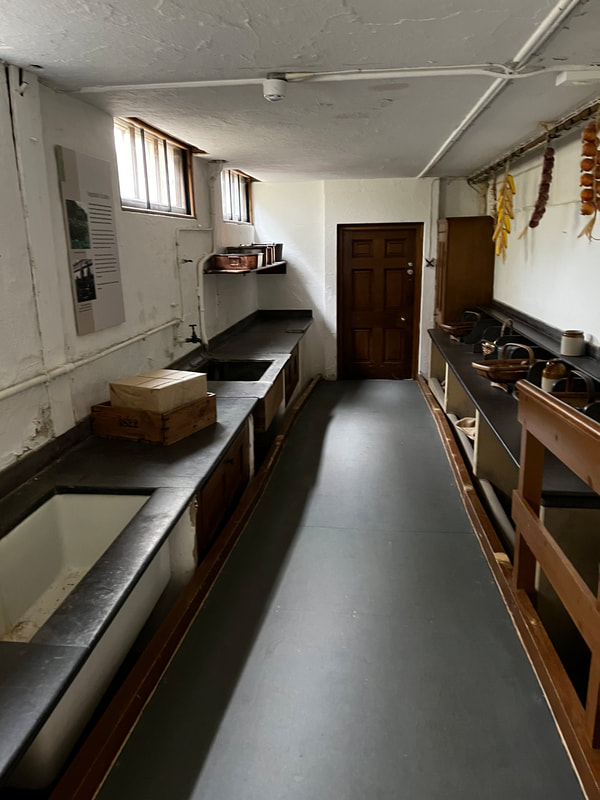
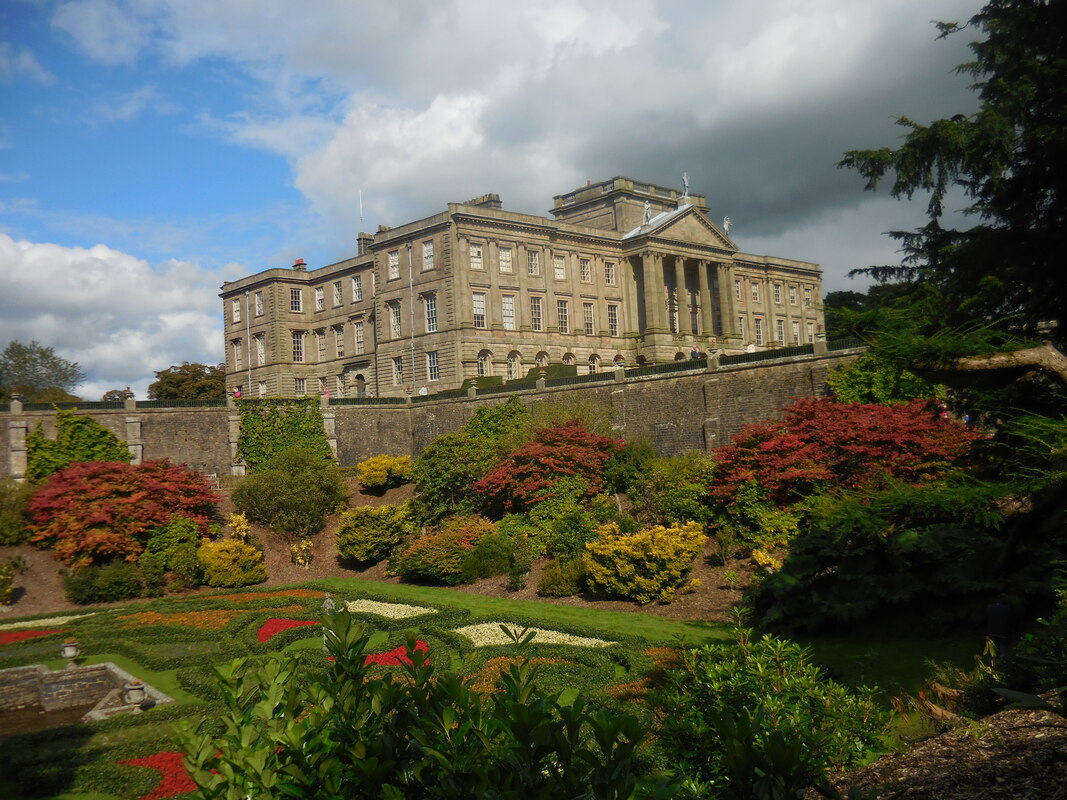
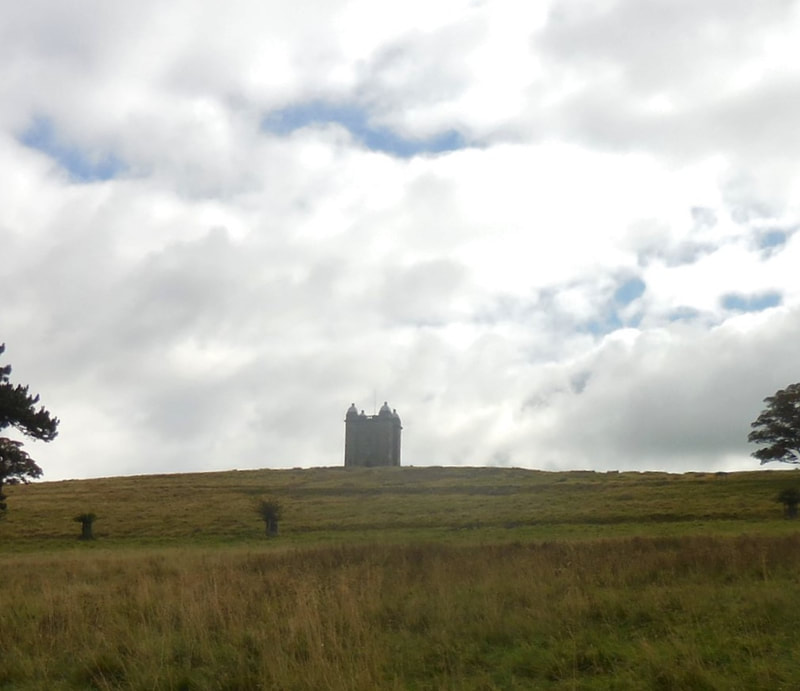
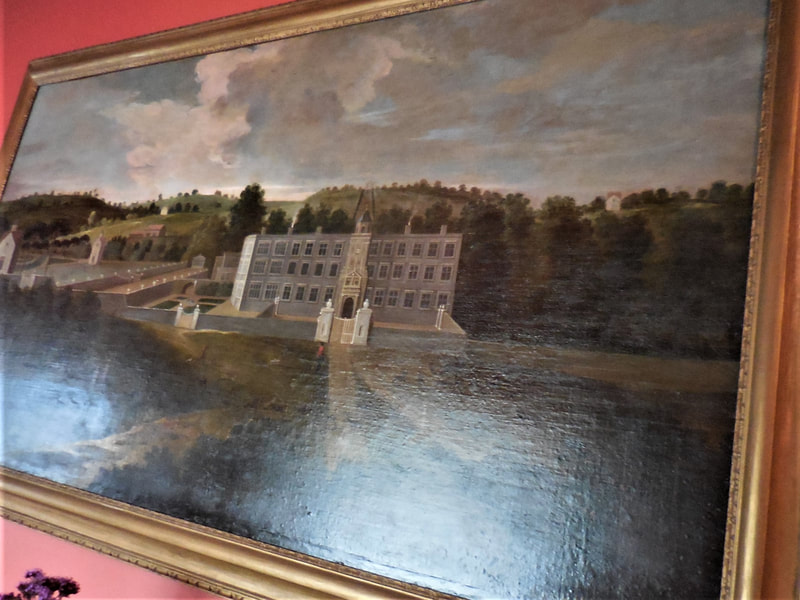
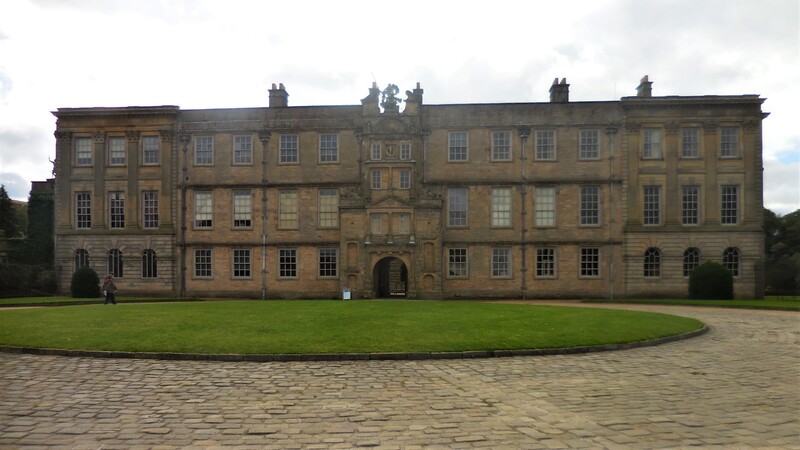
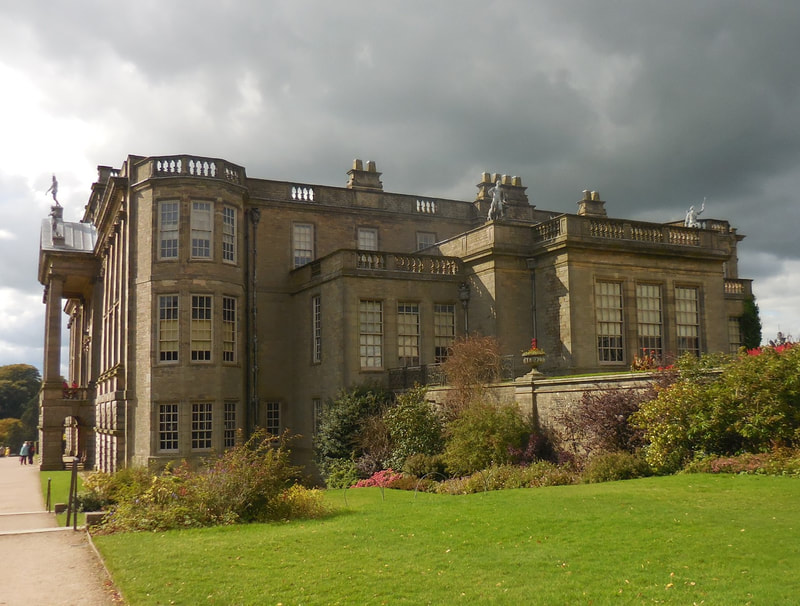
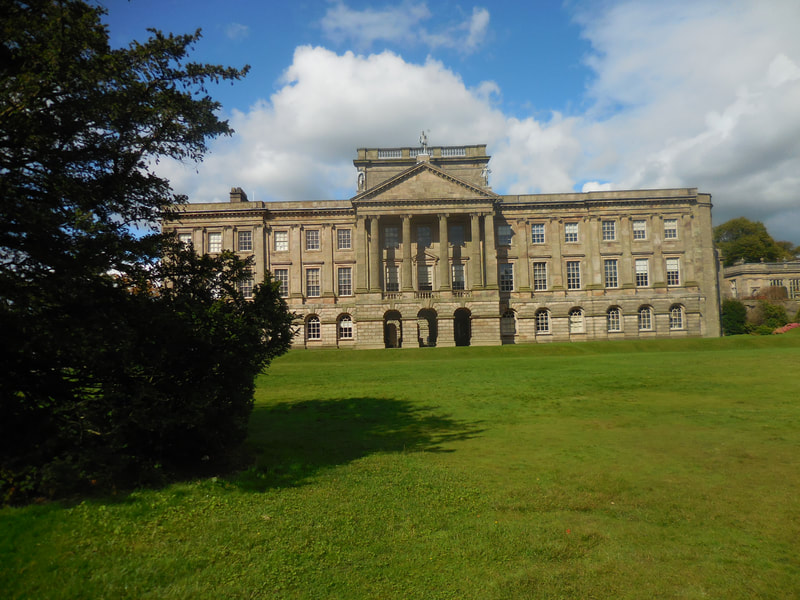
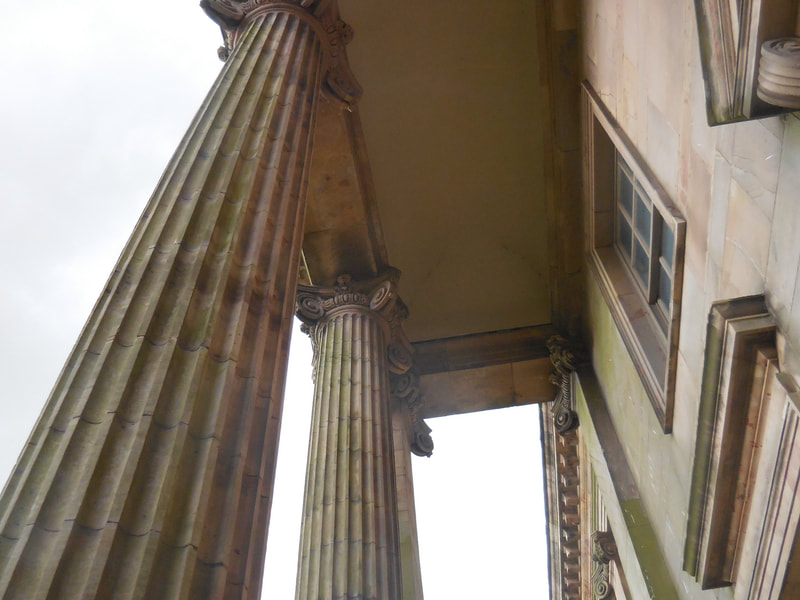
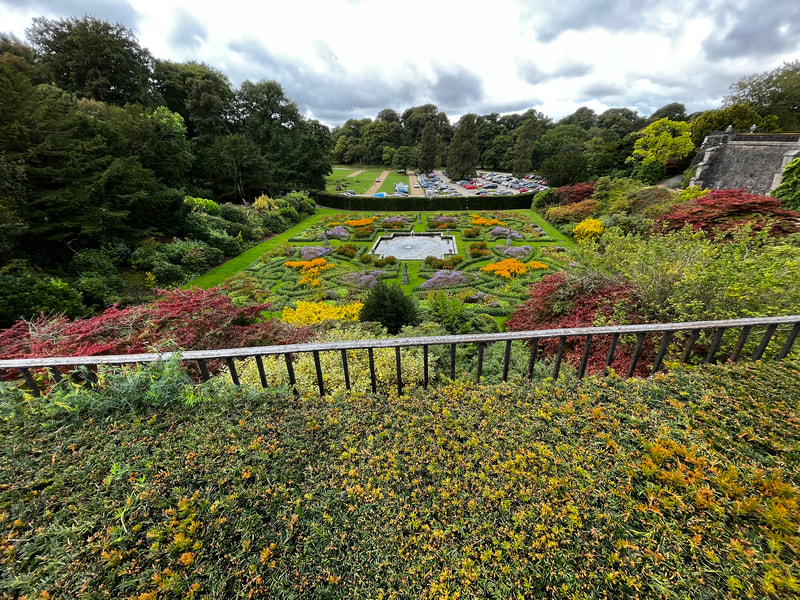
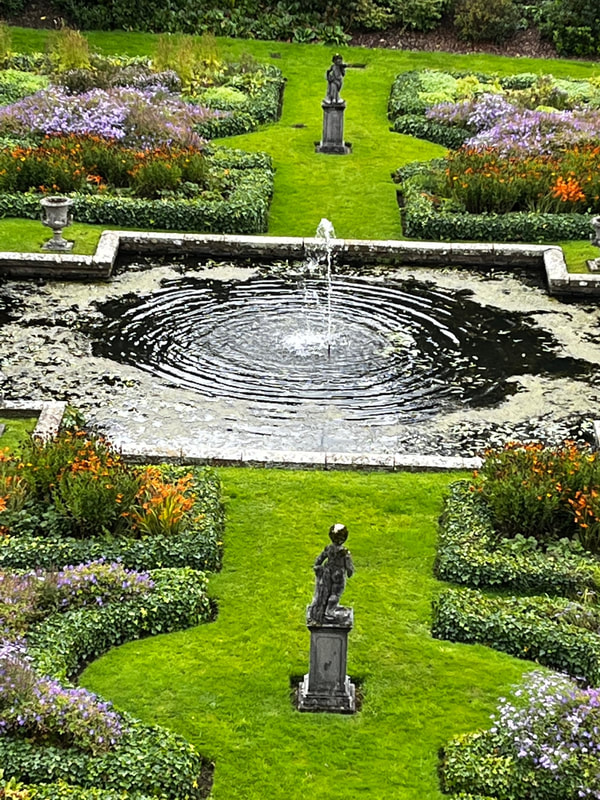
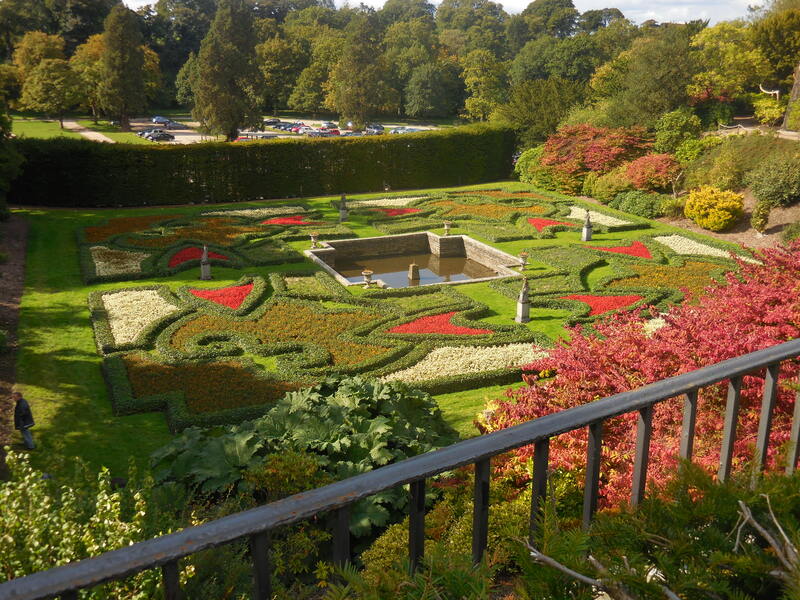
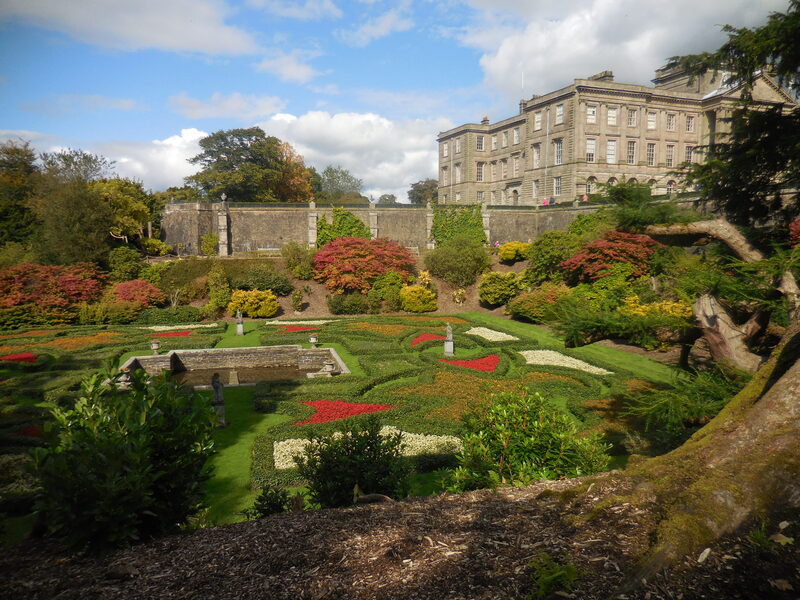
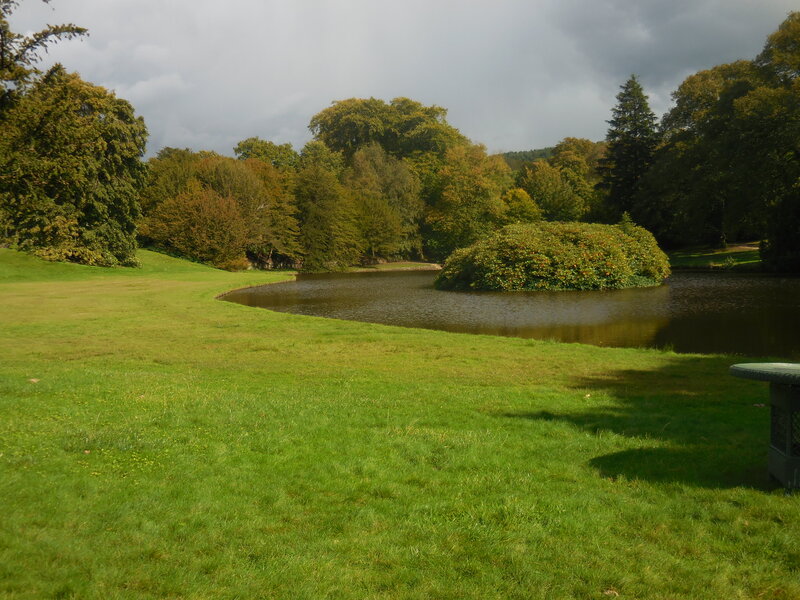


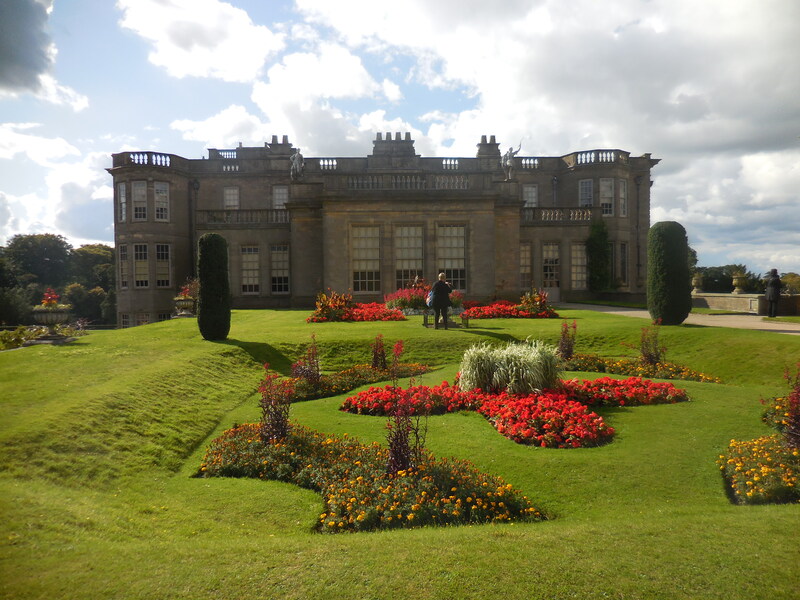
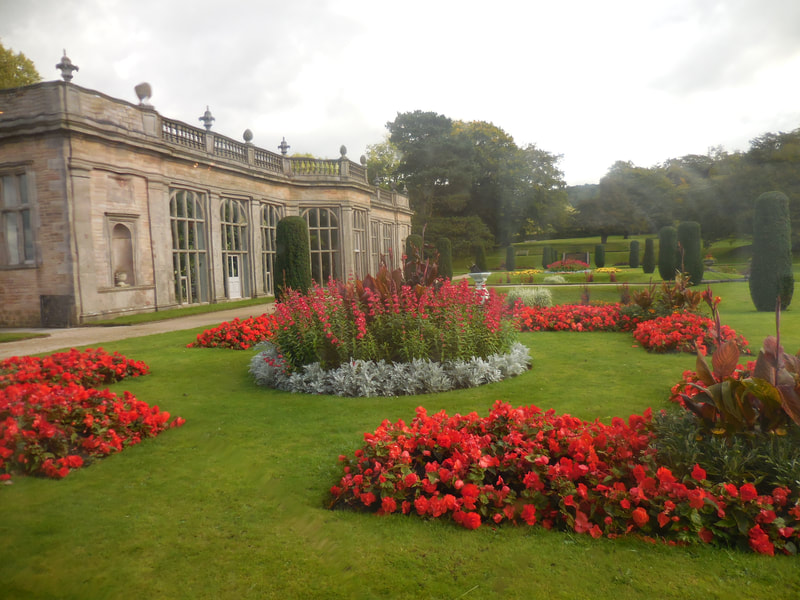
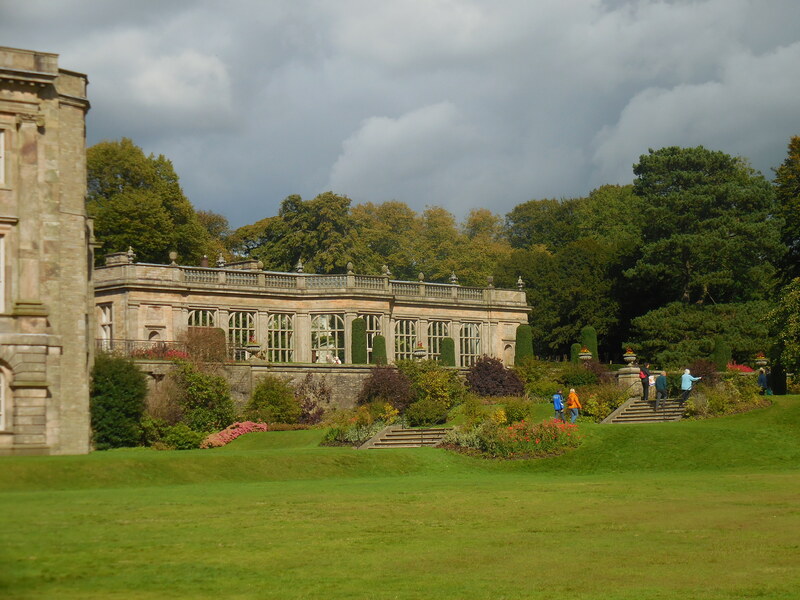
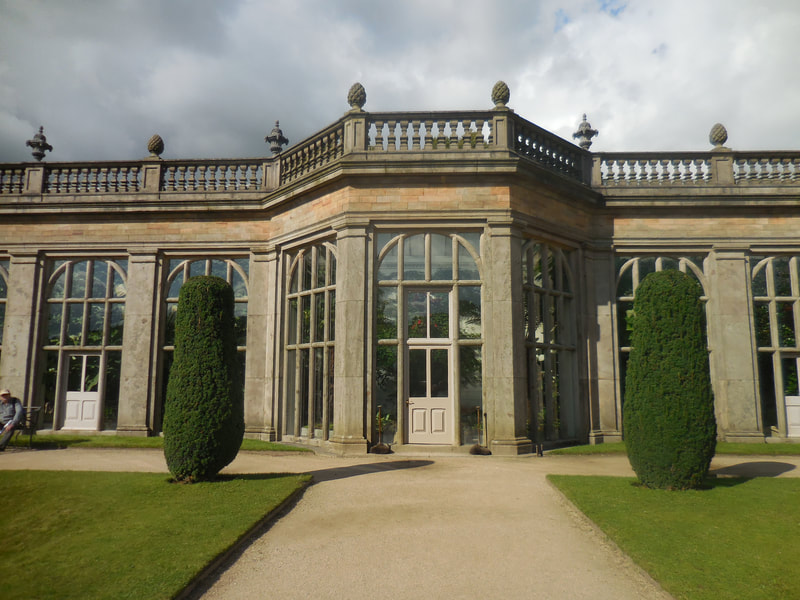
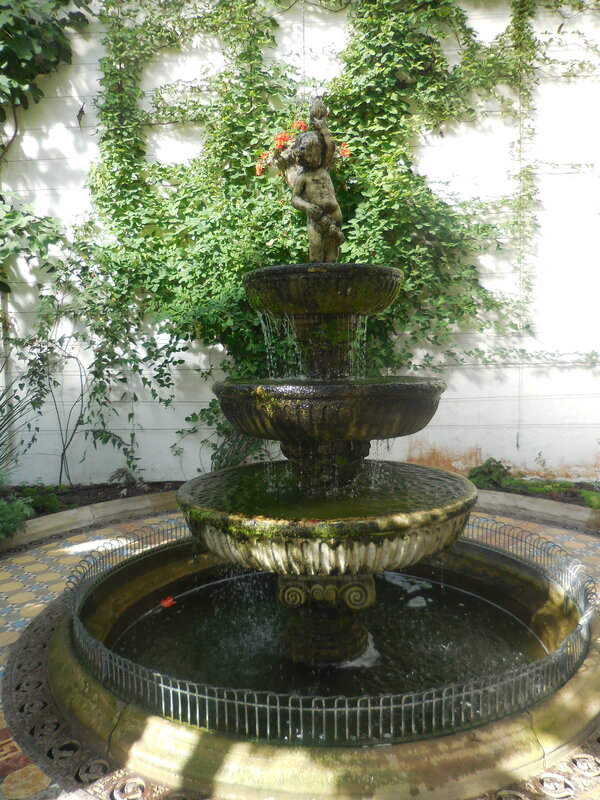
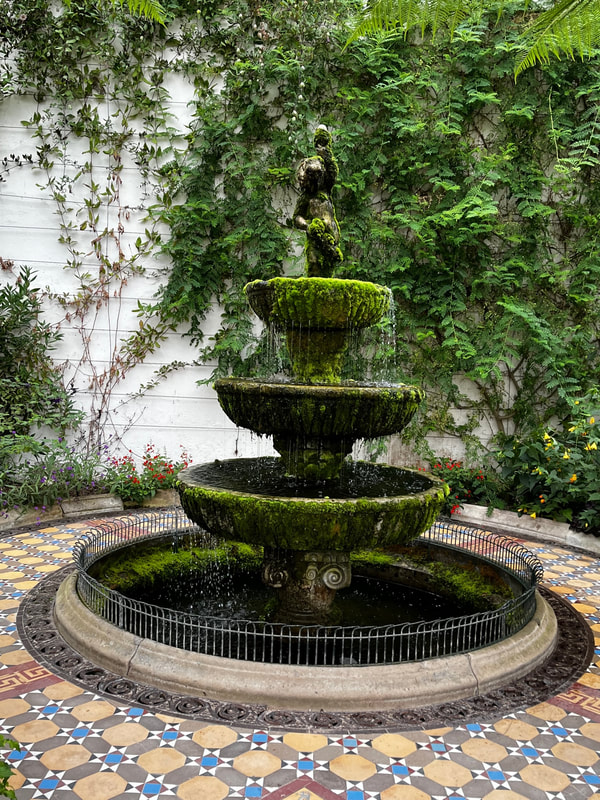
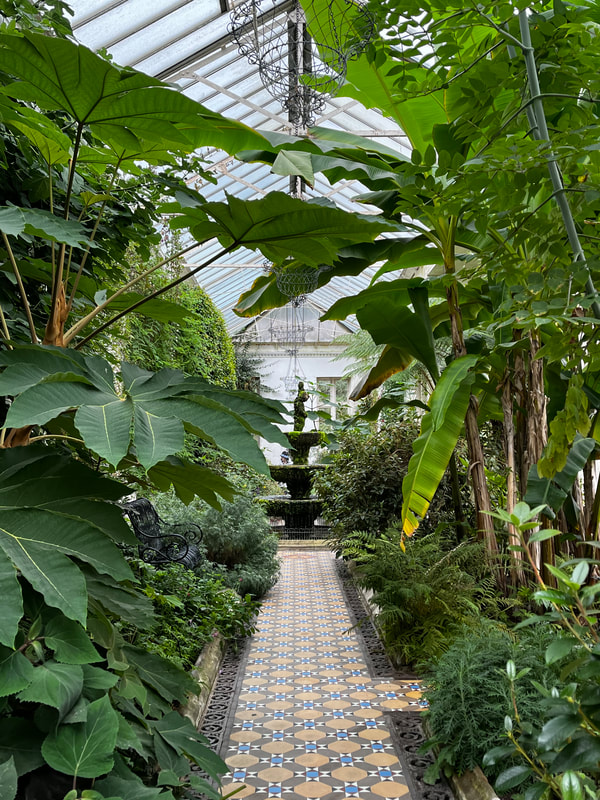
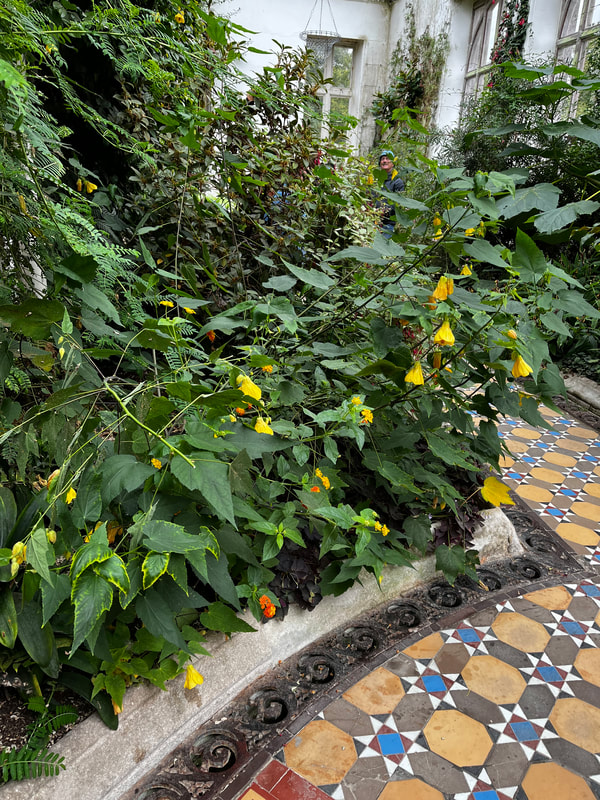
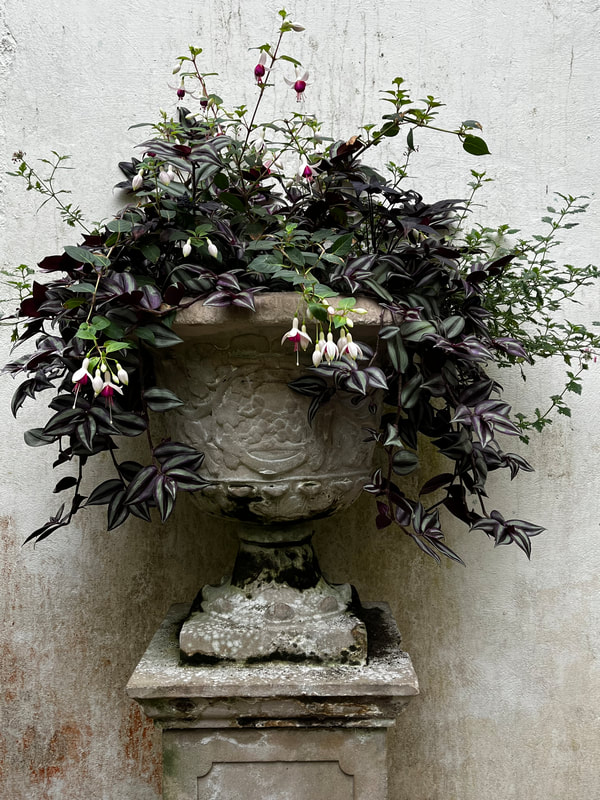
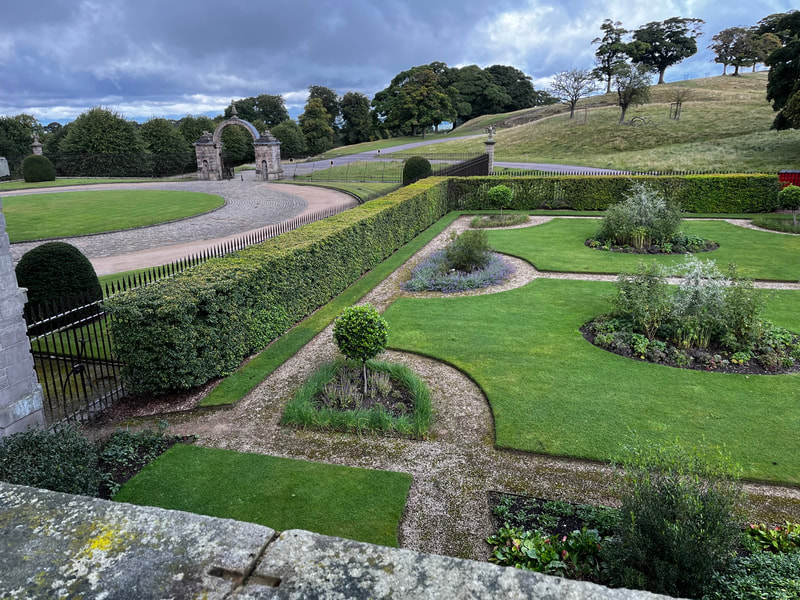

 RSS Feed
RSS Feed